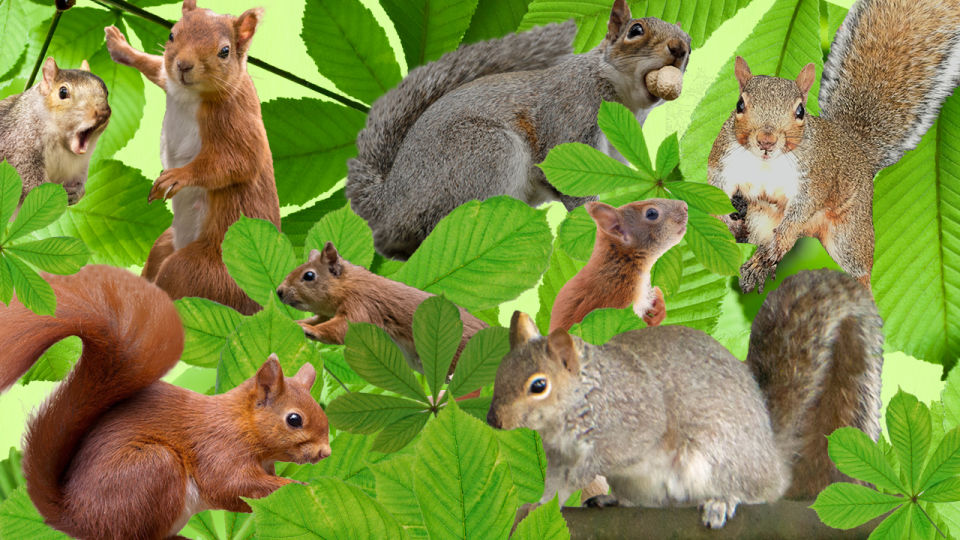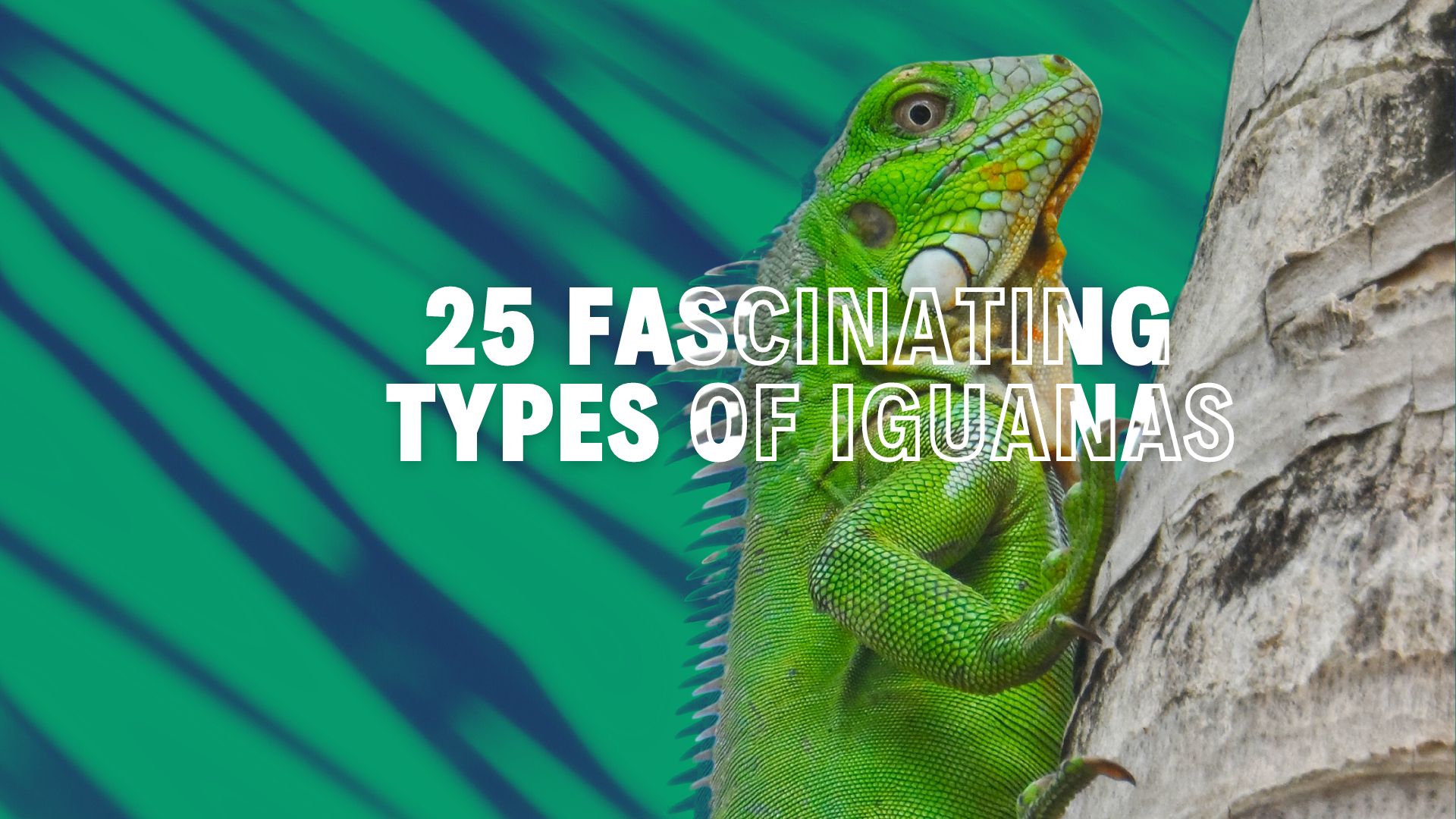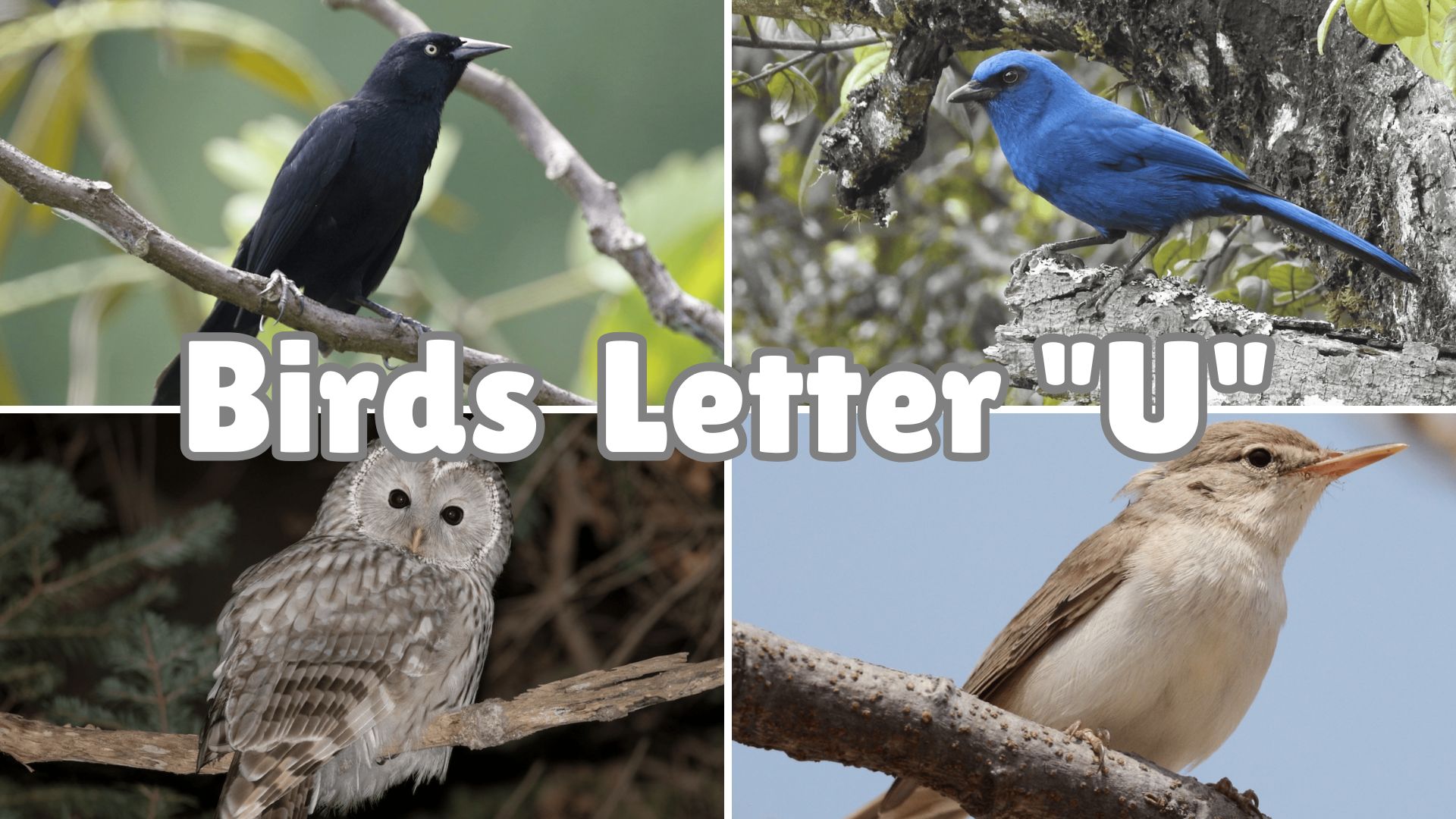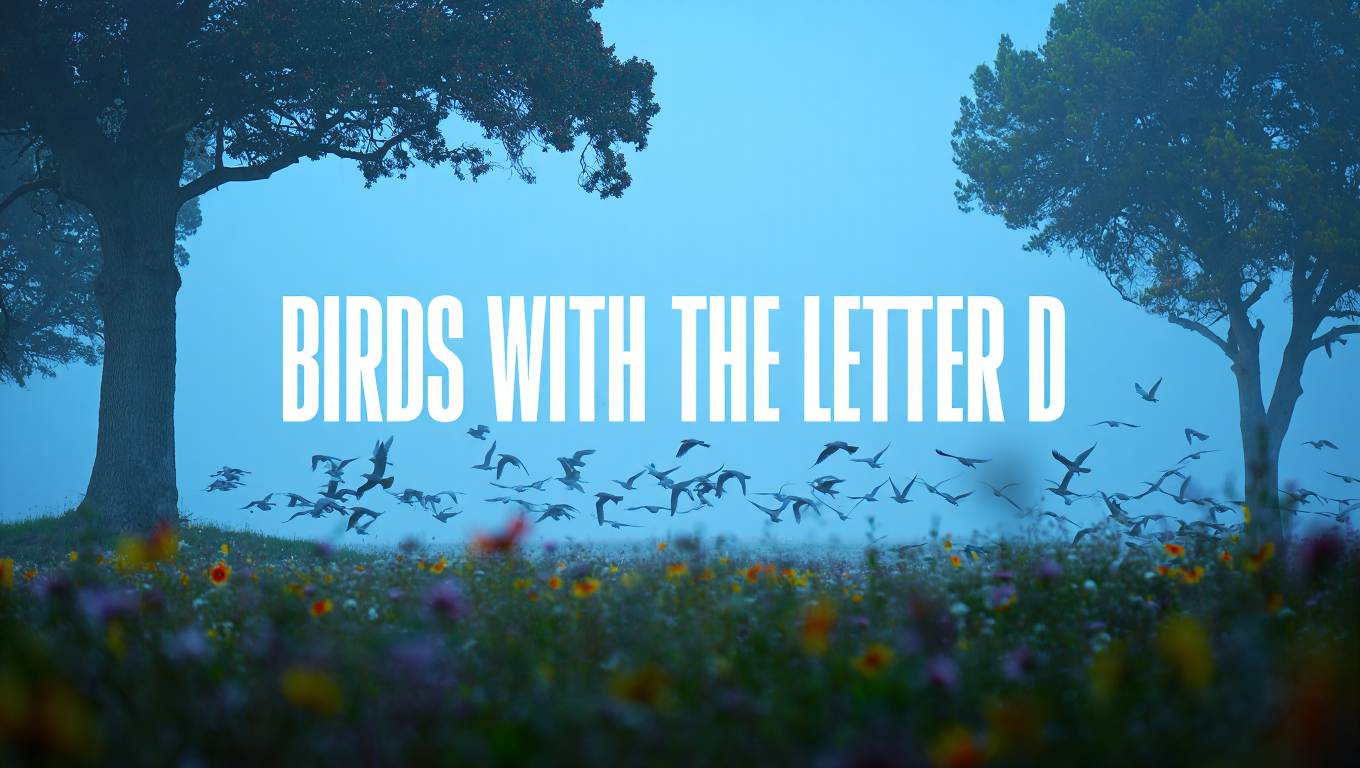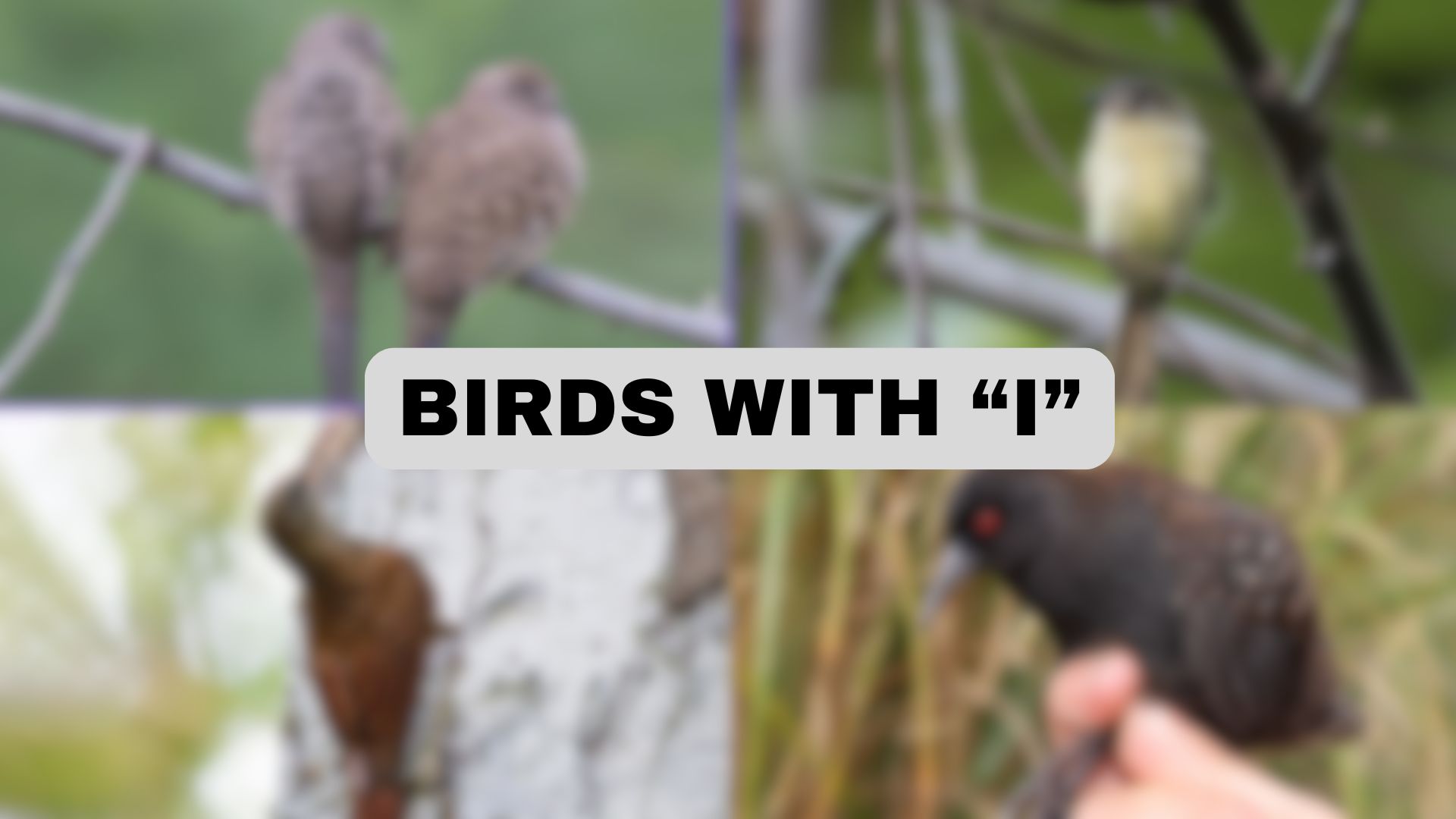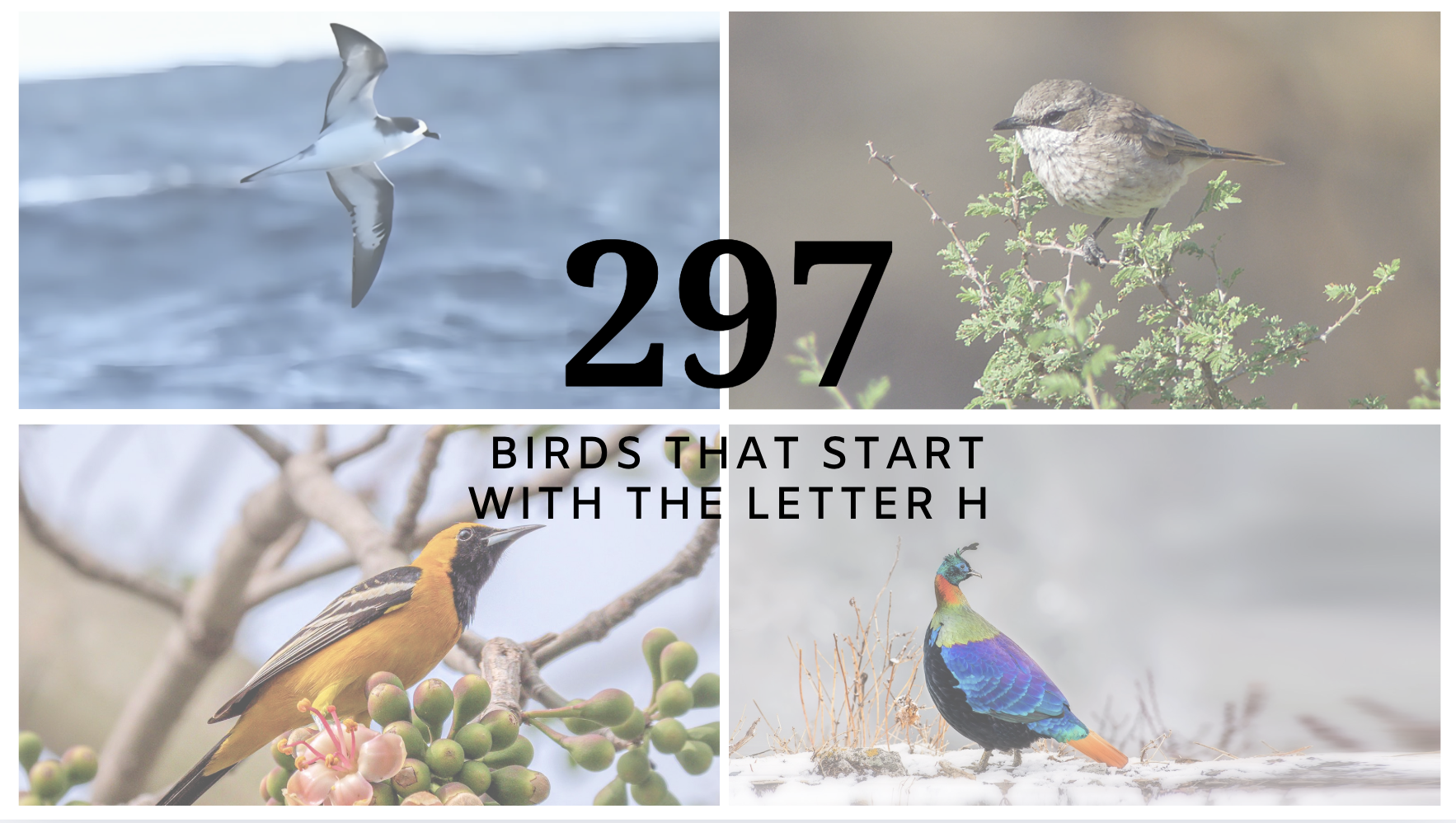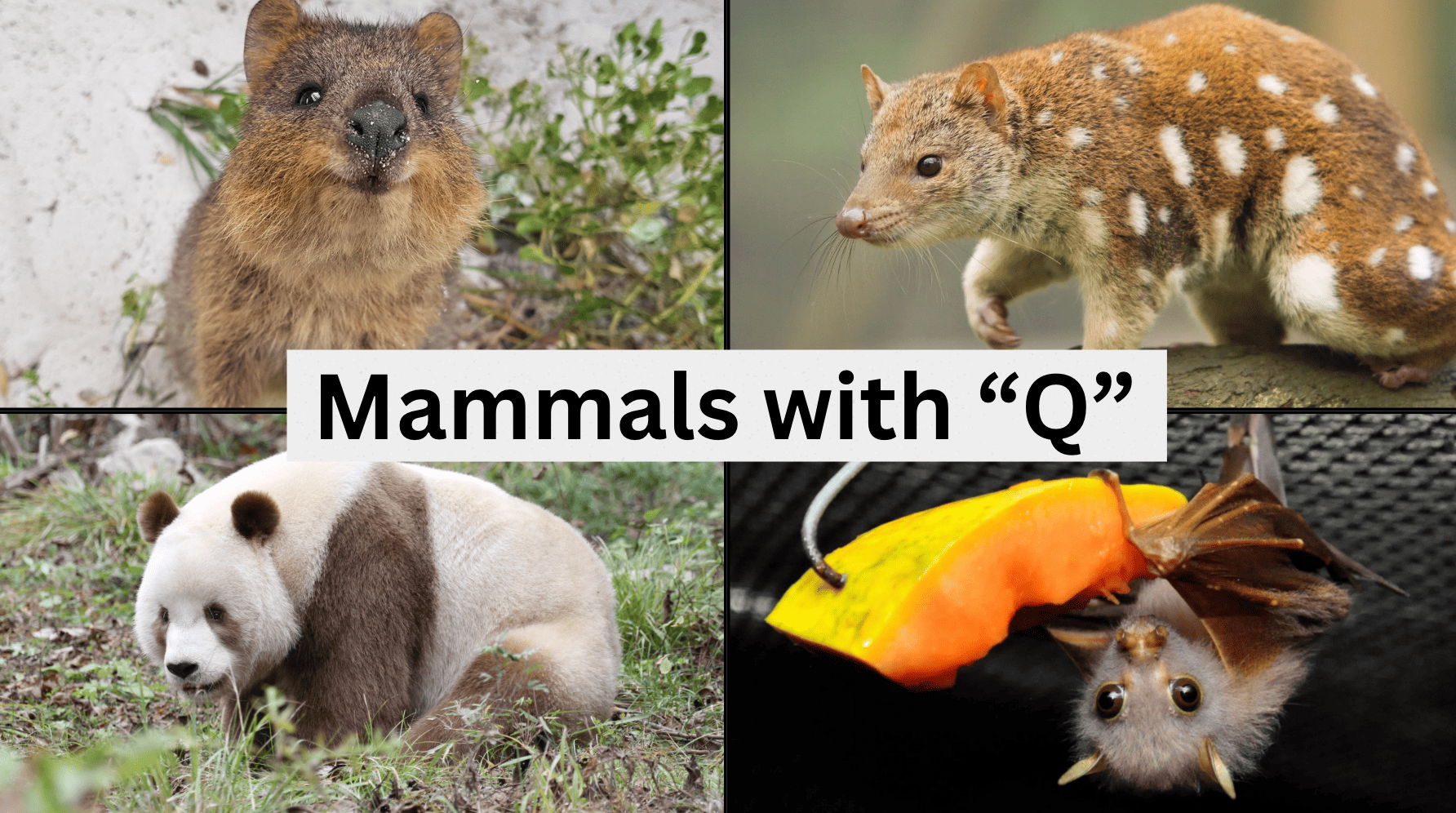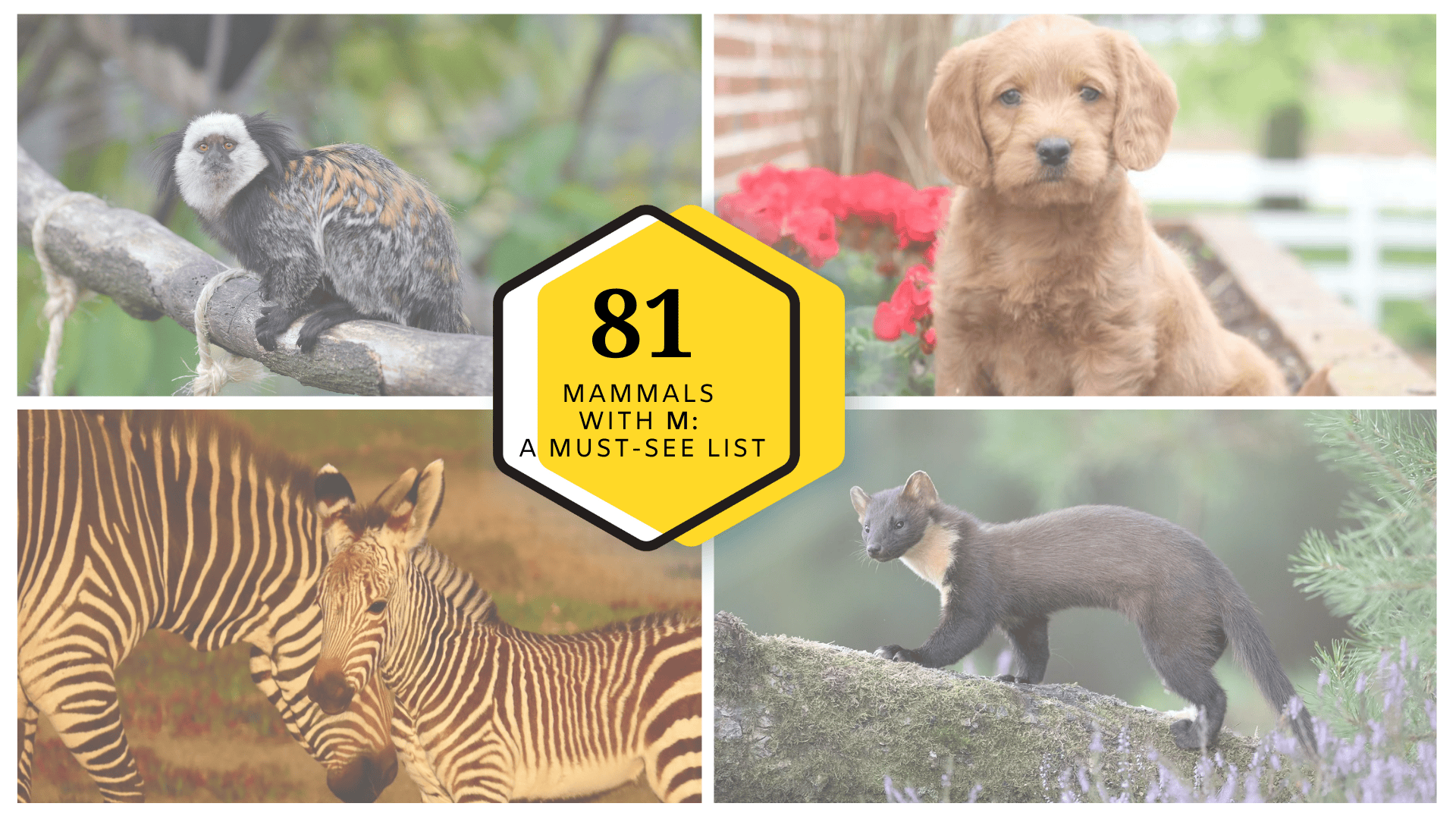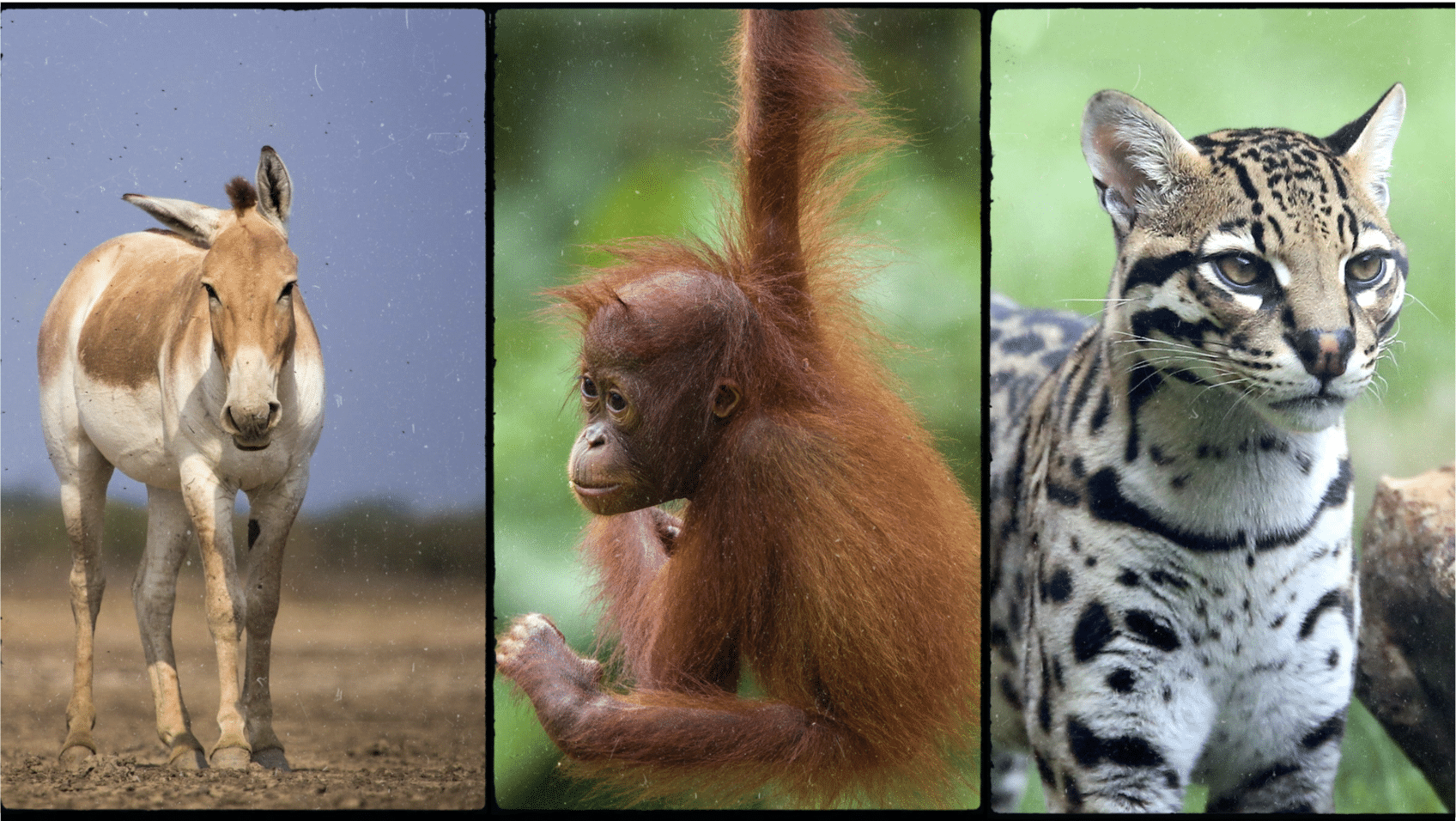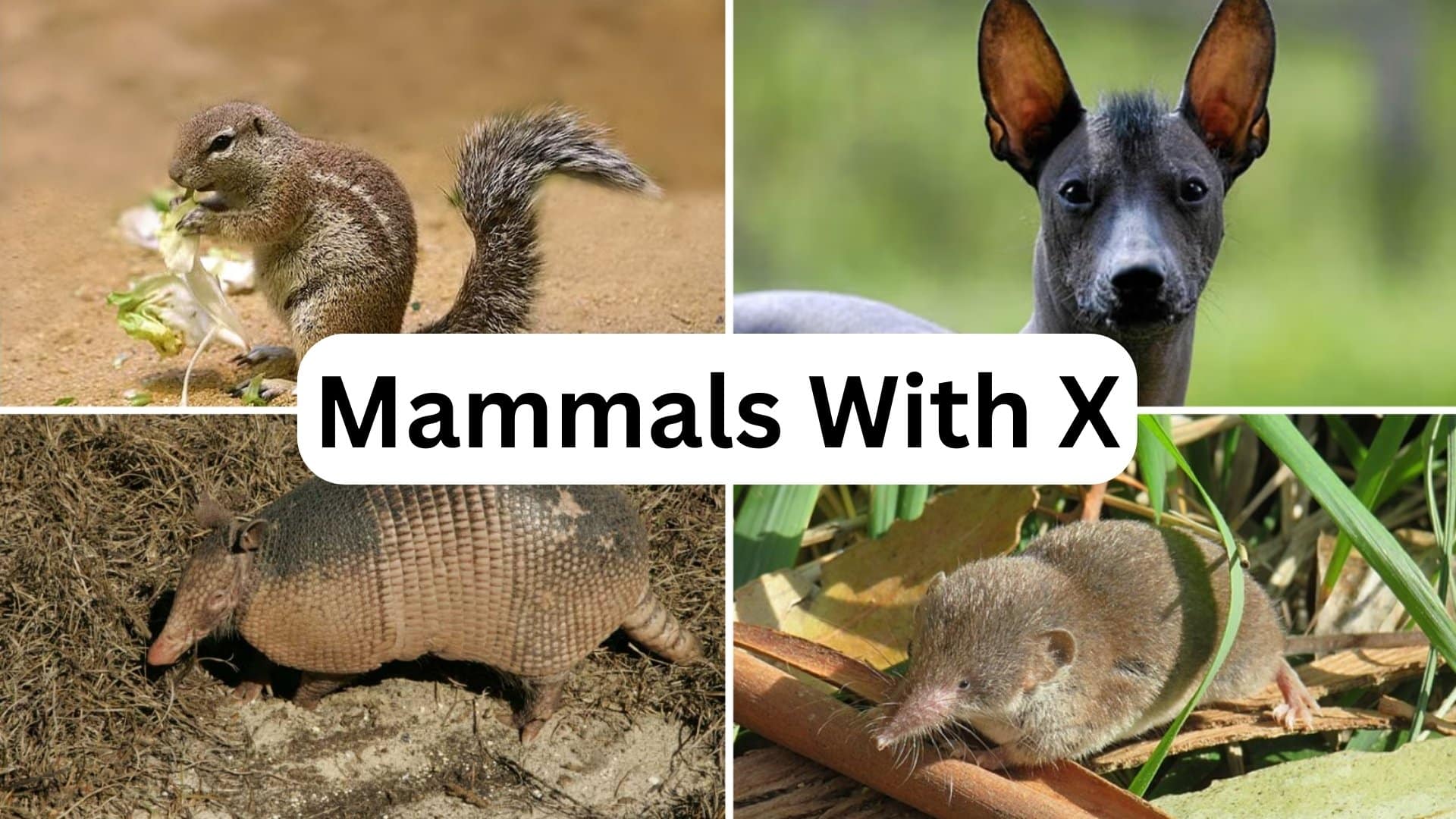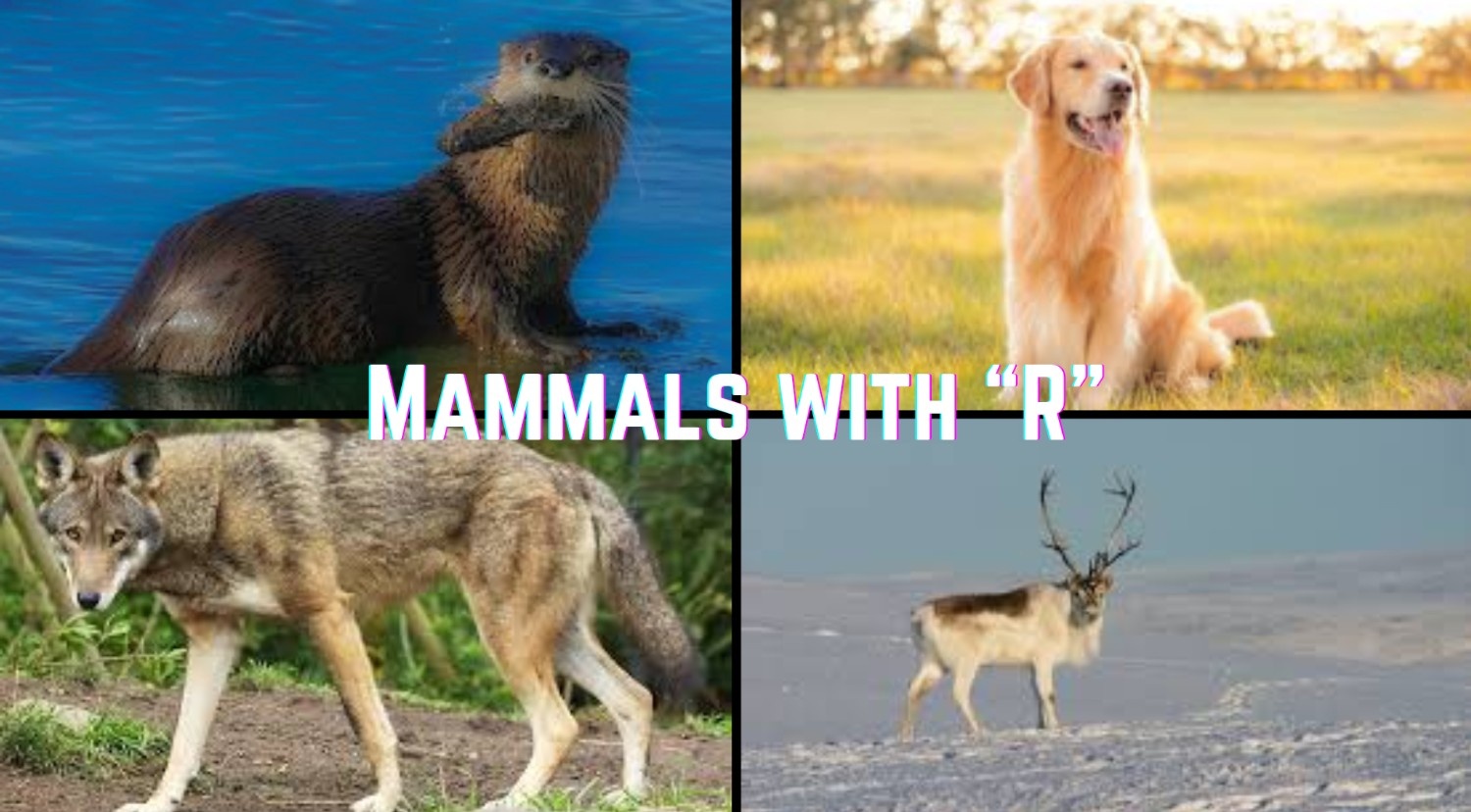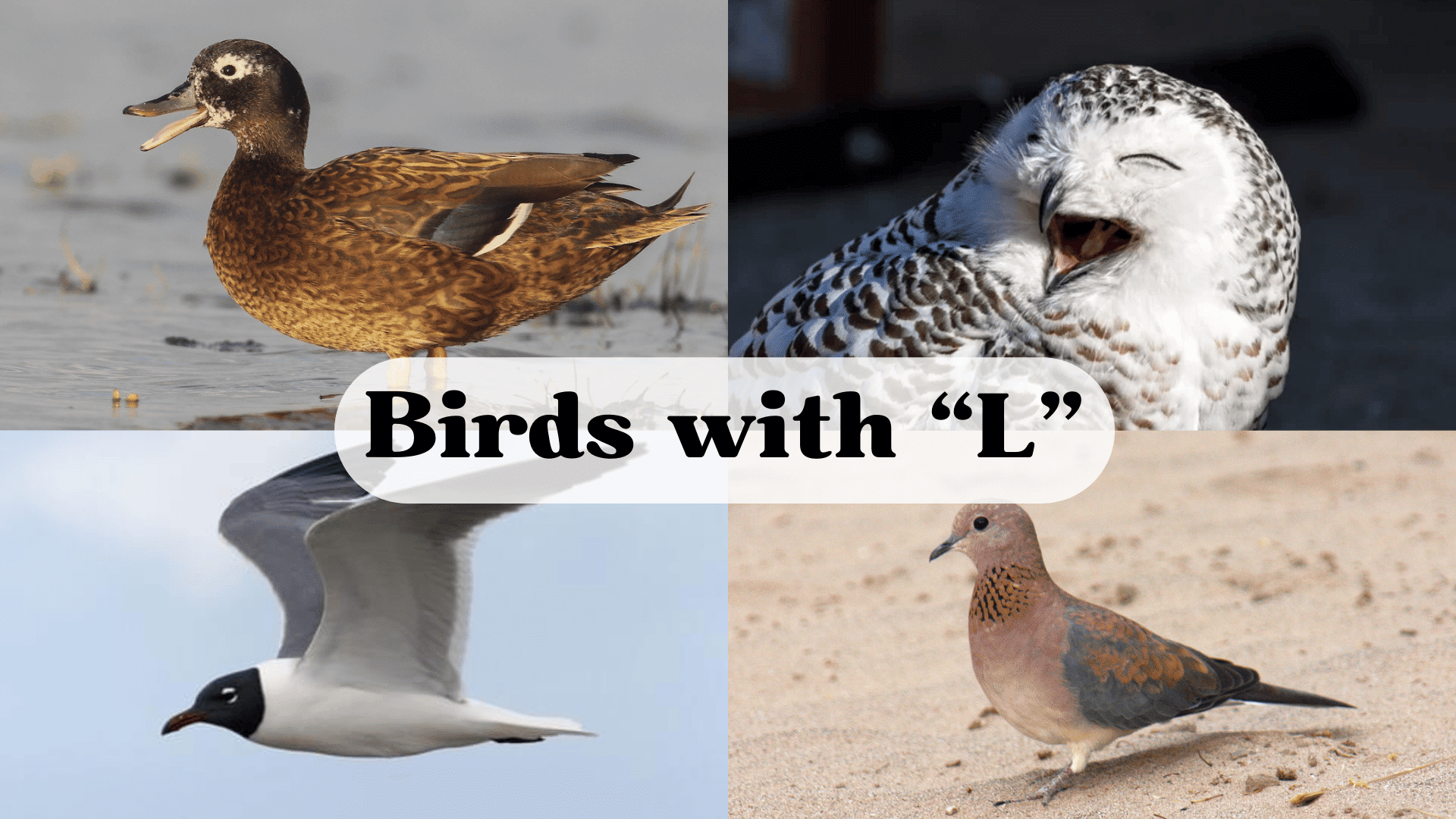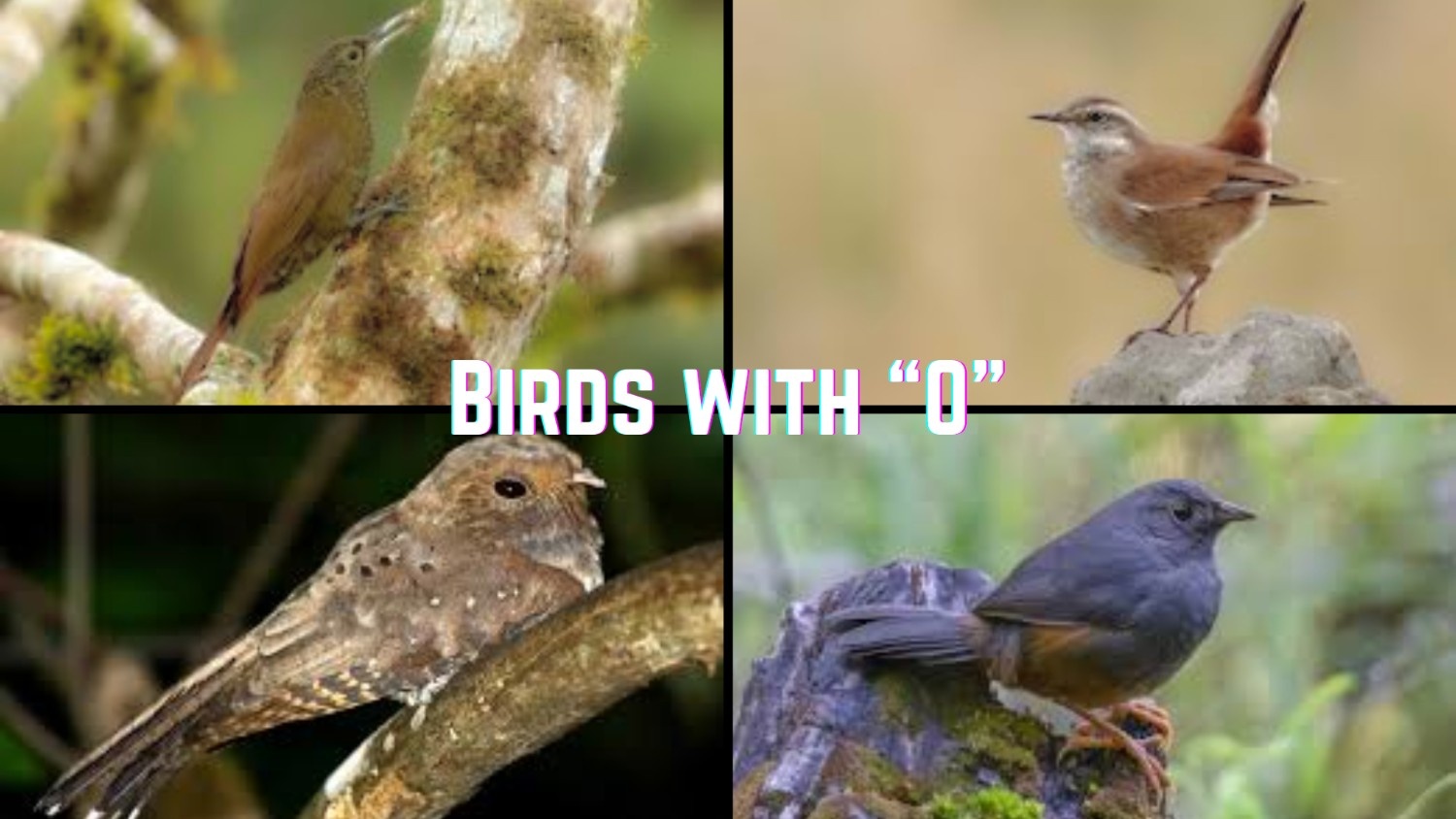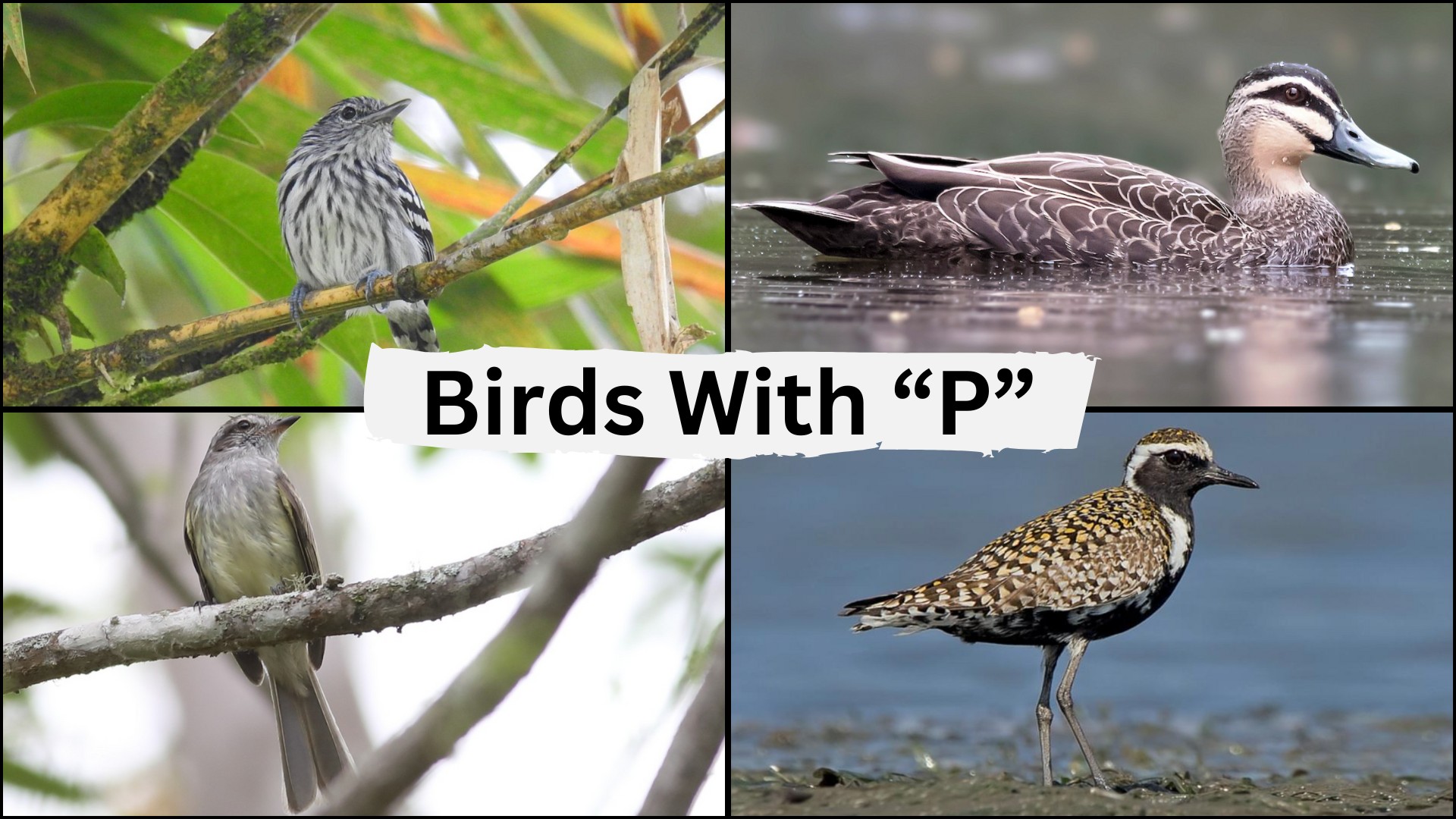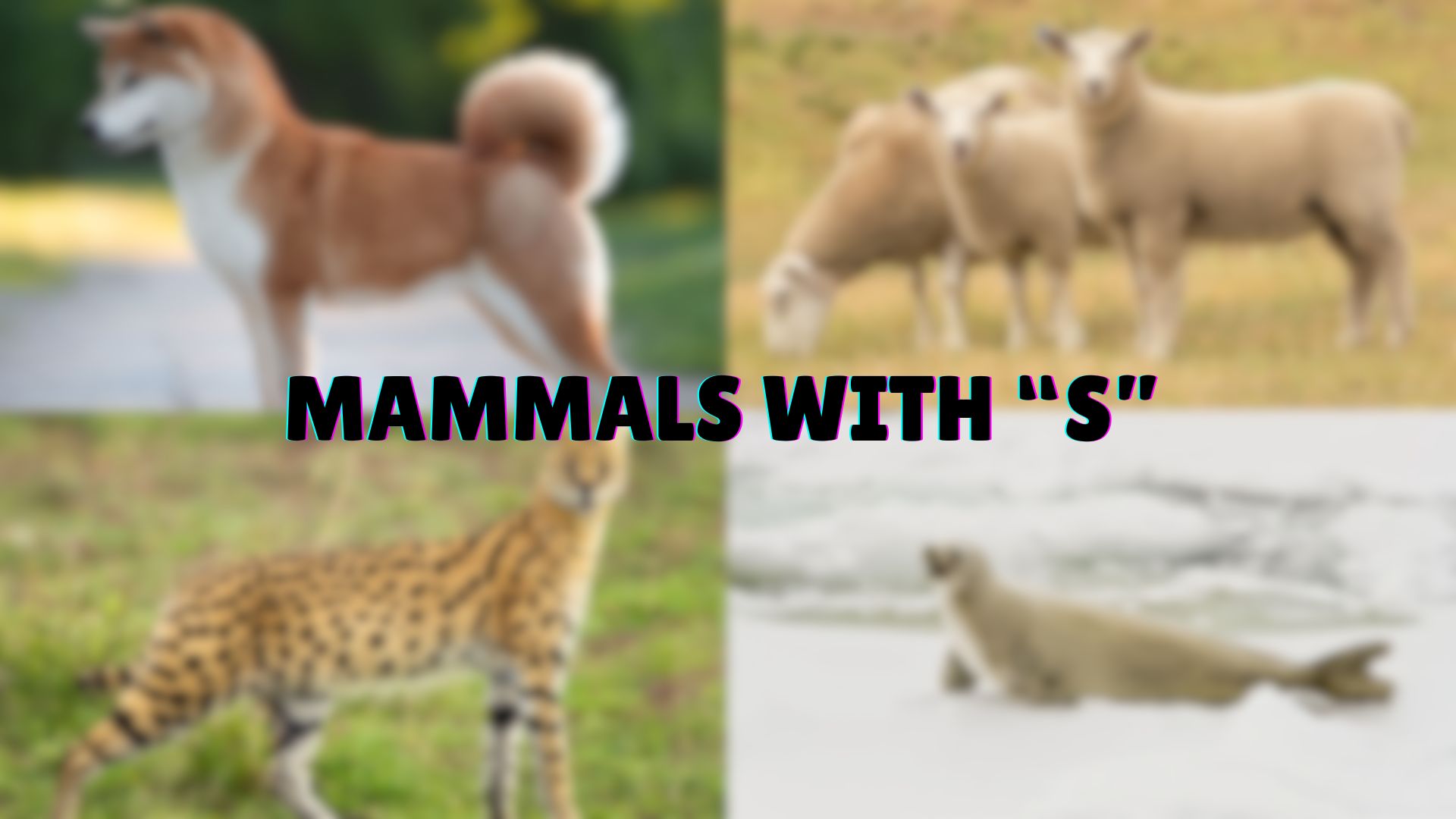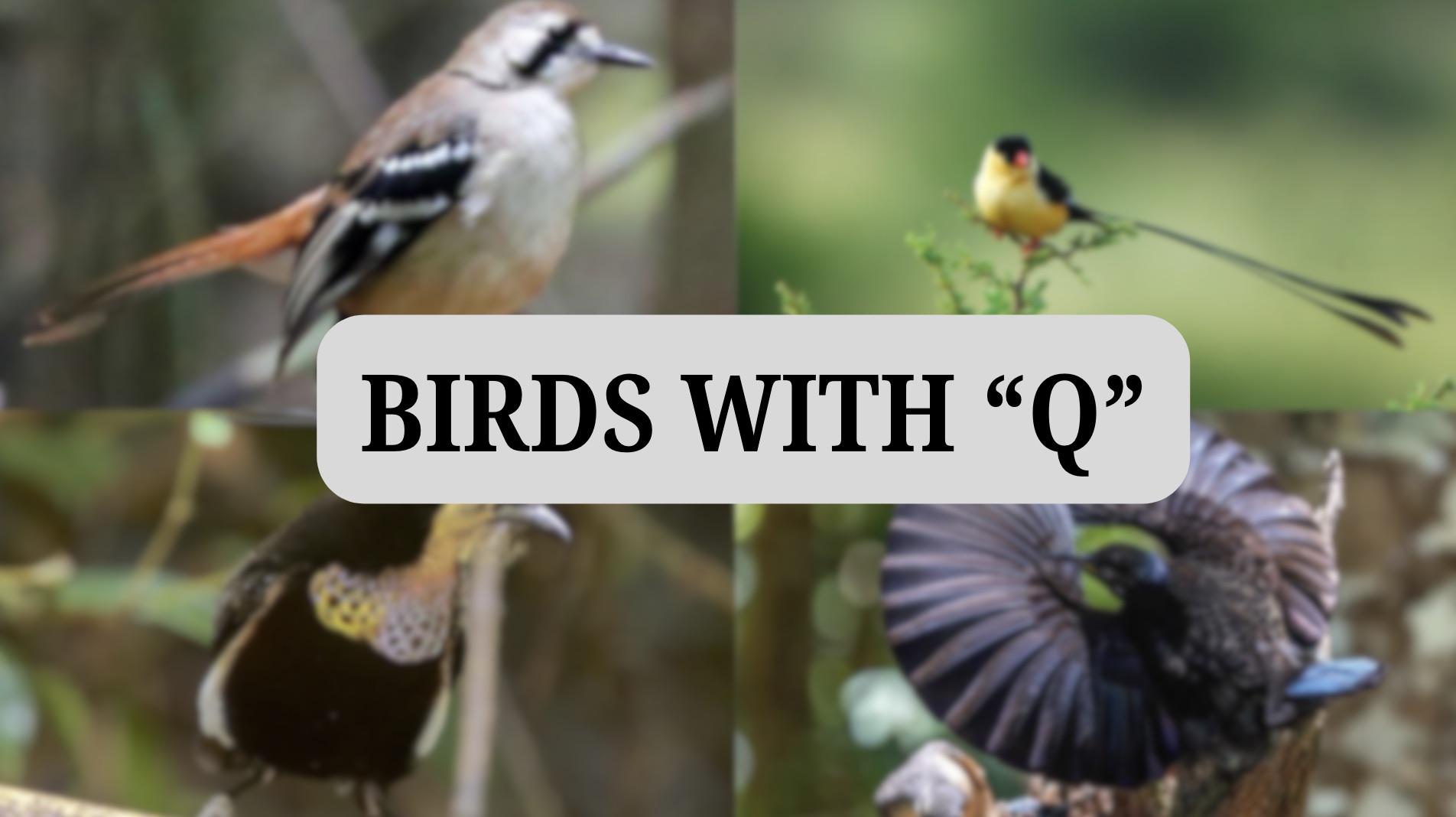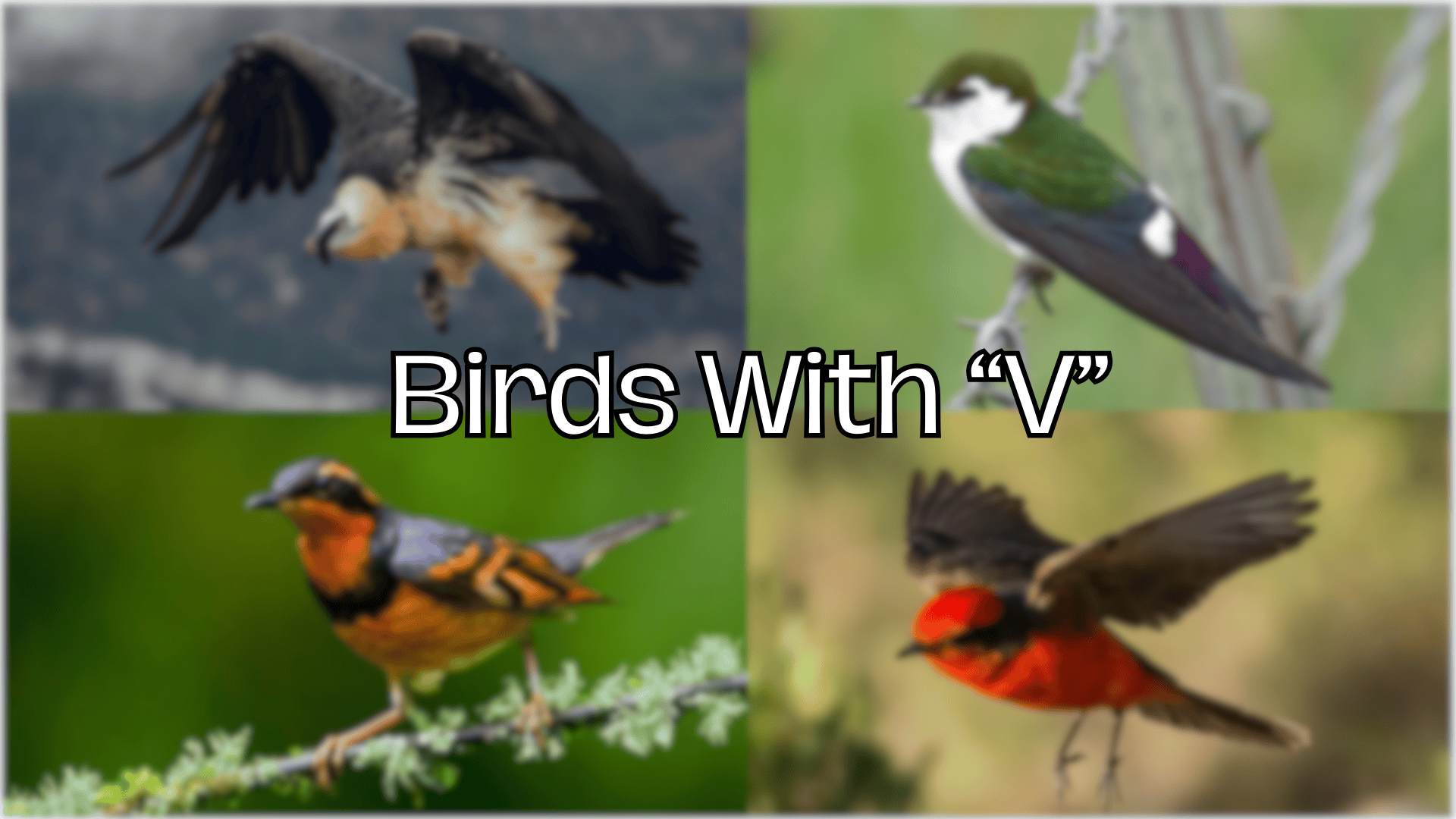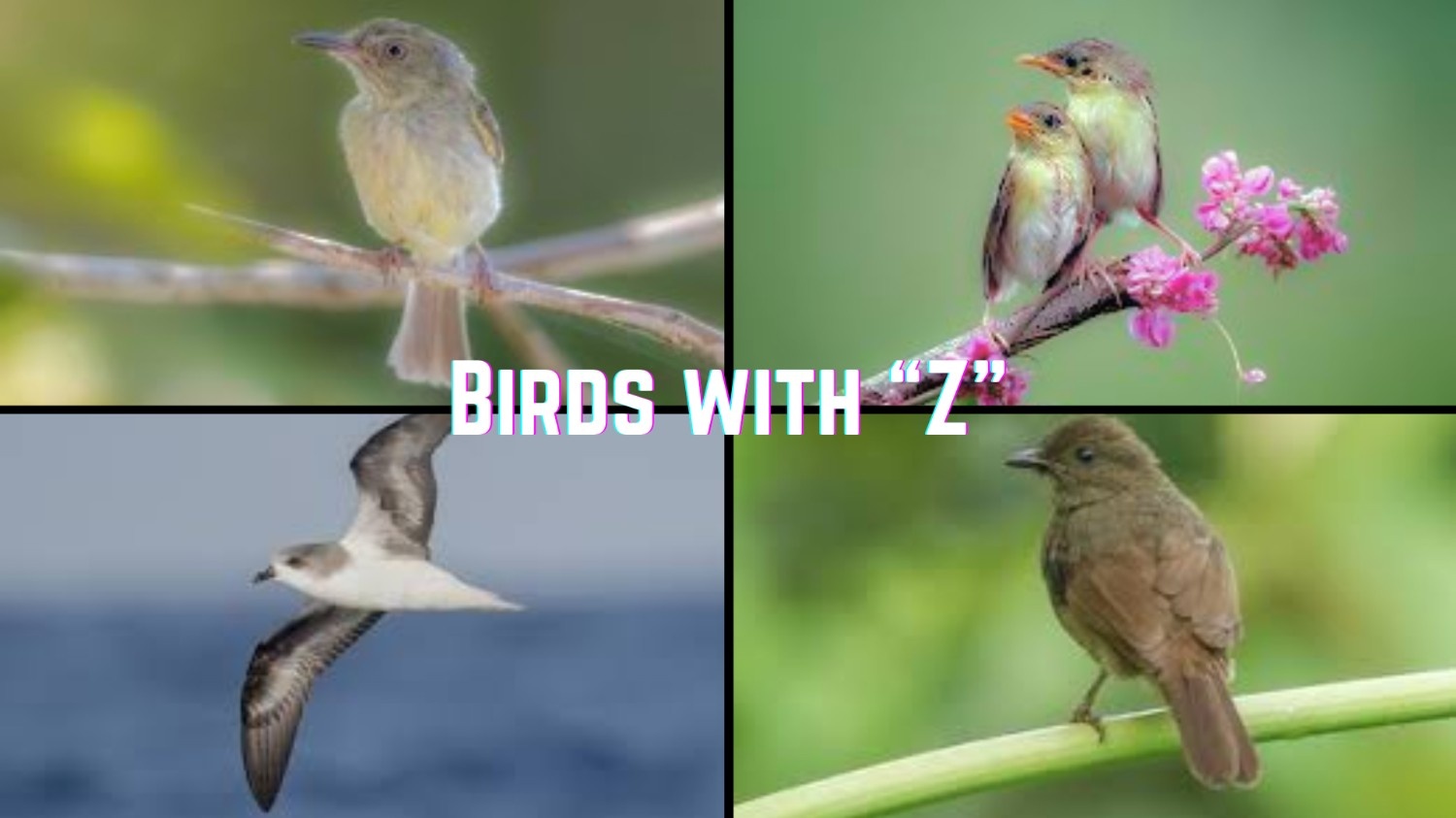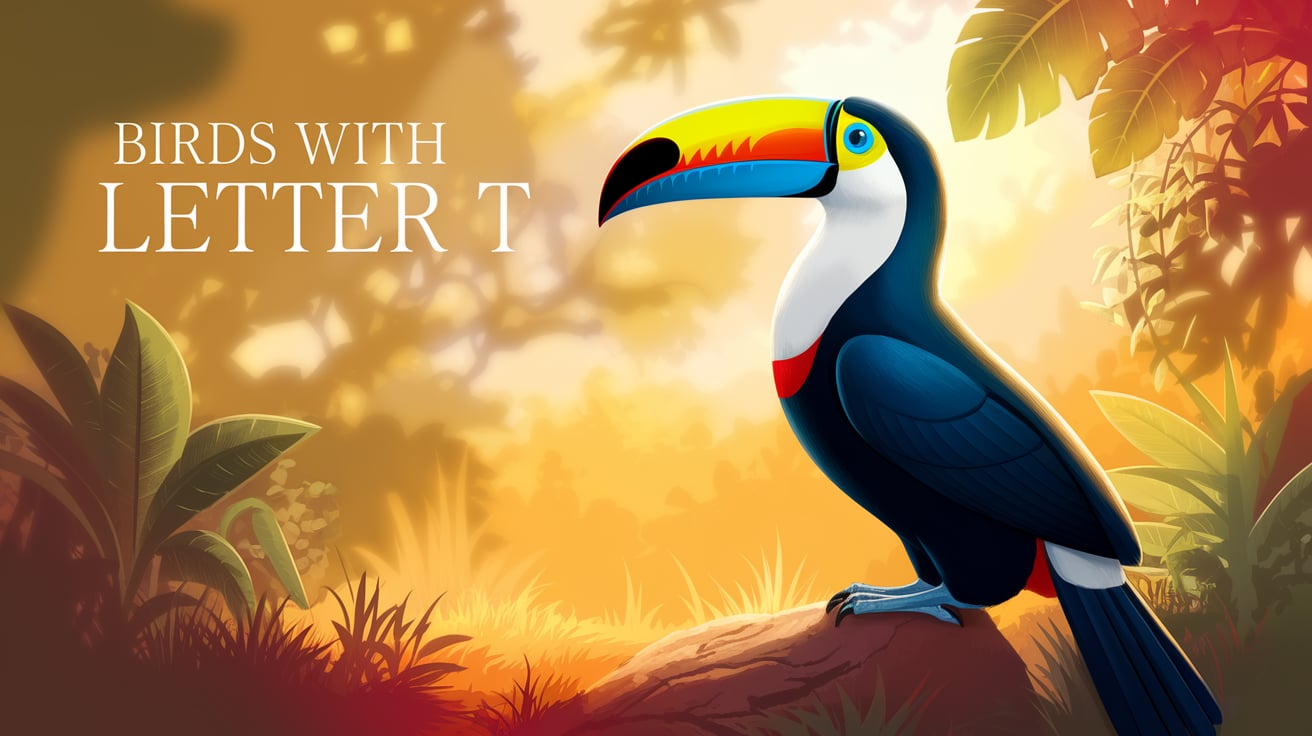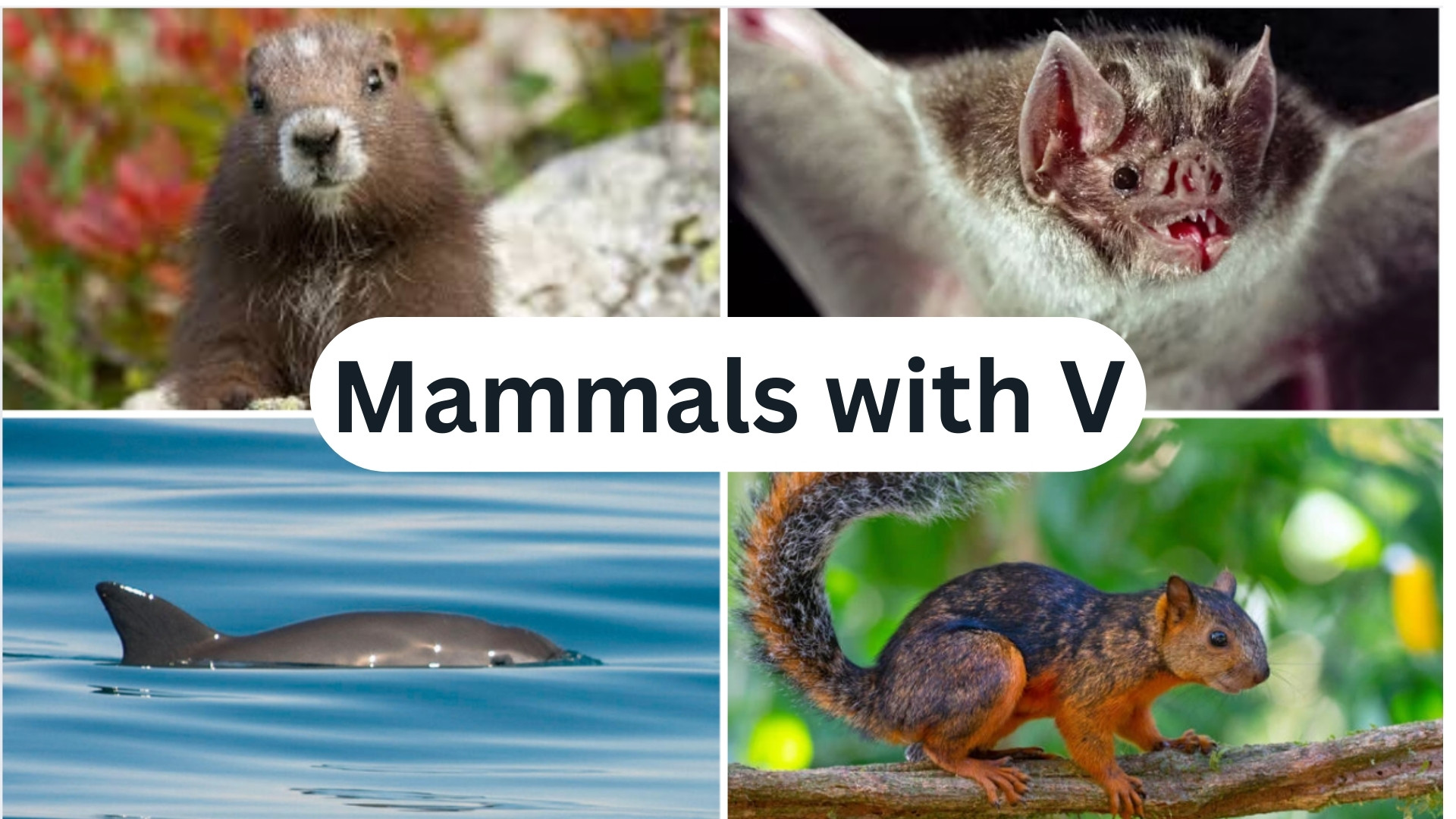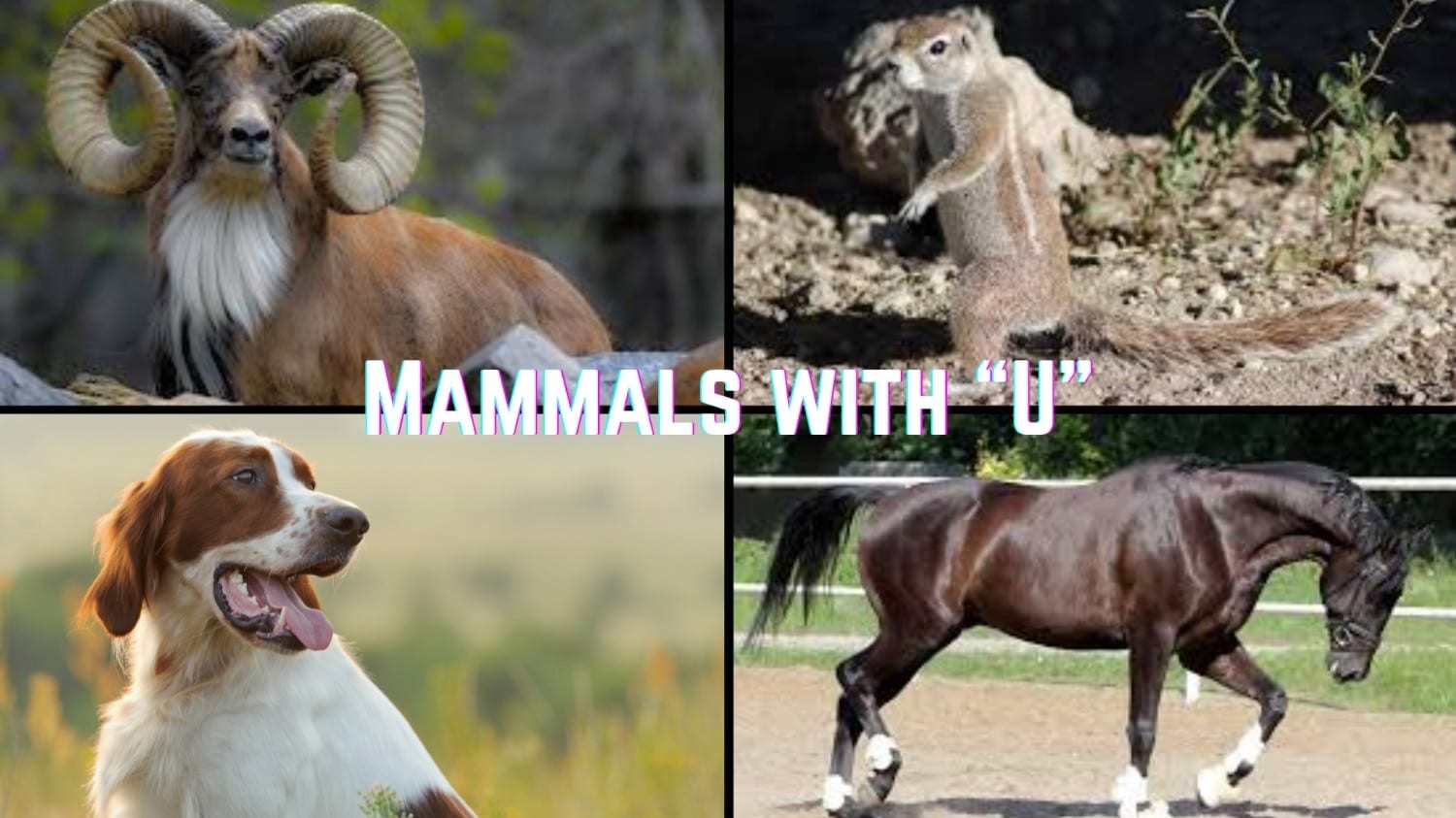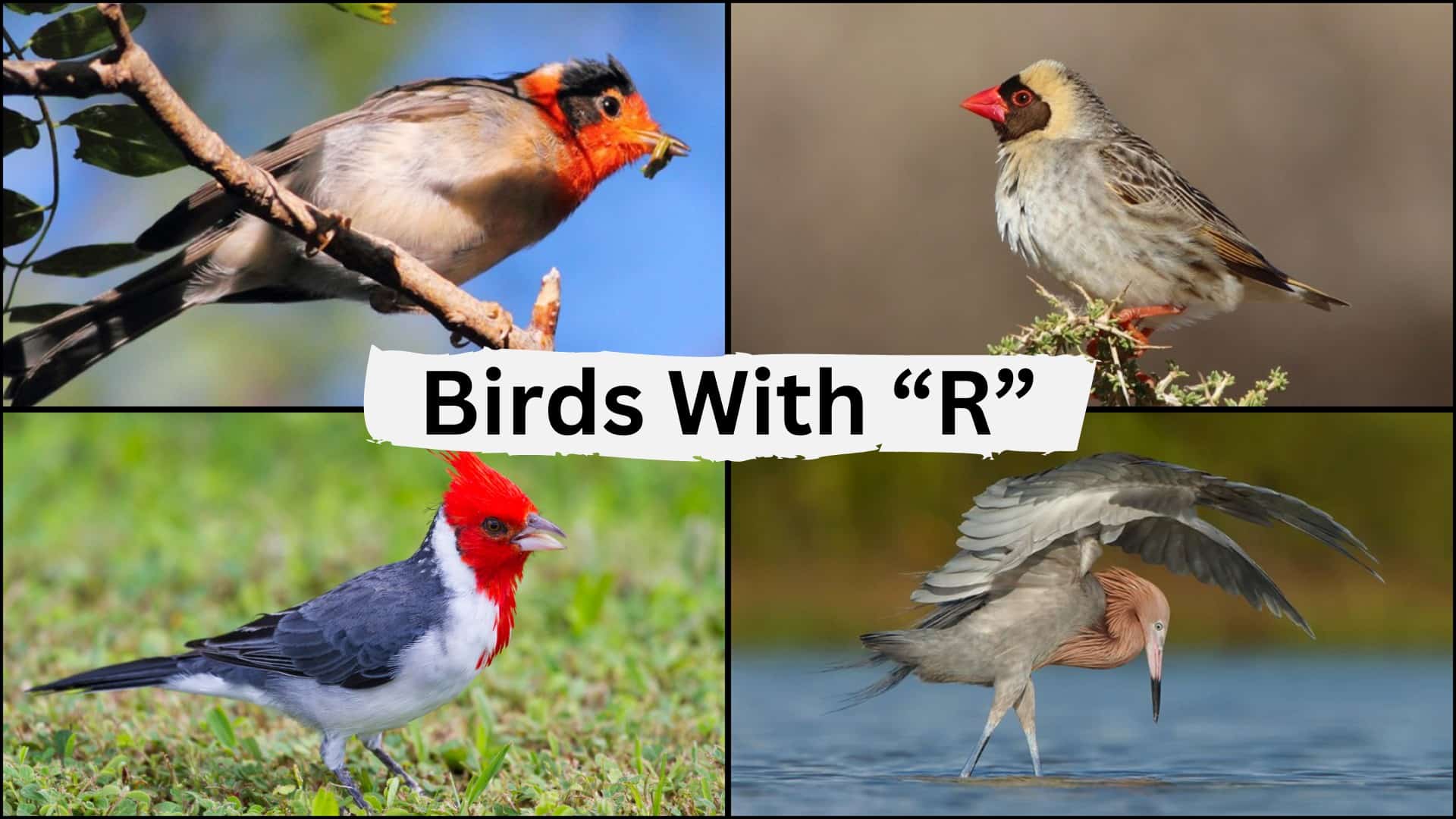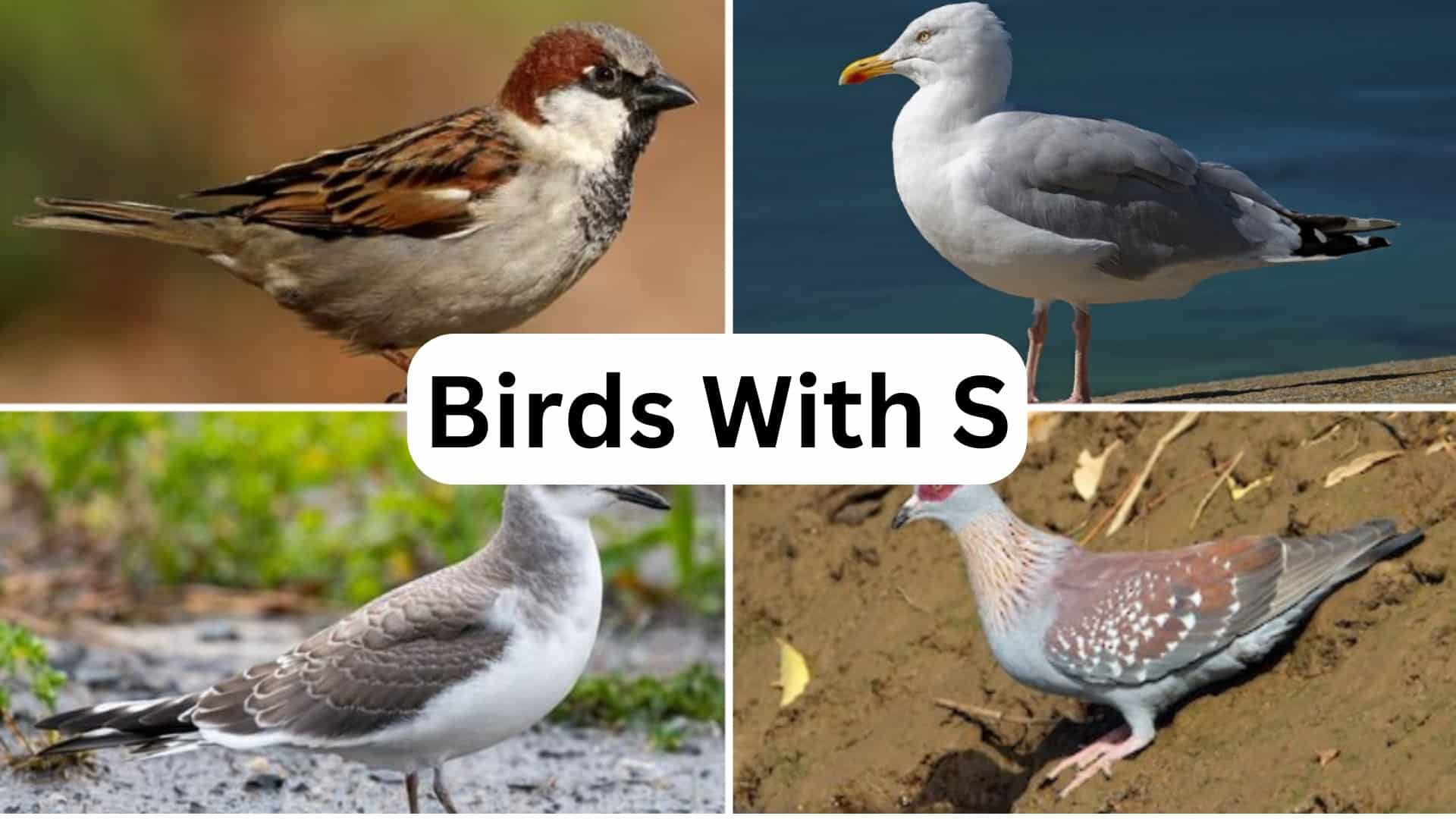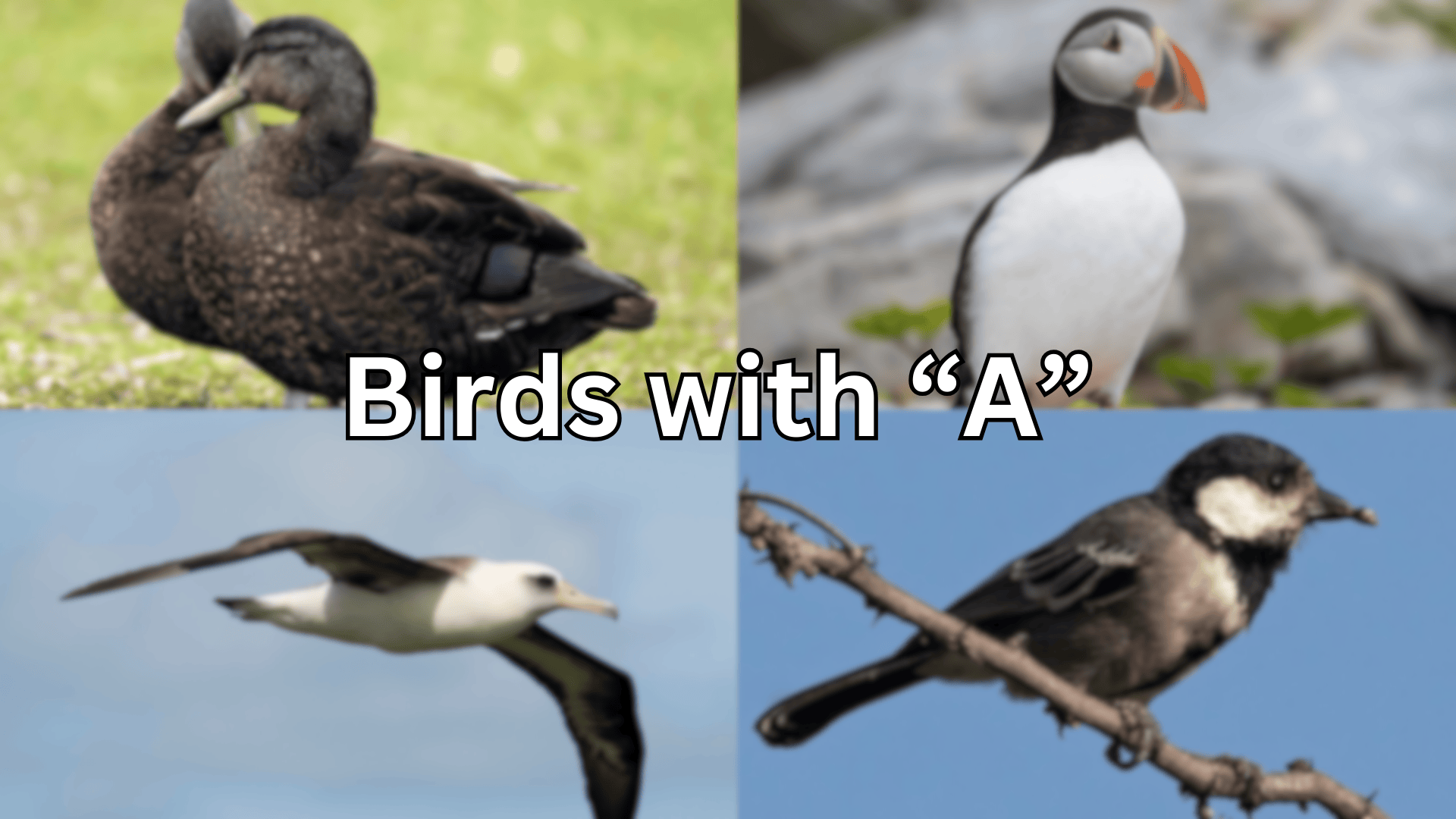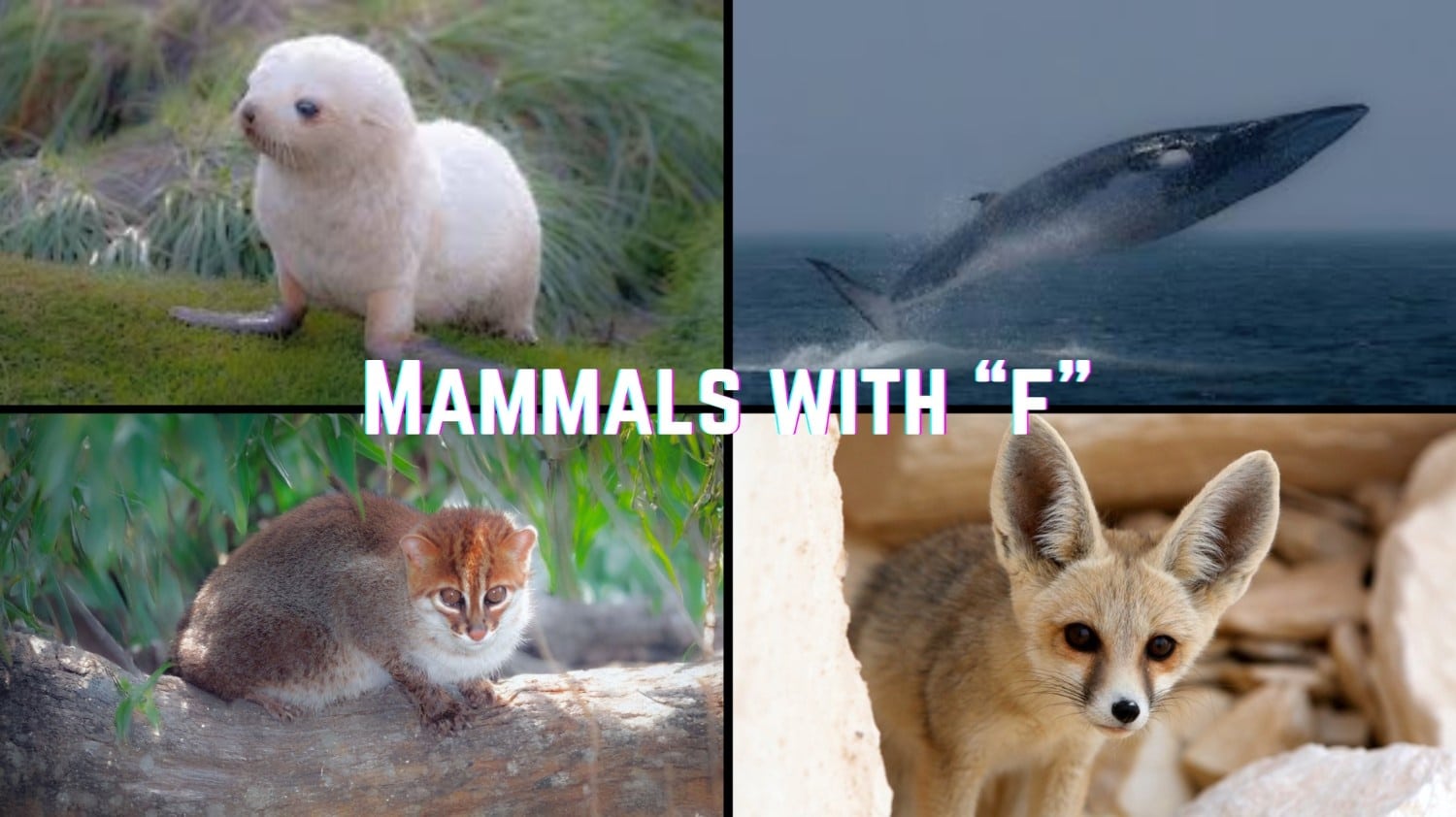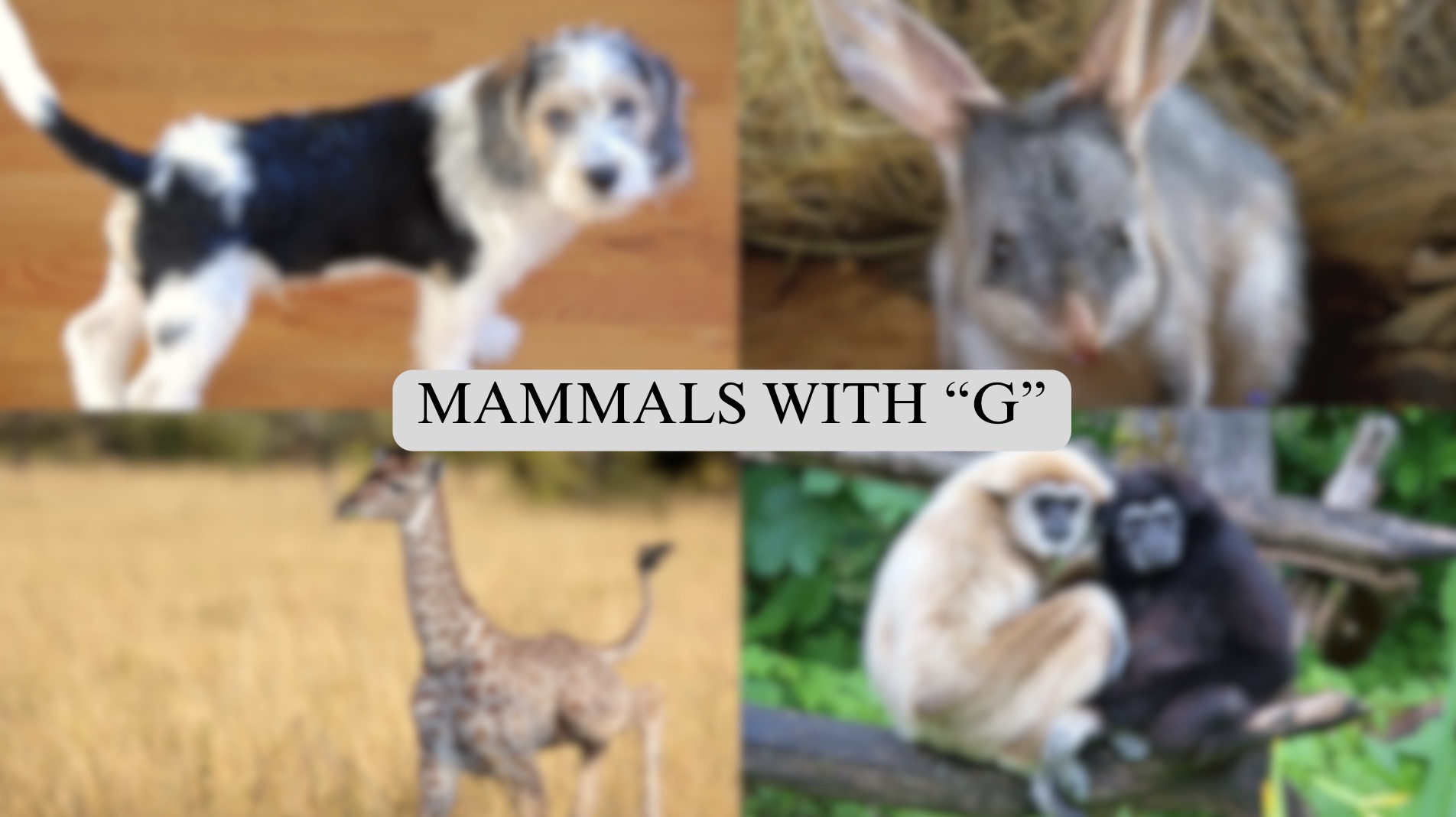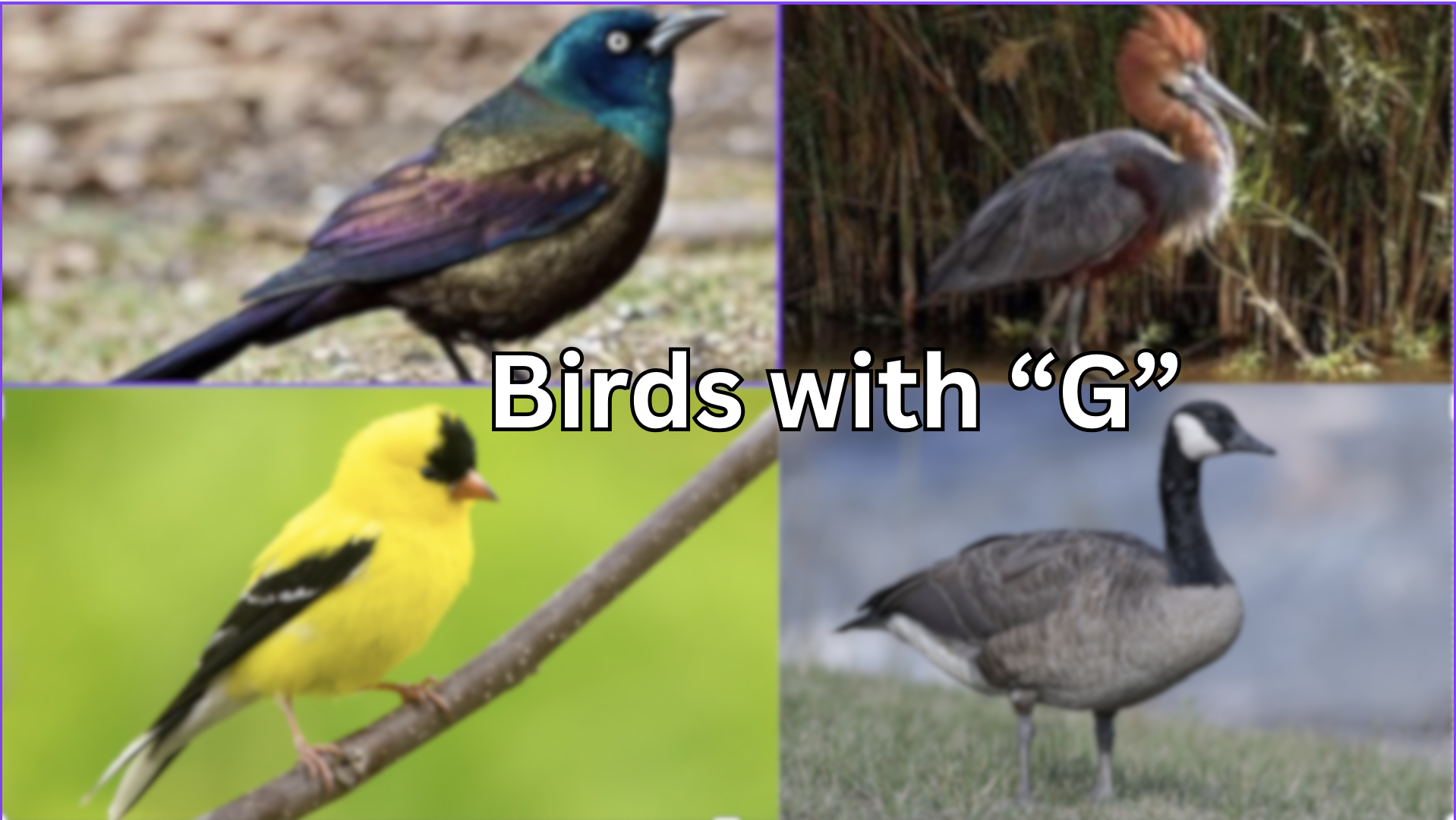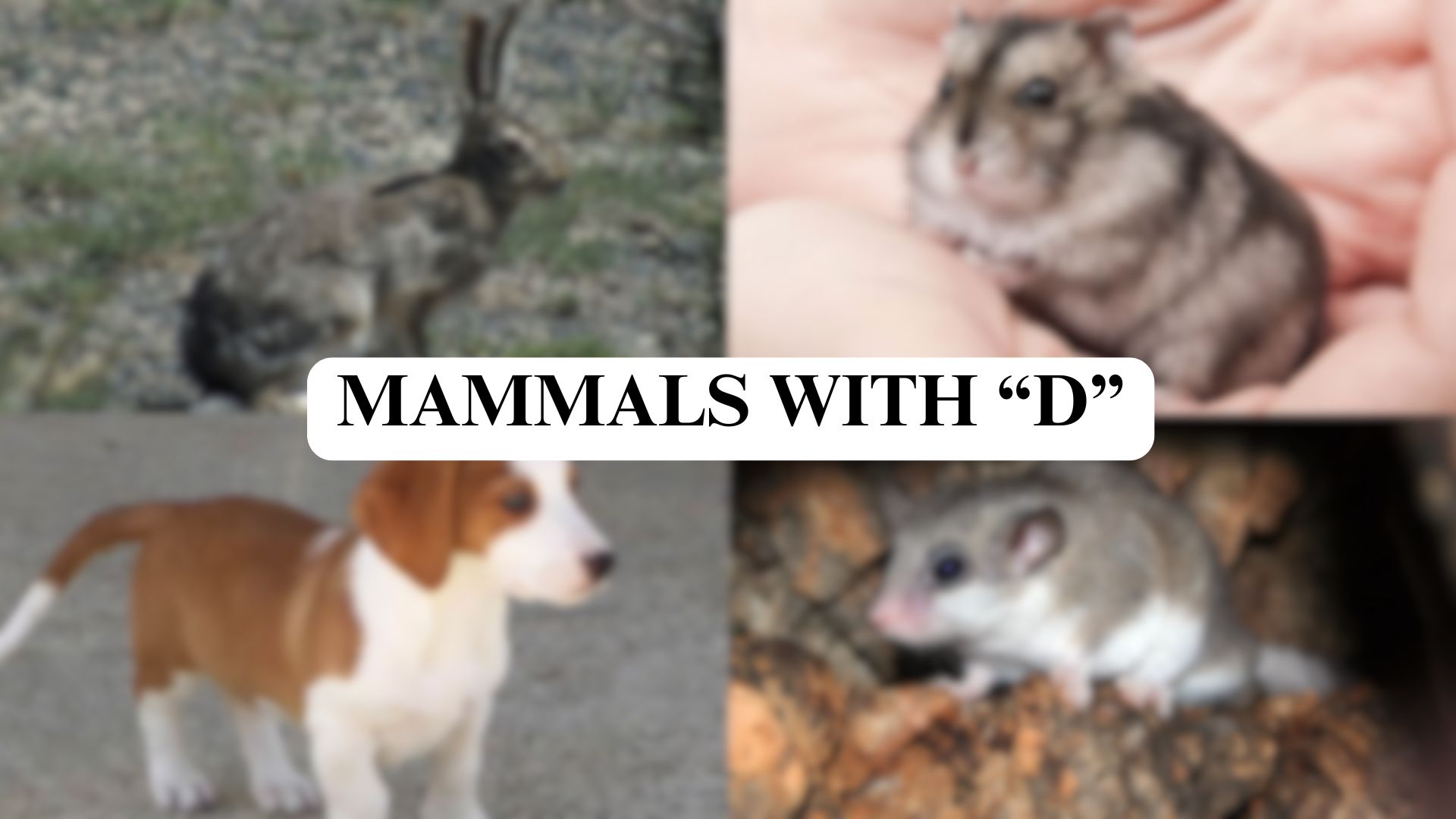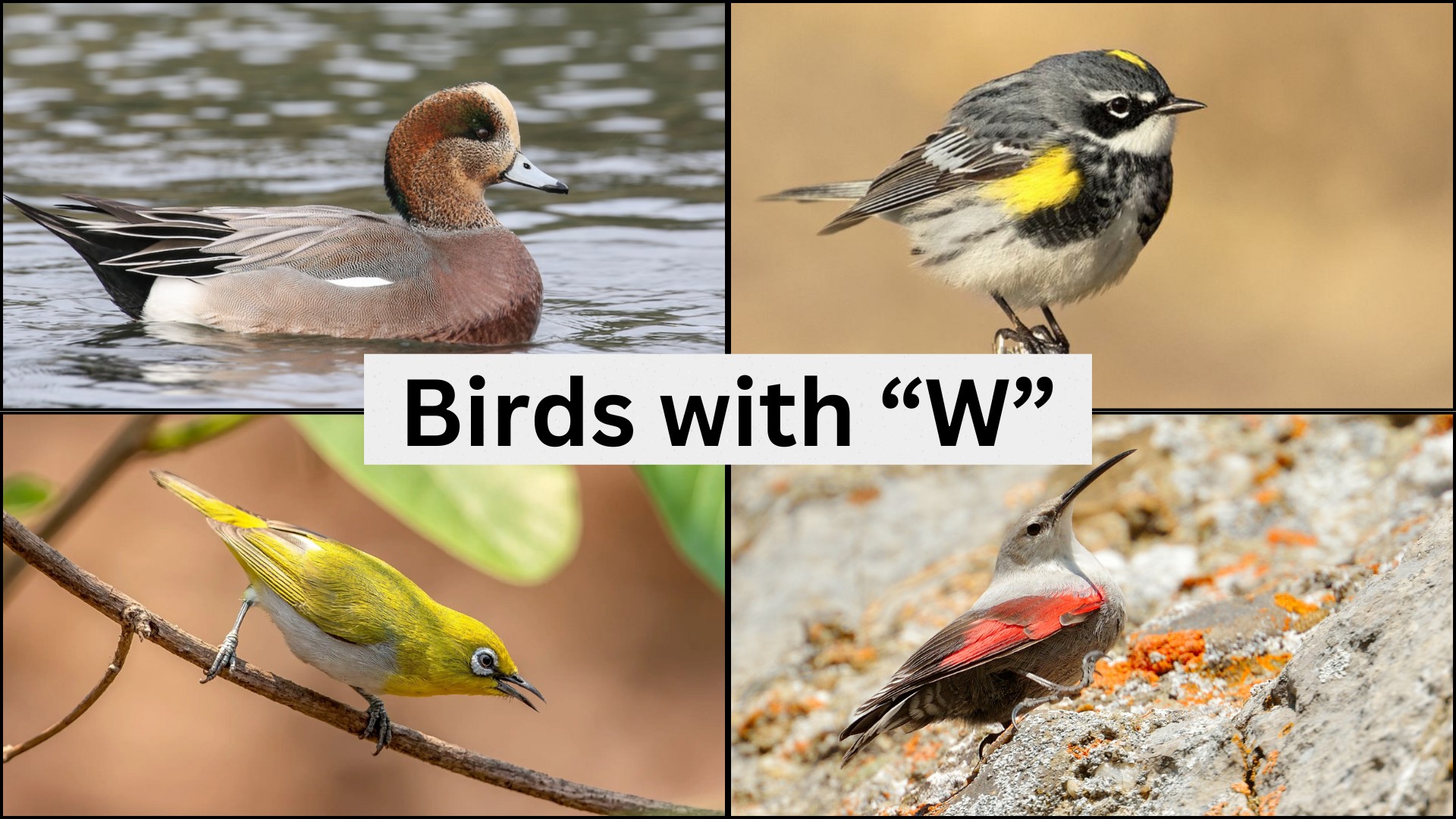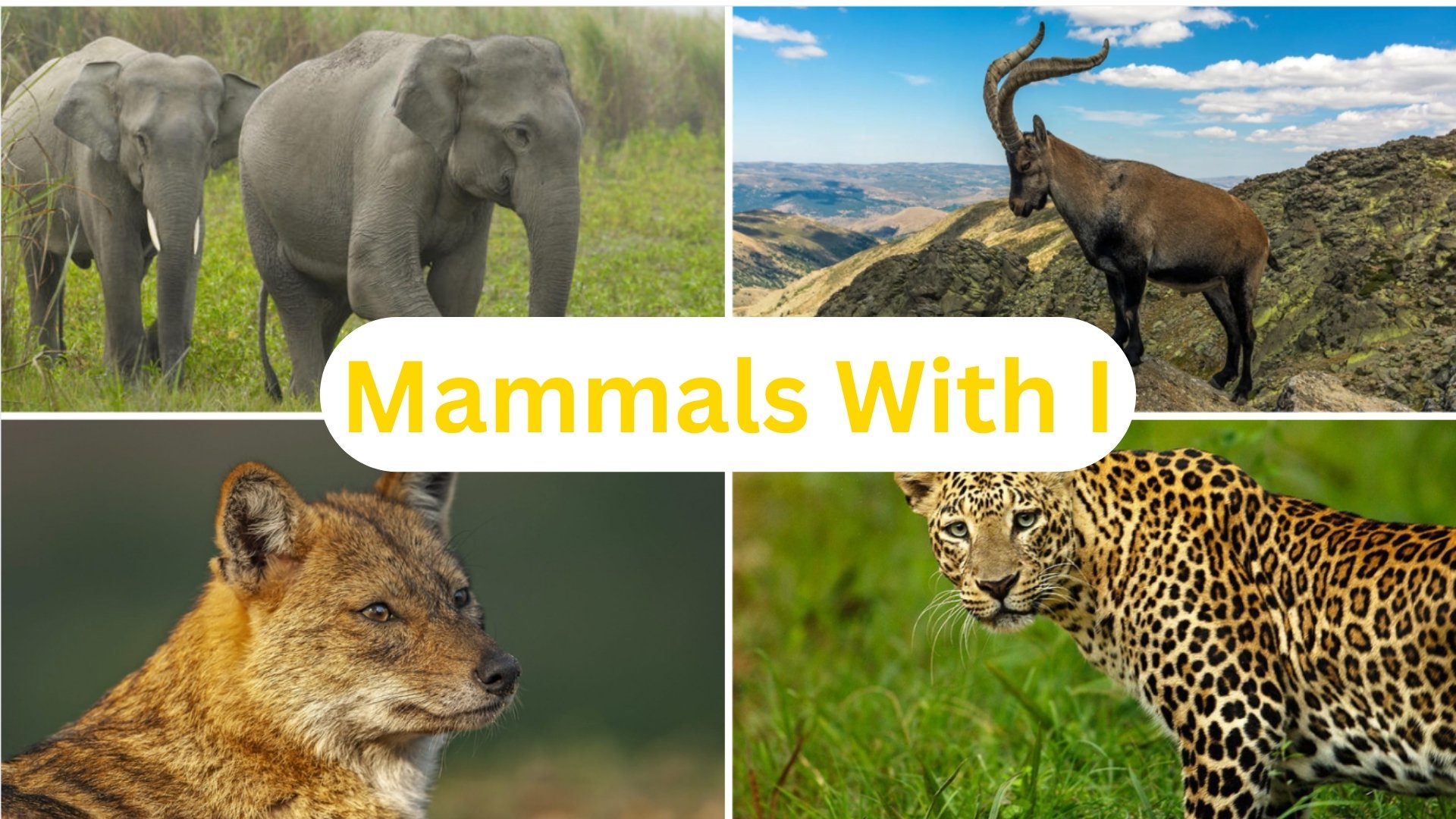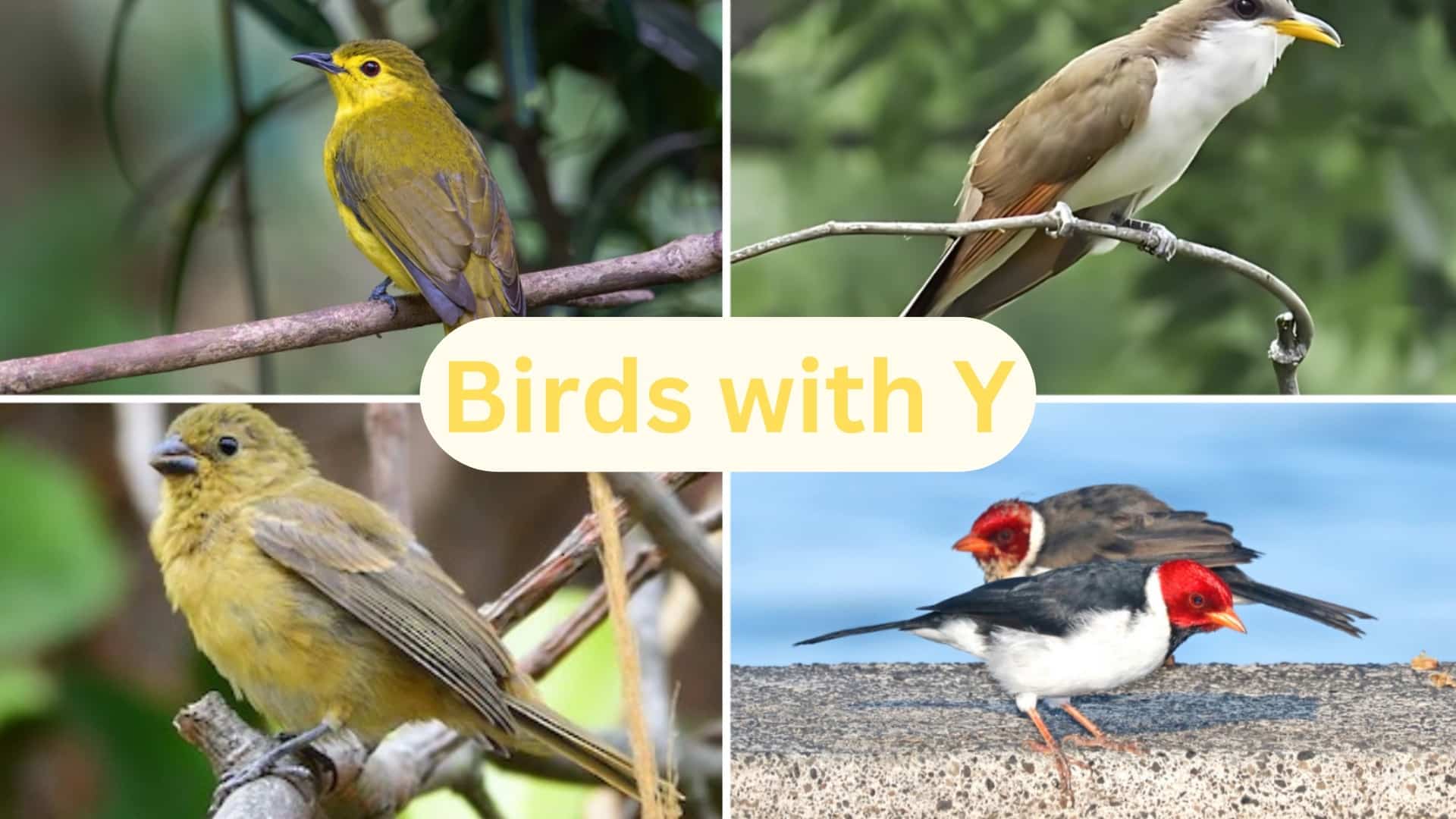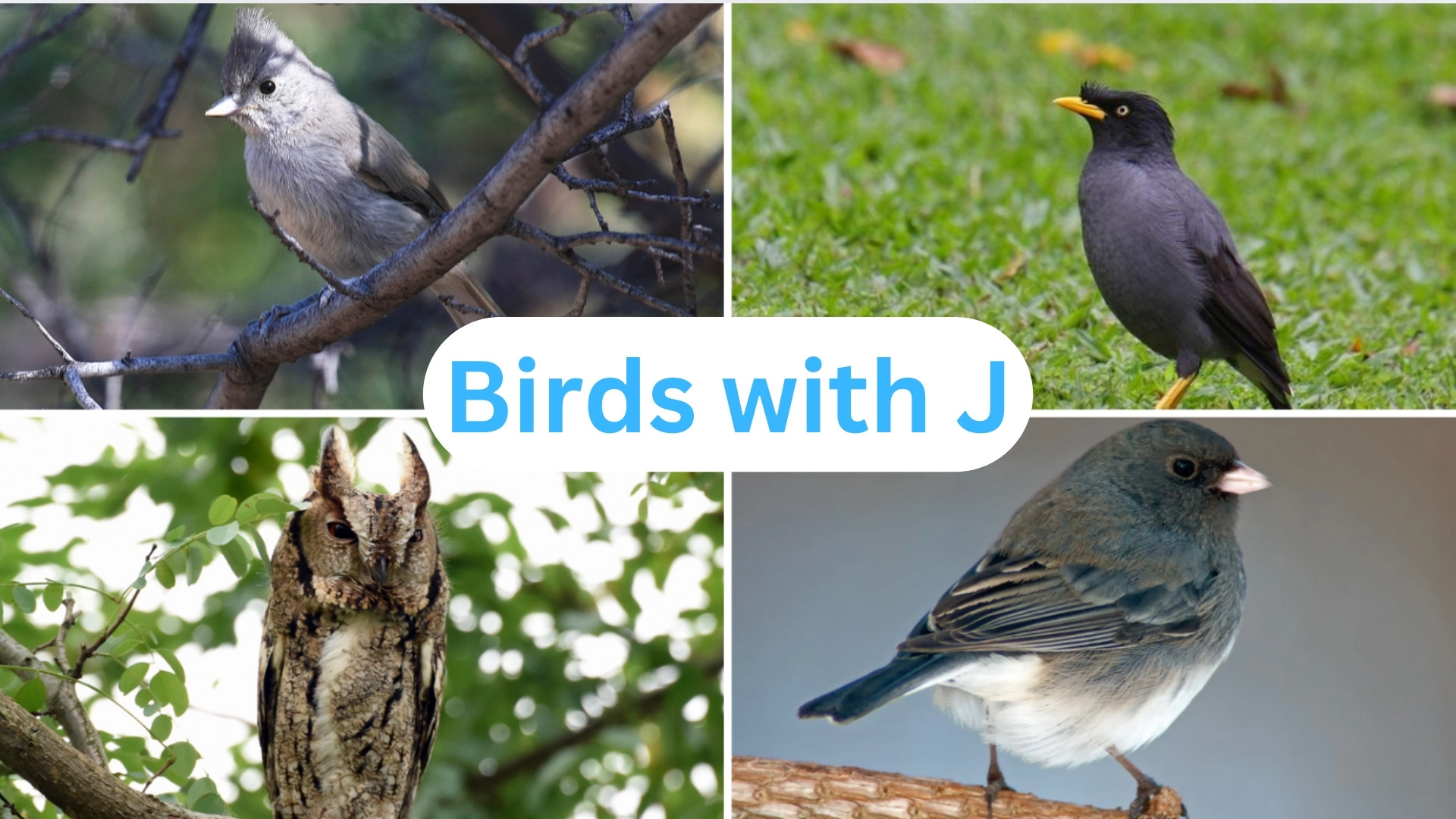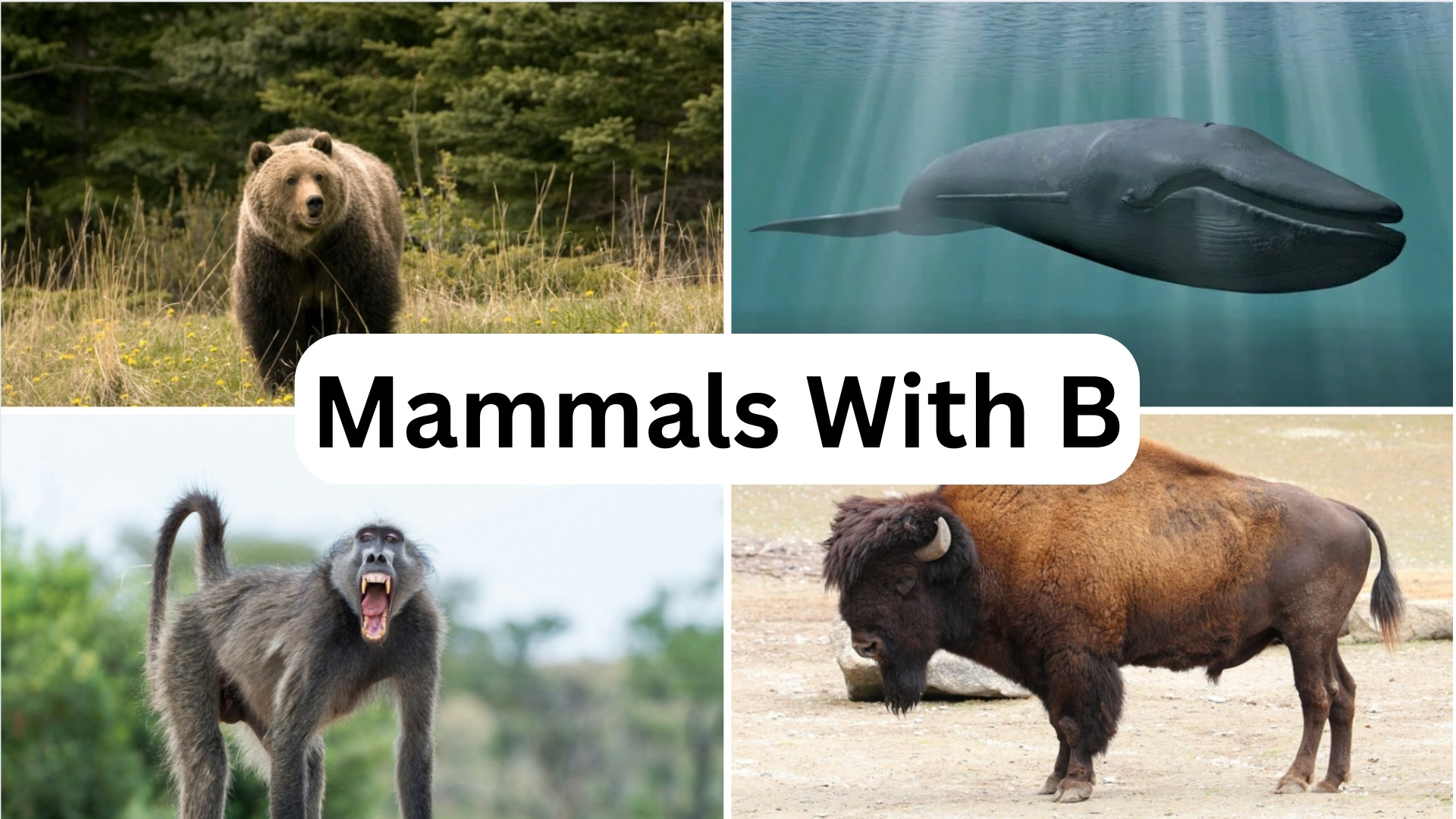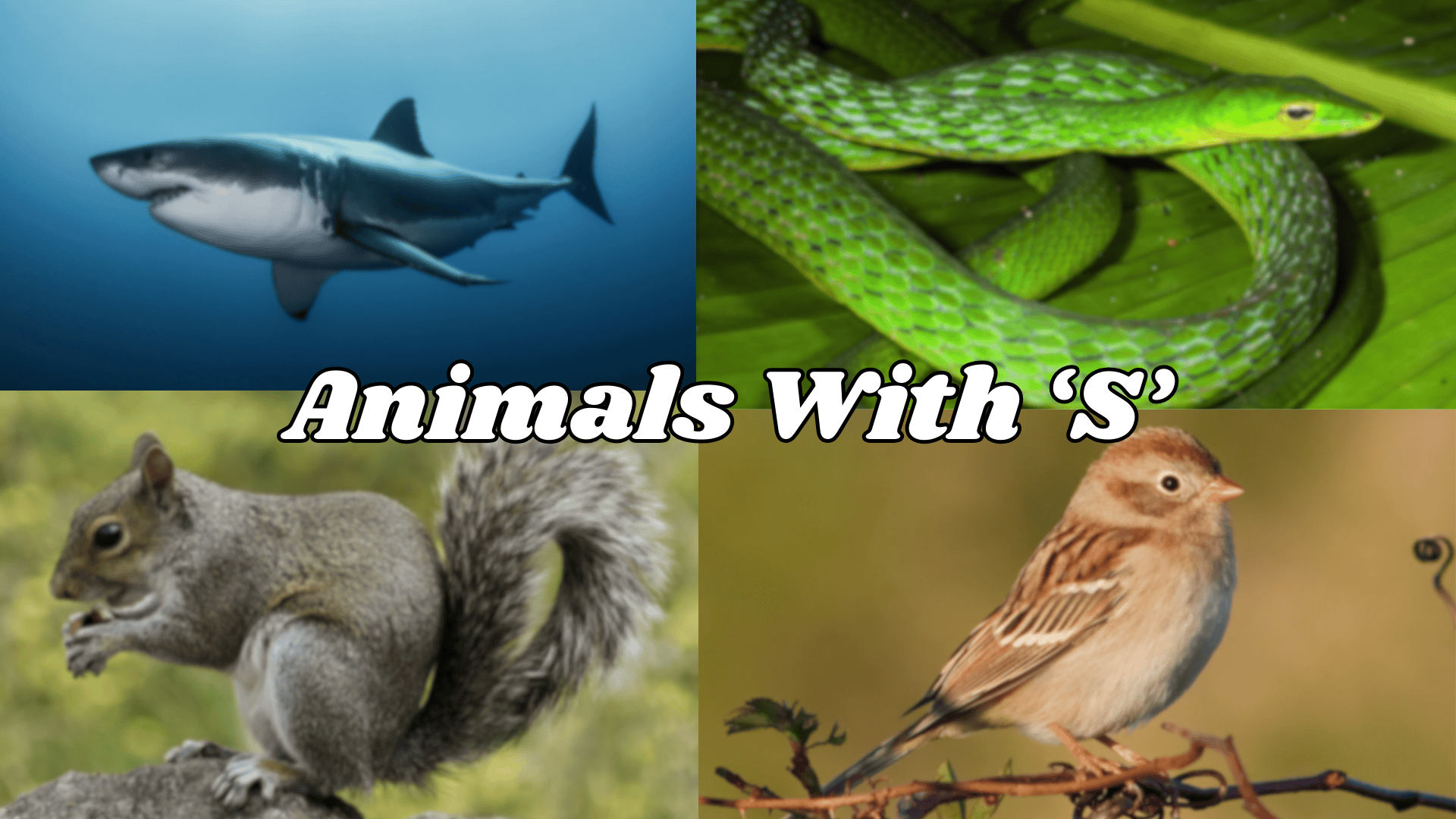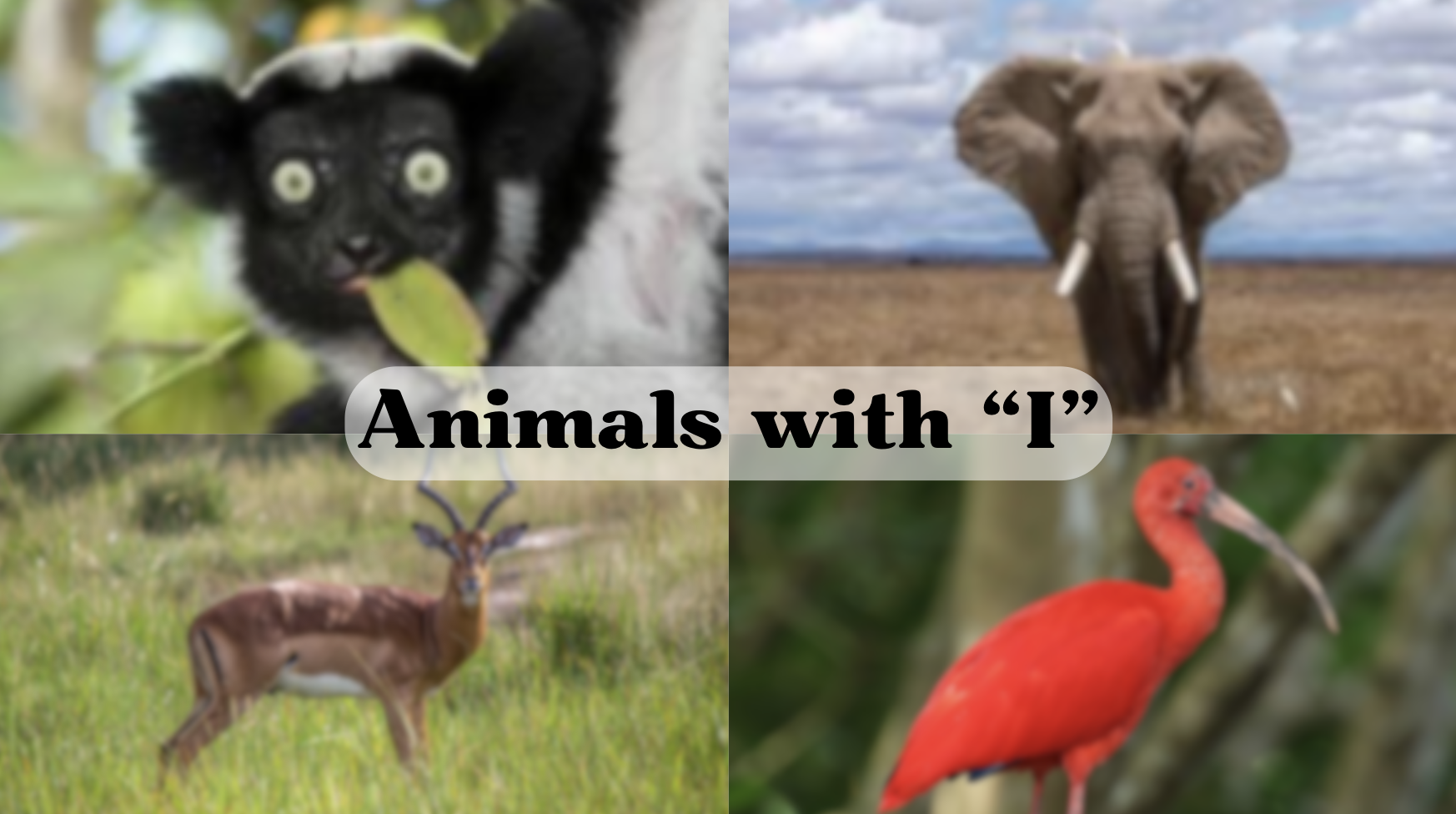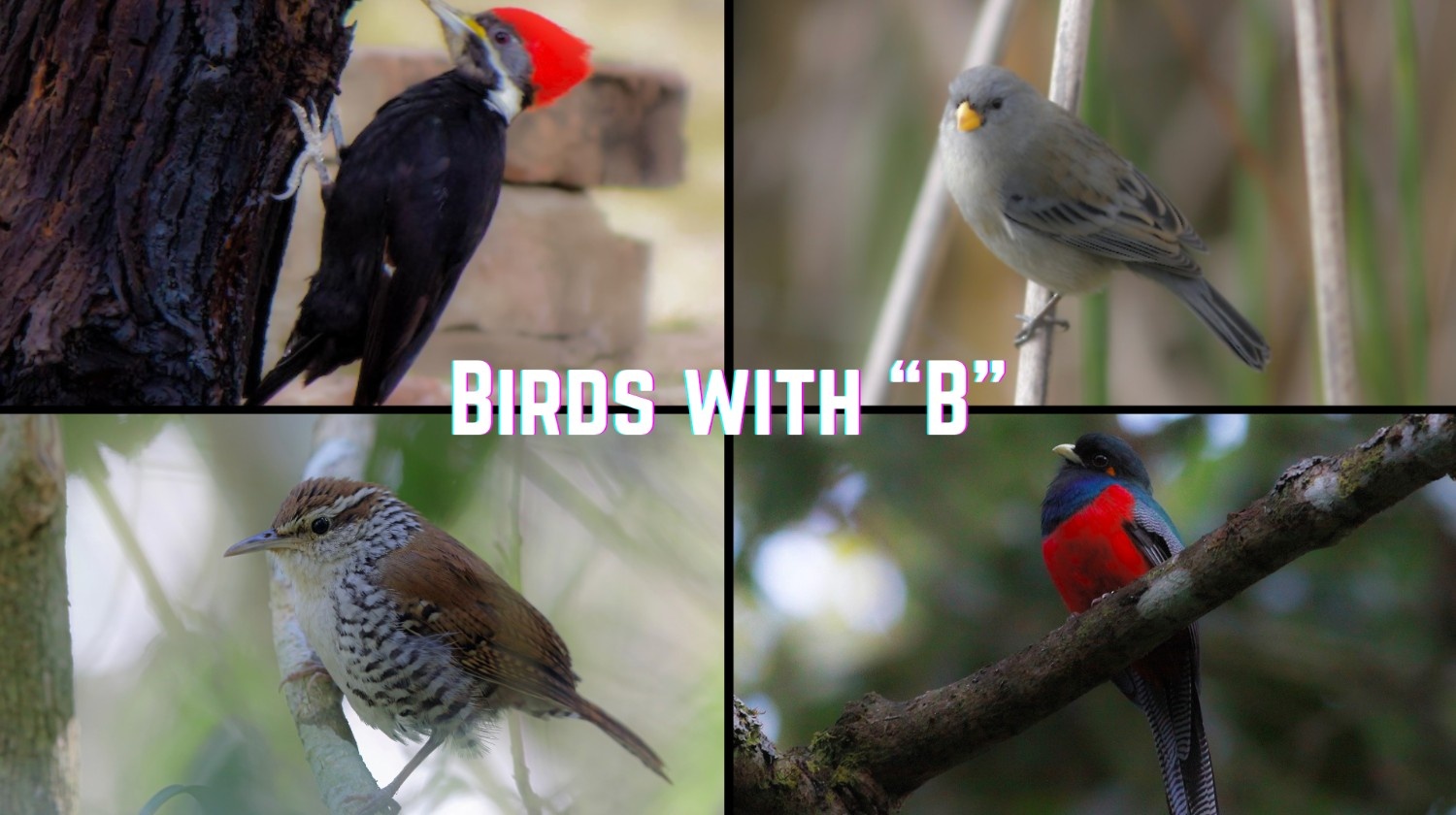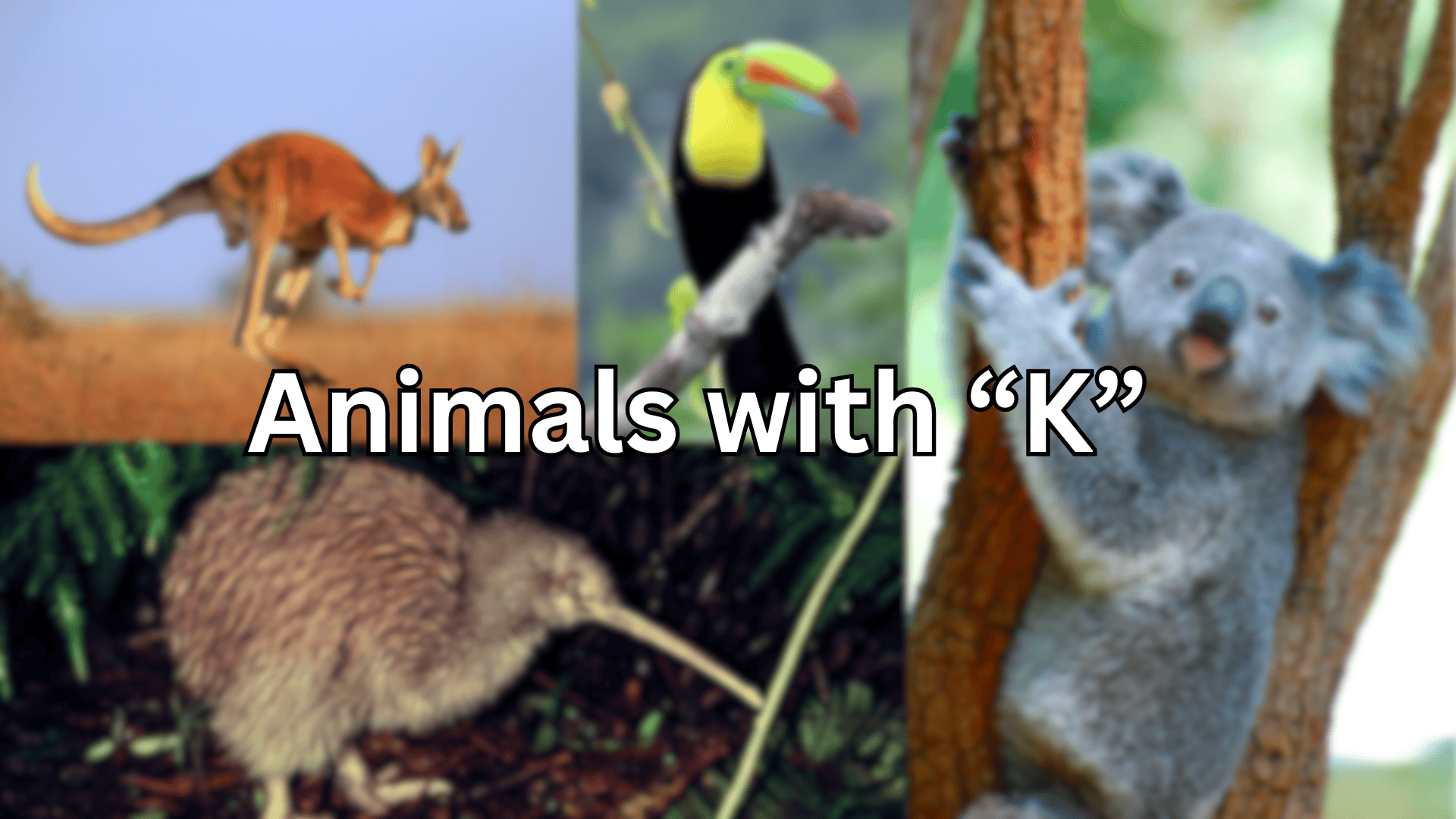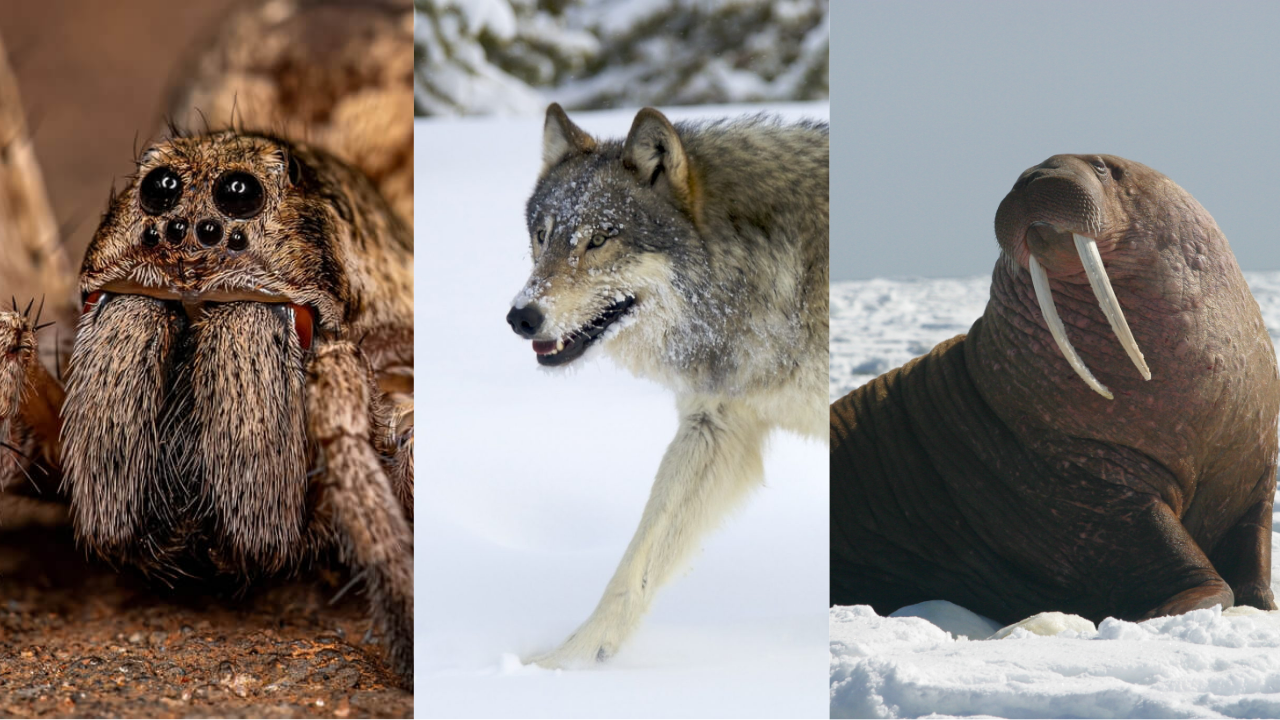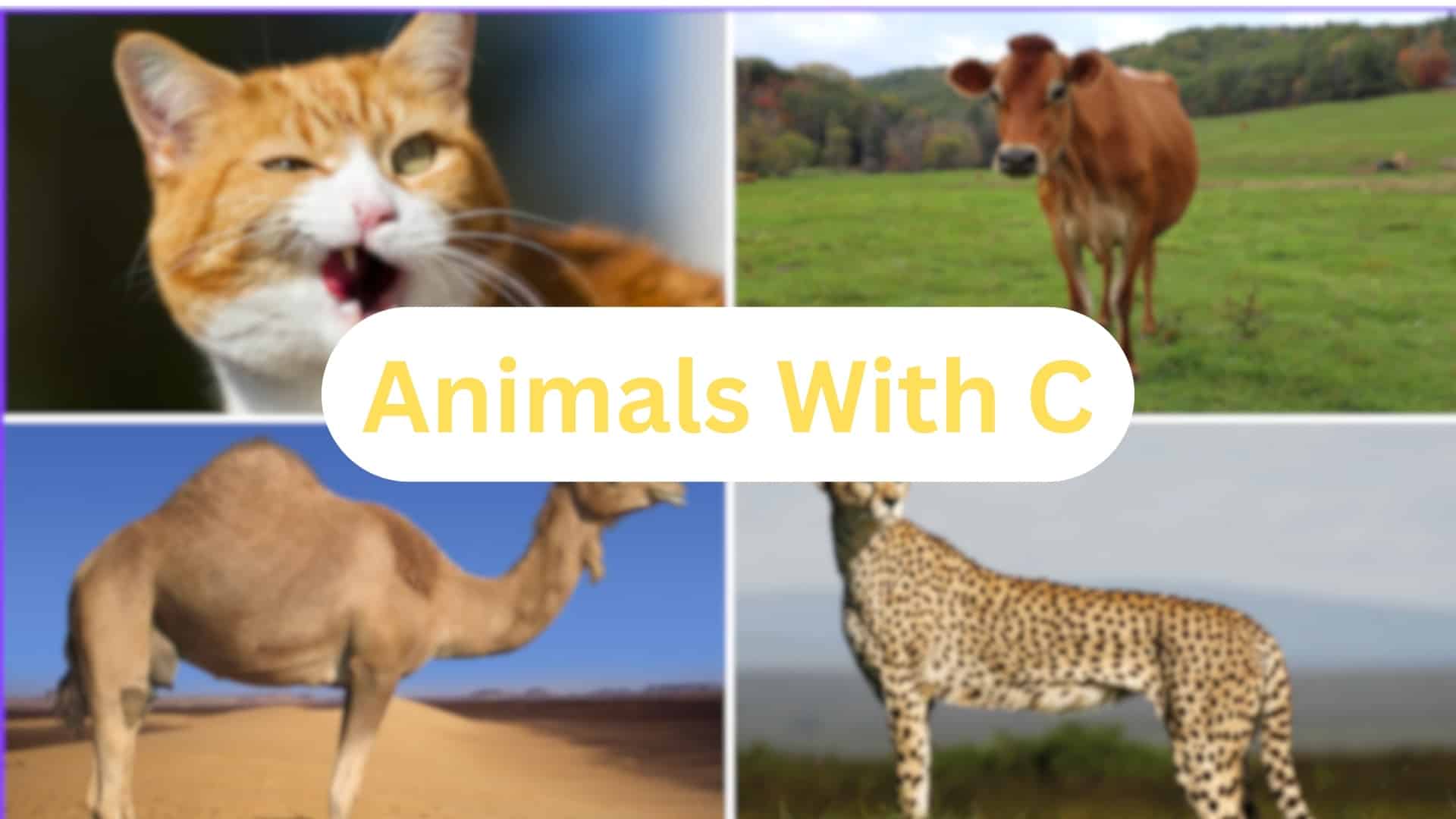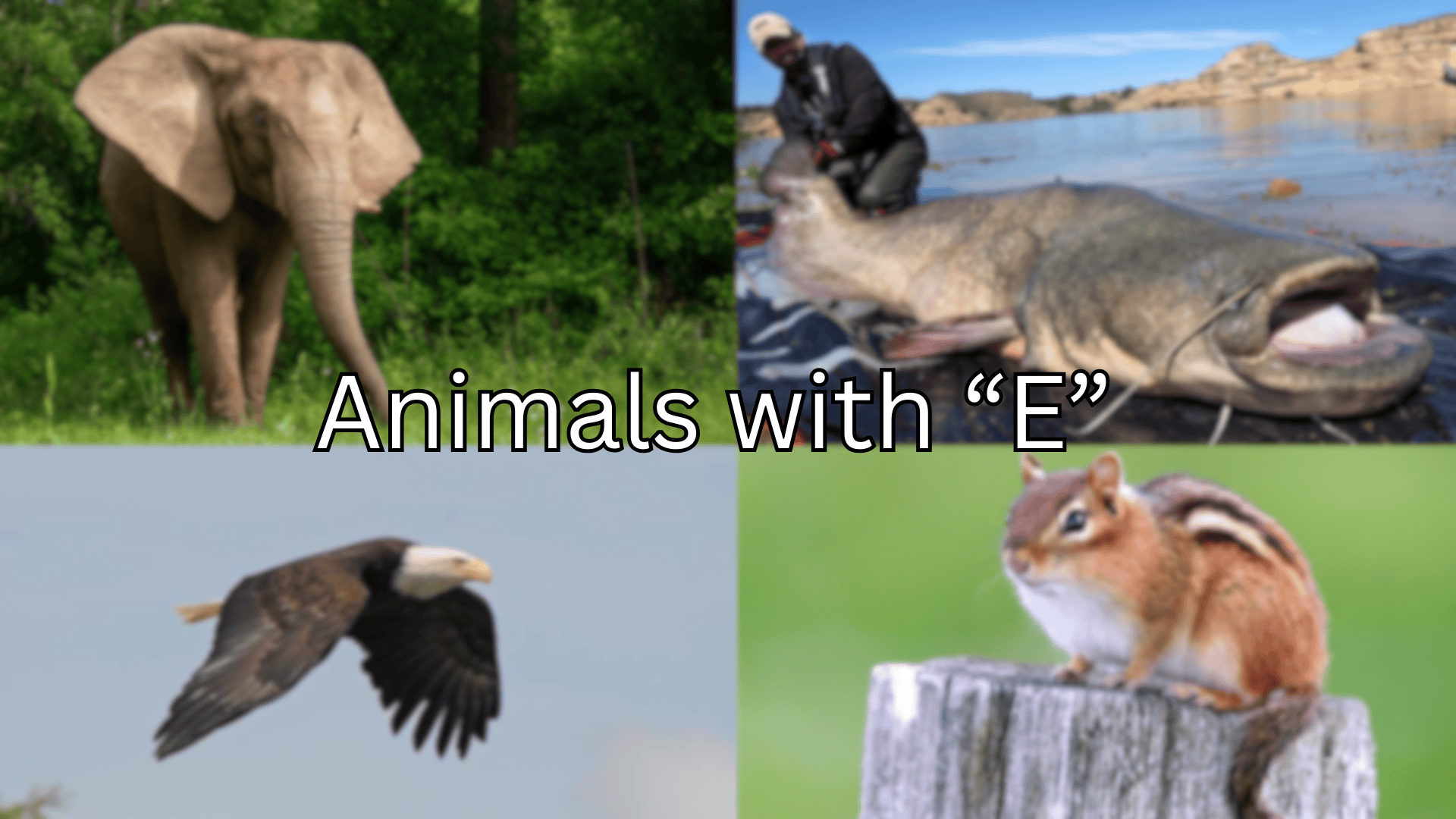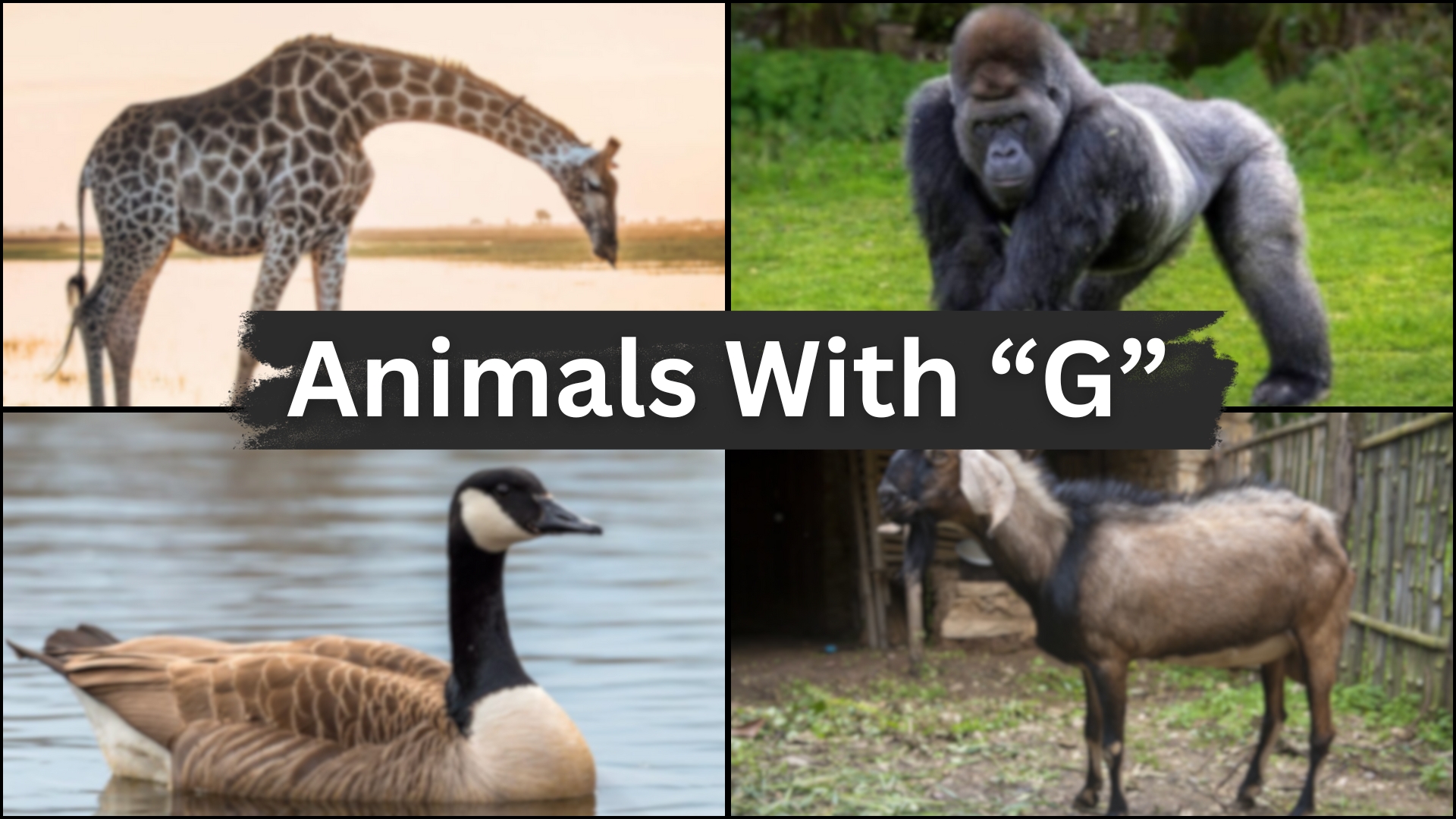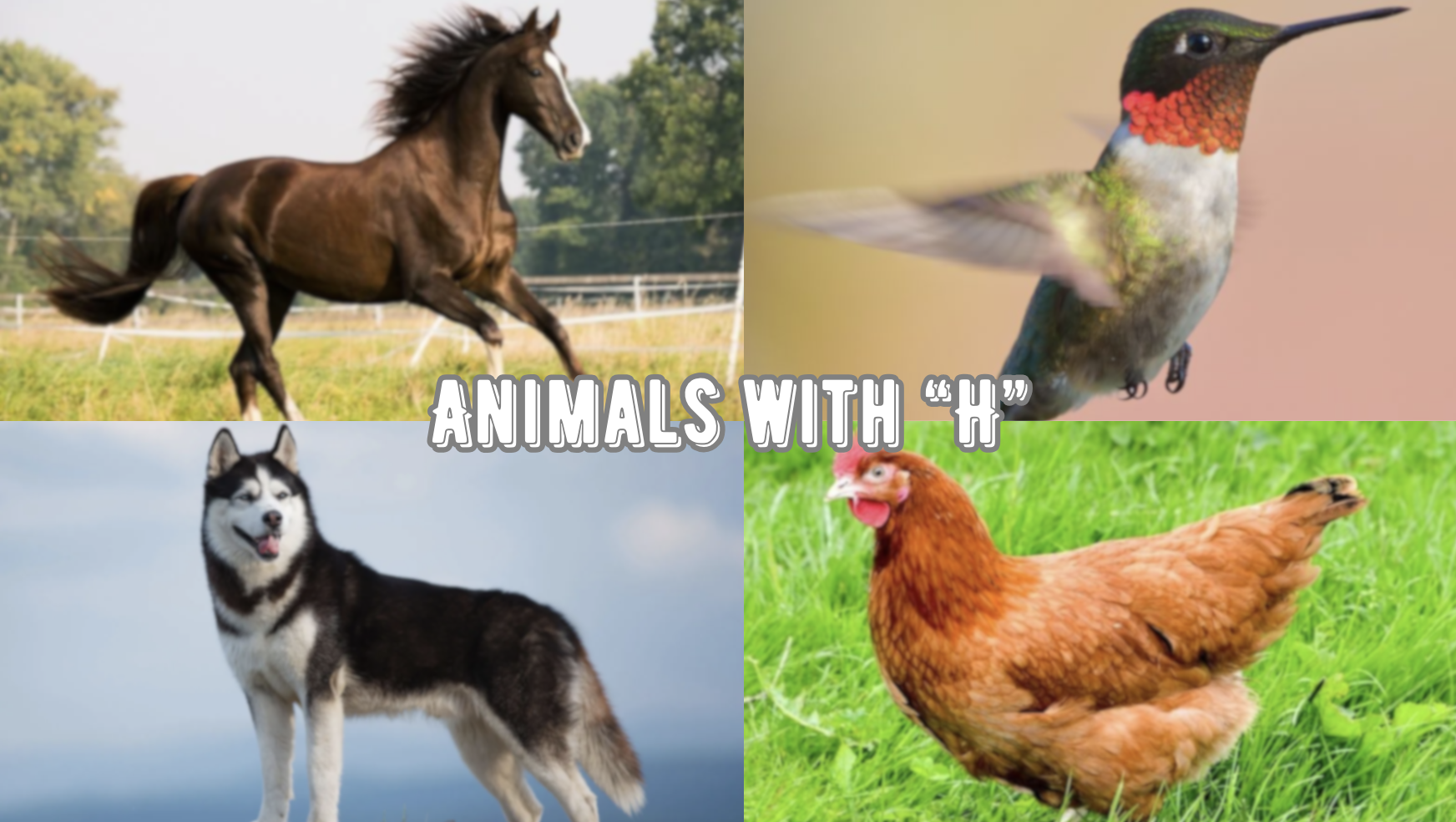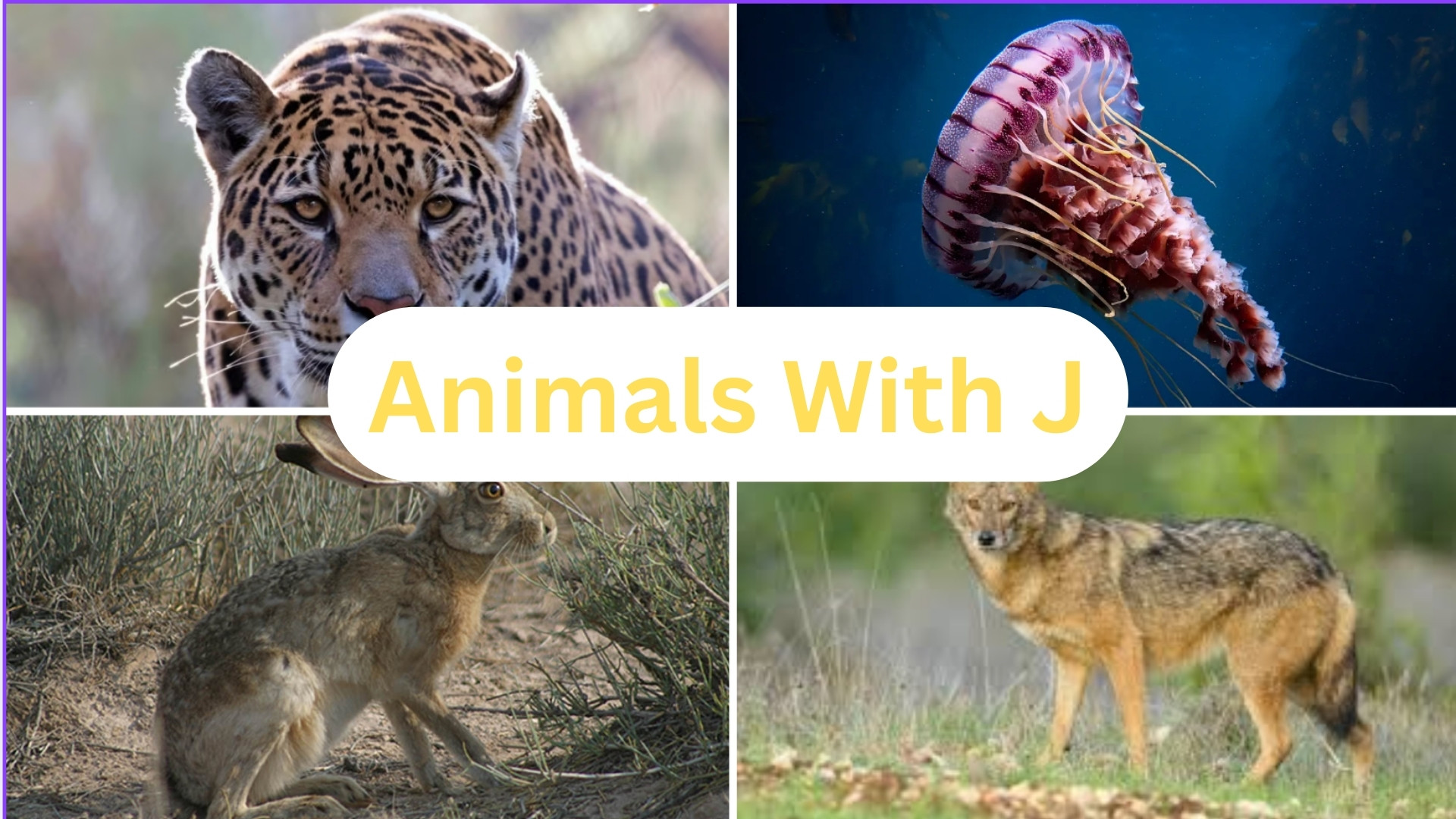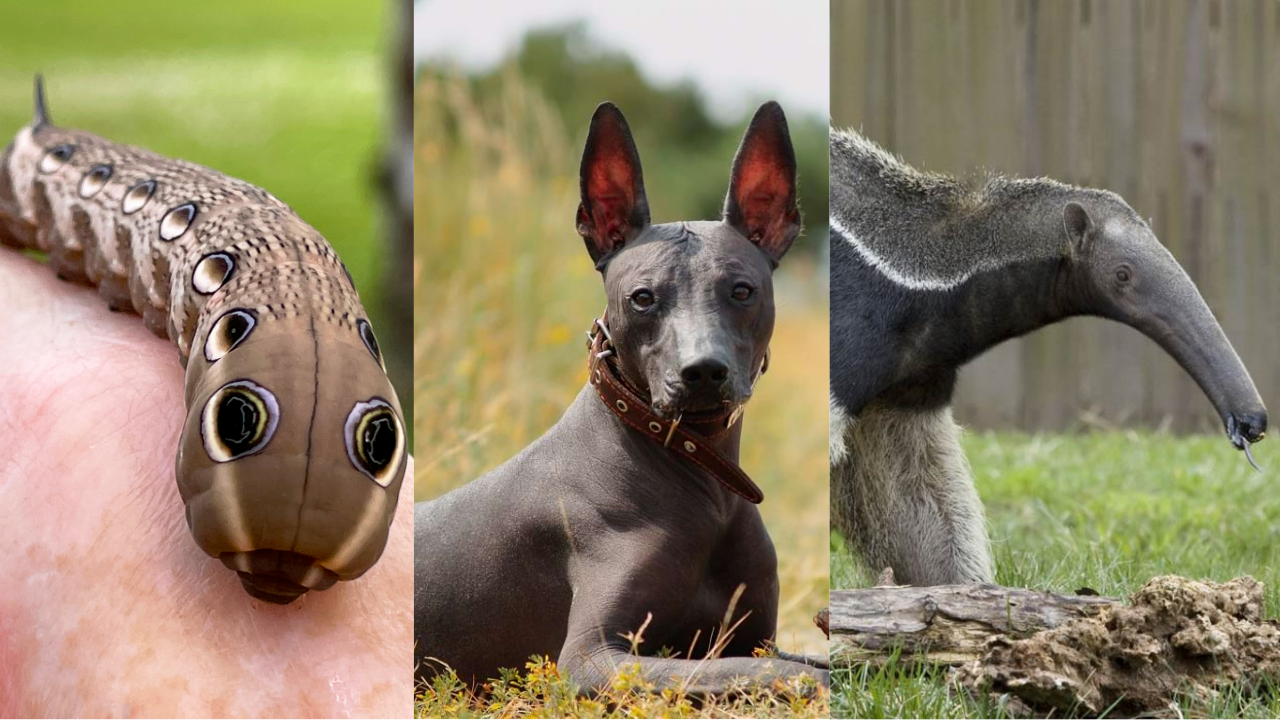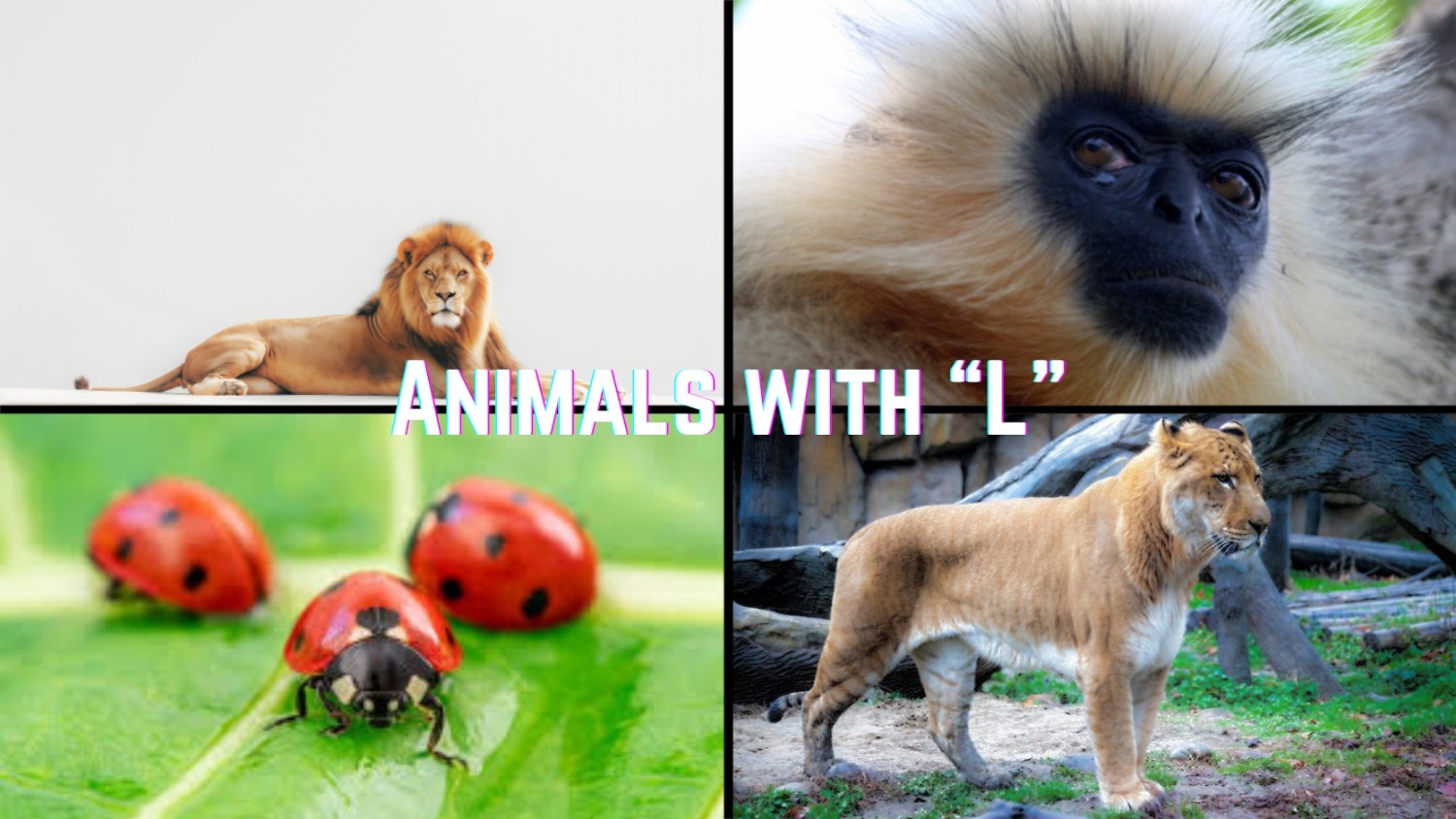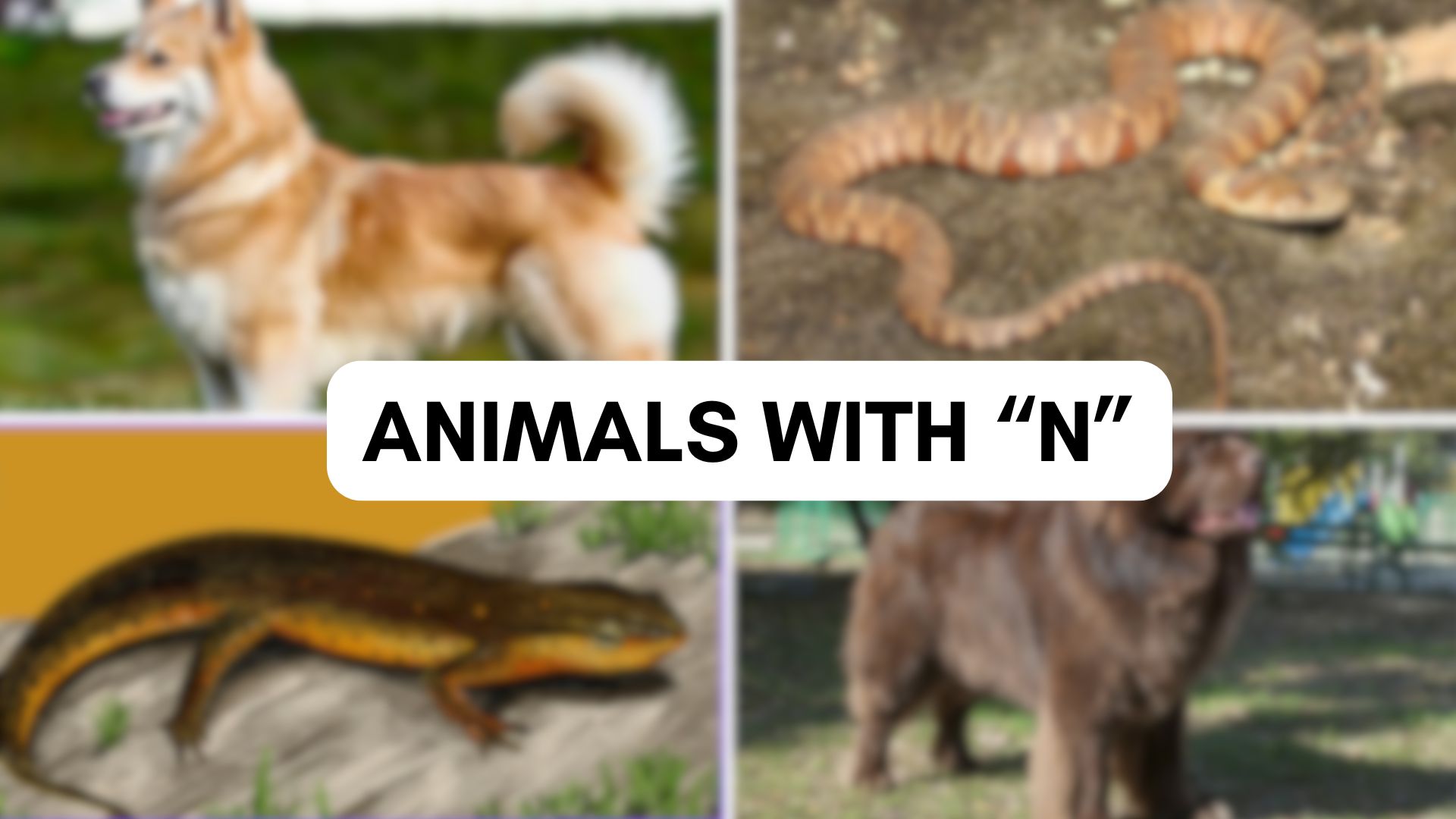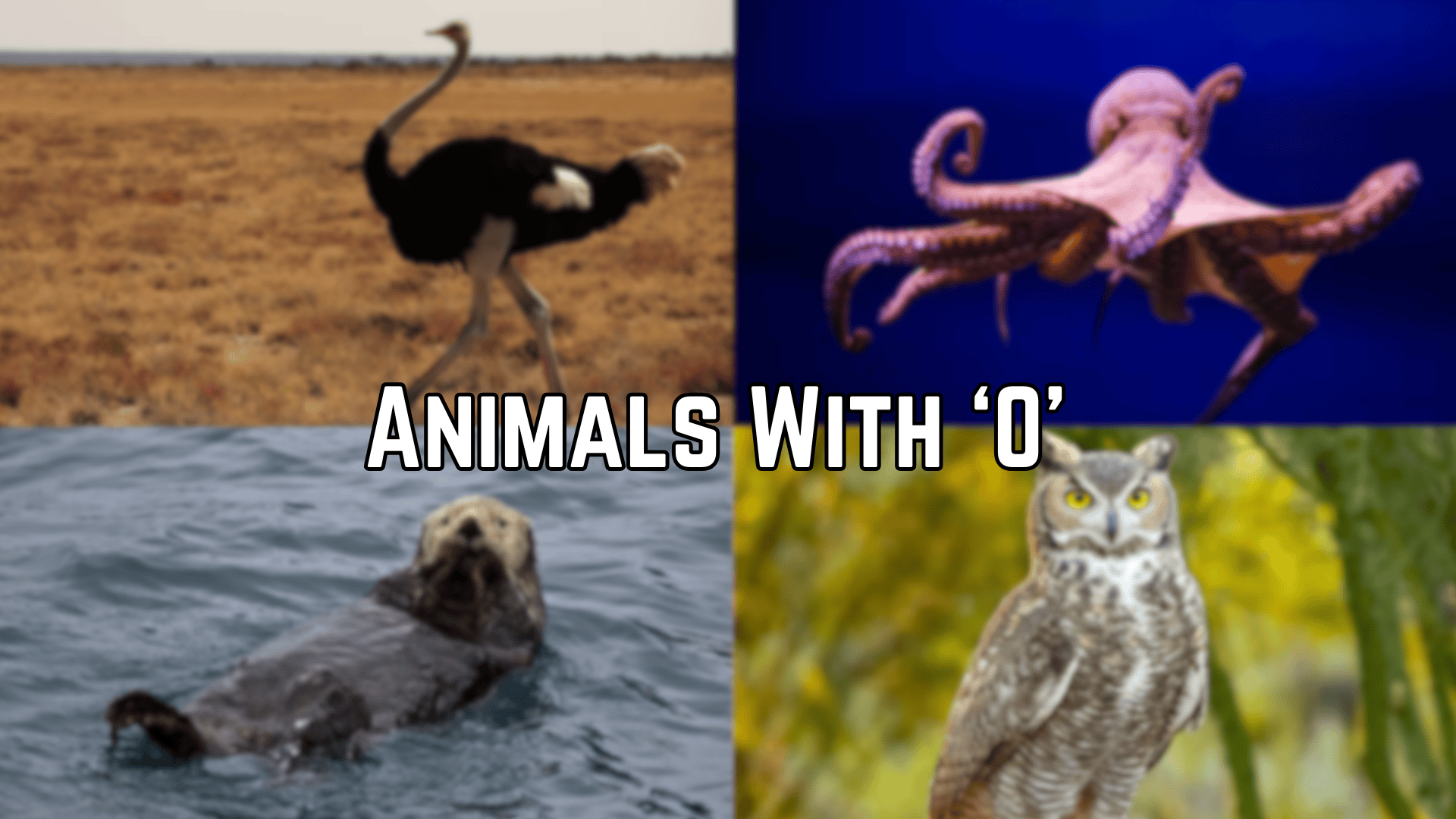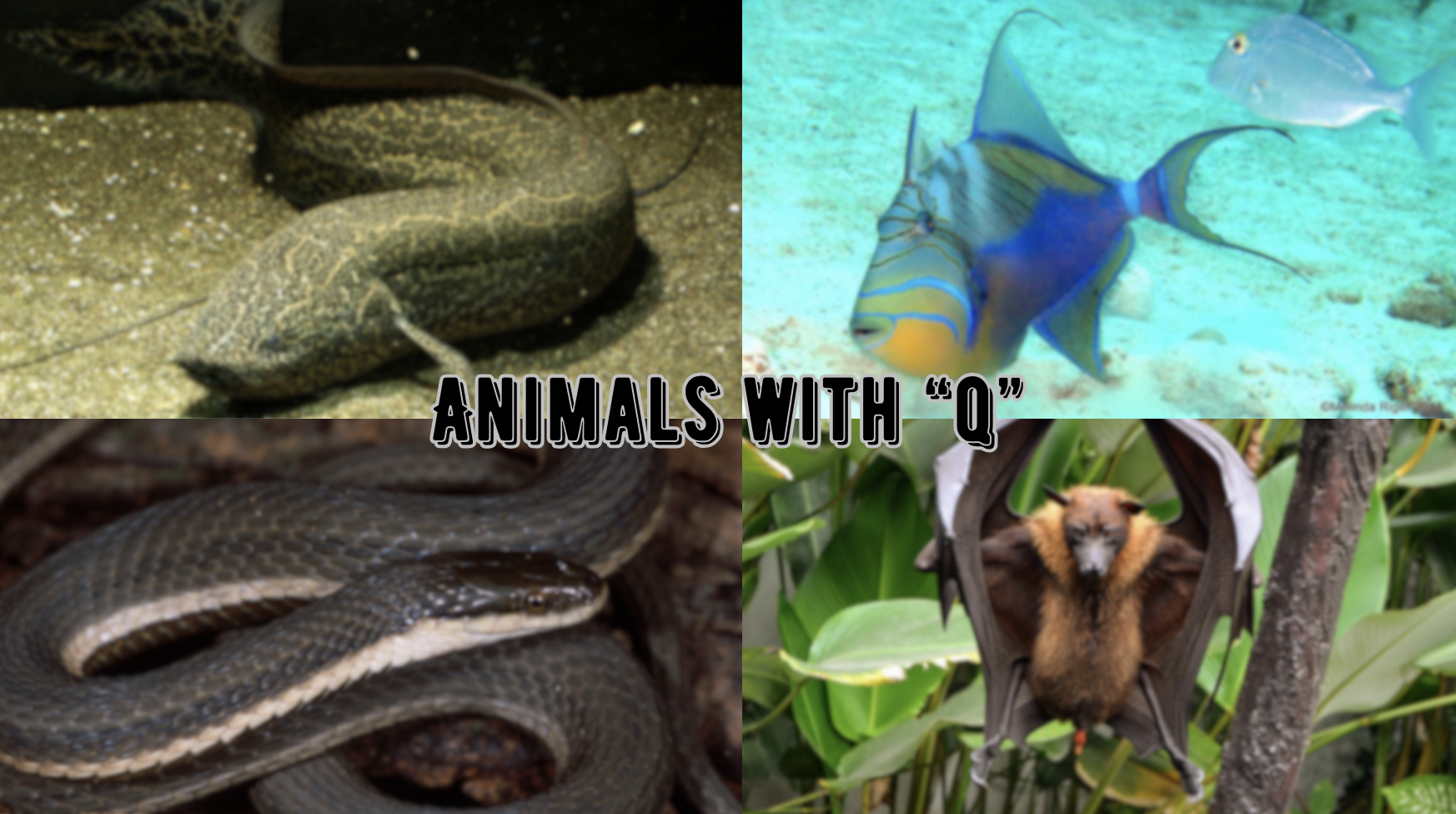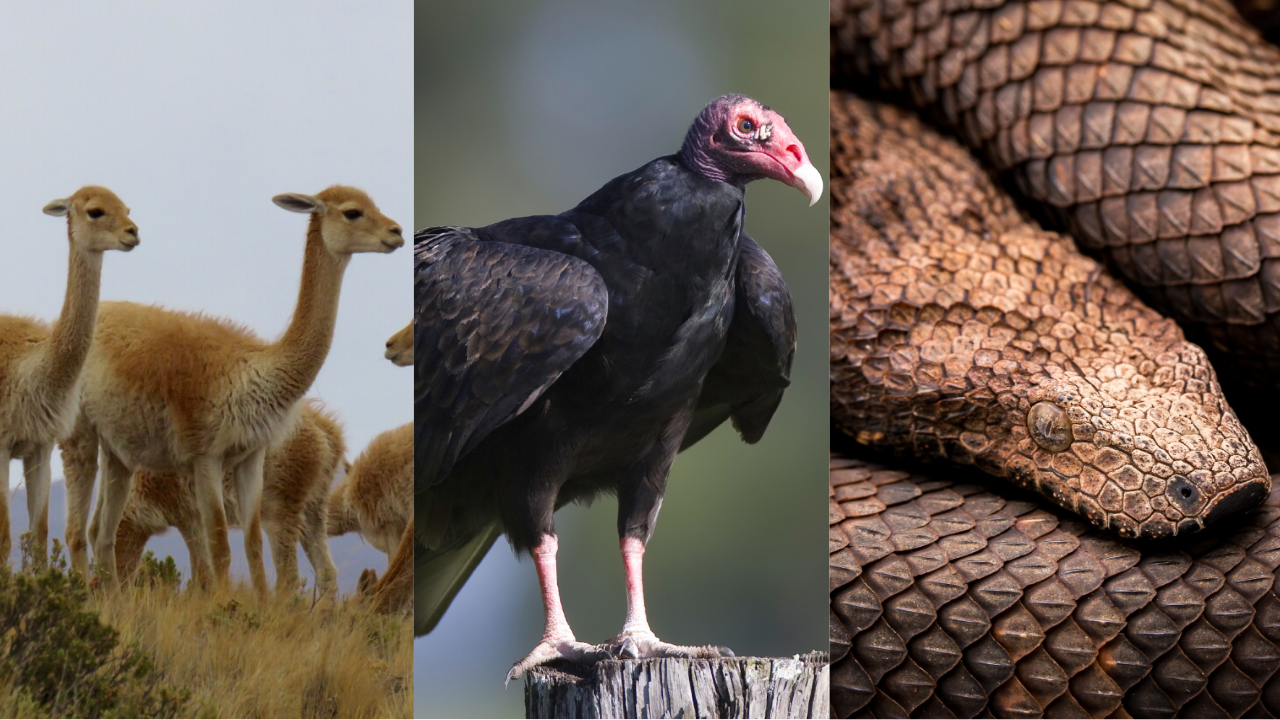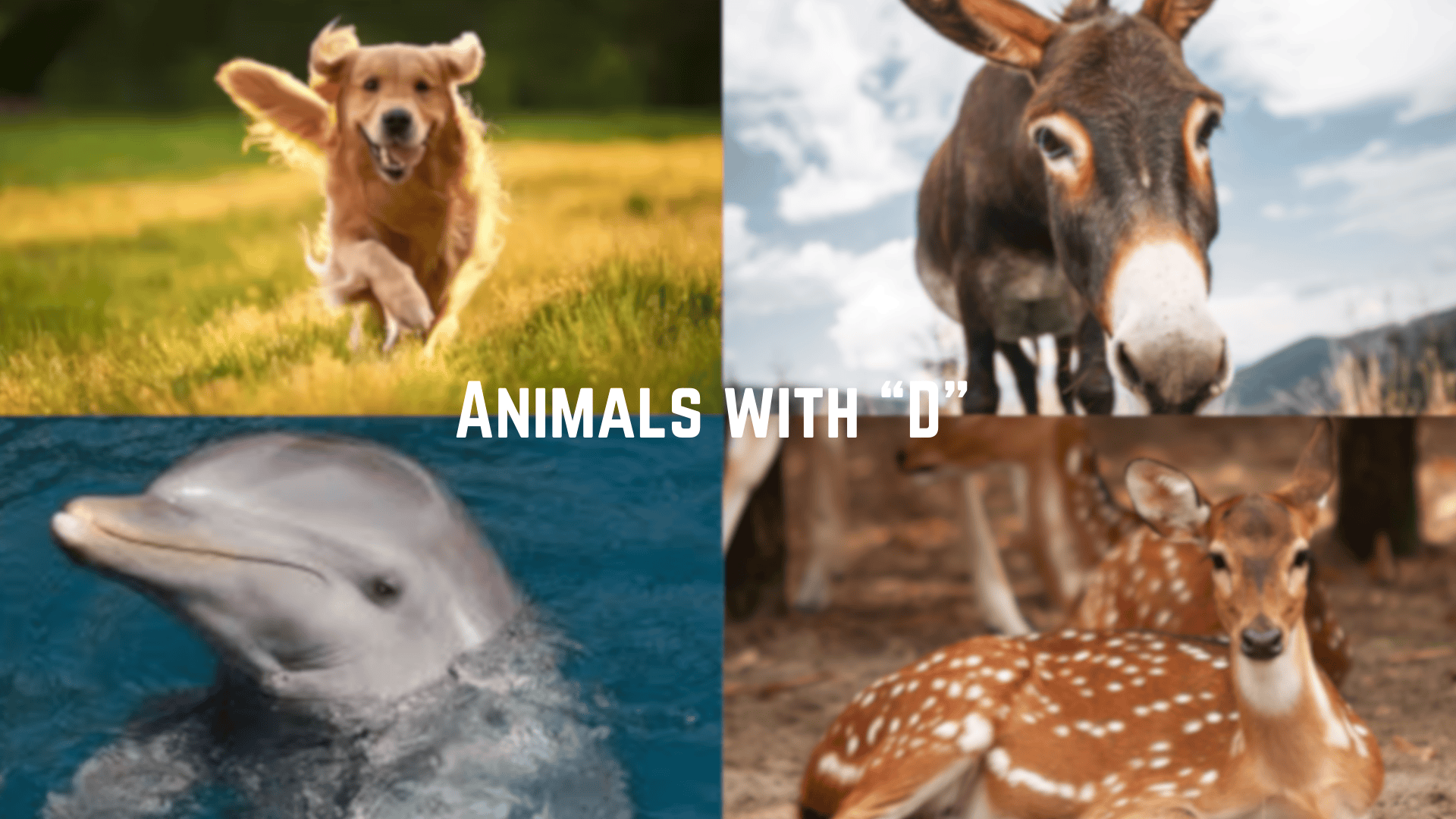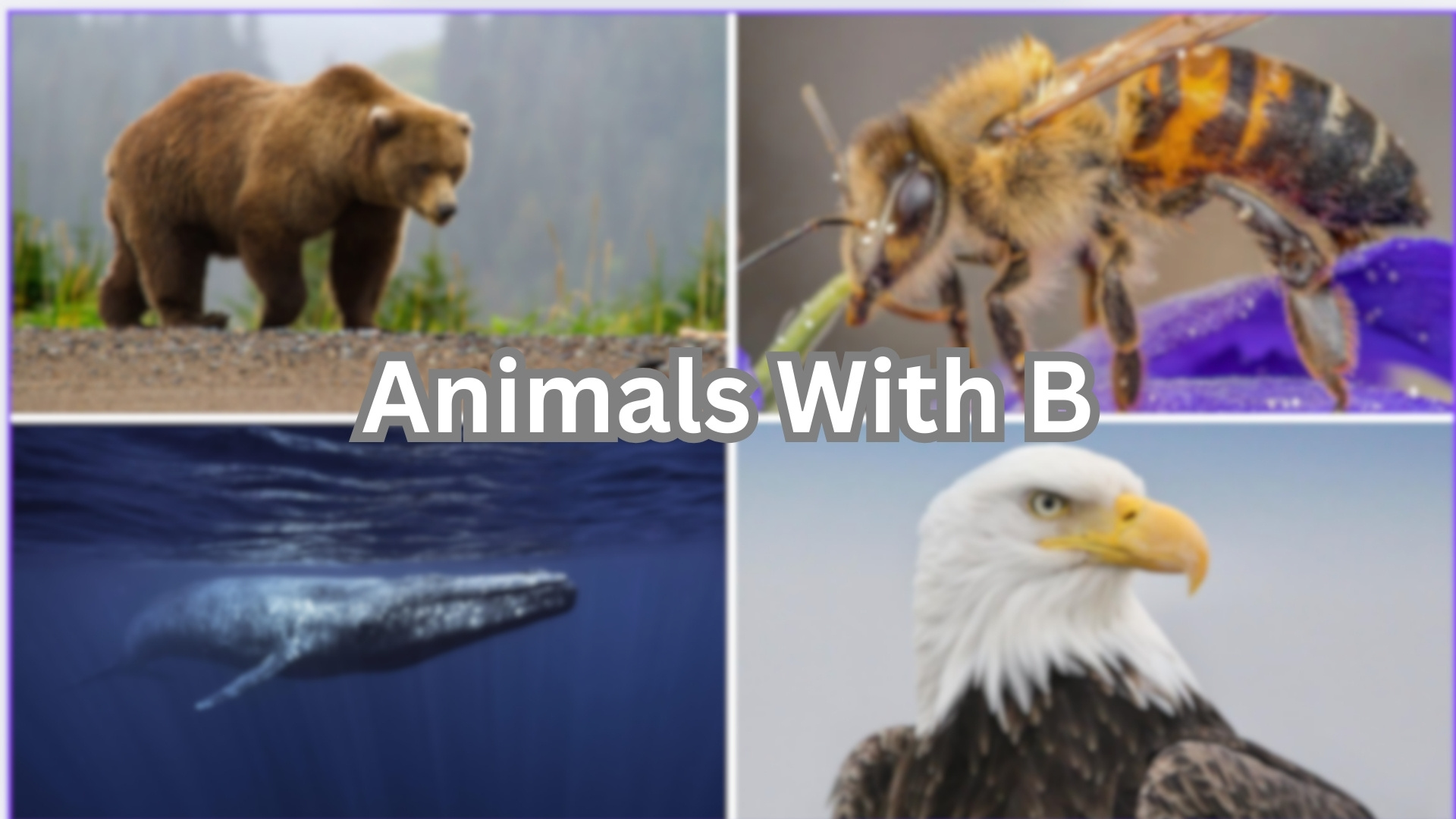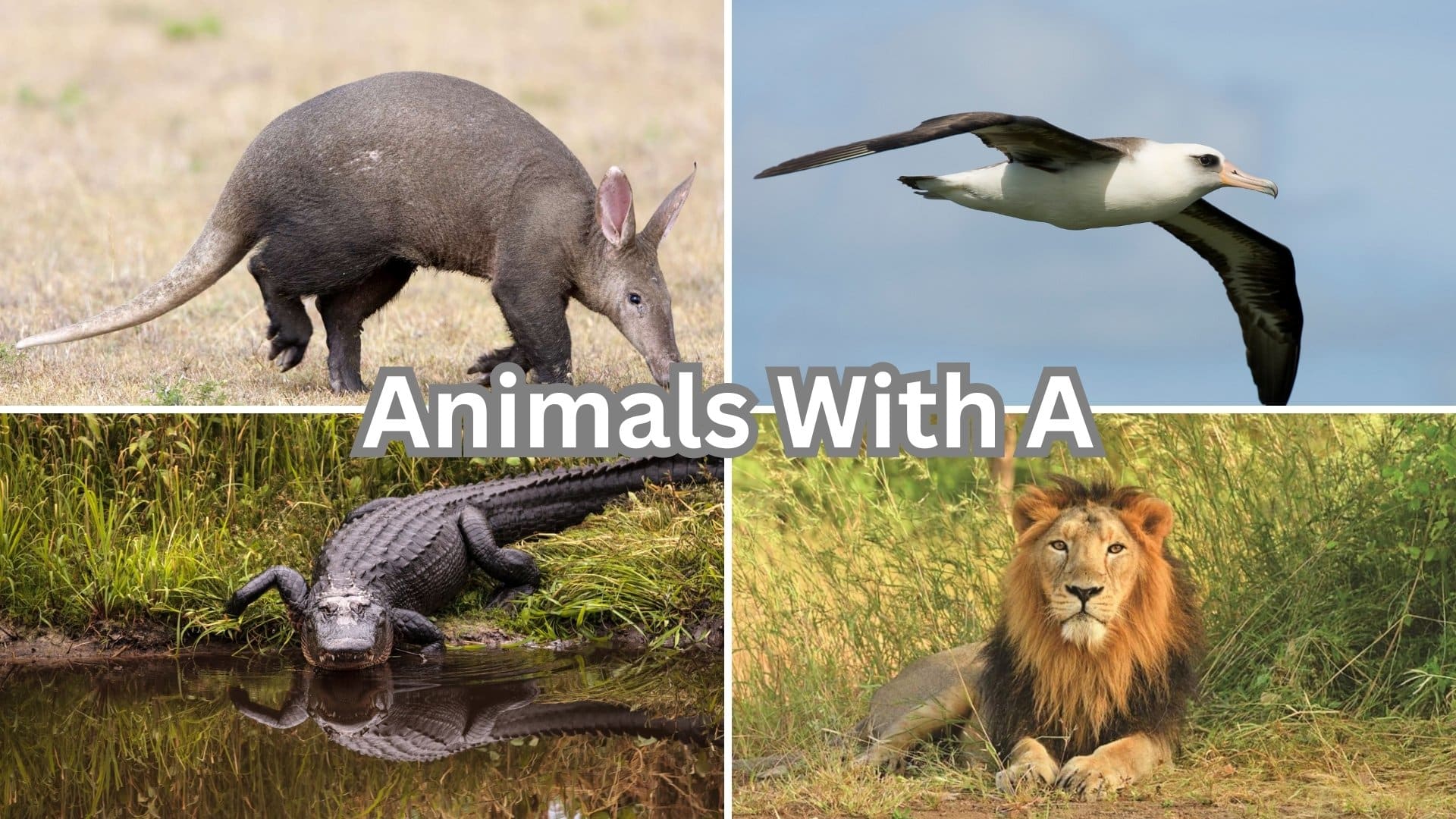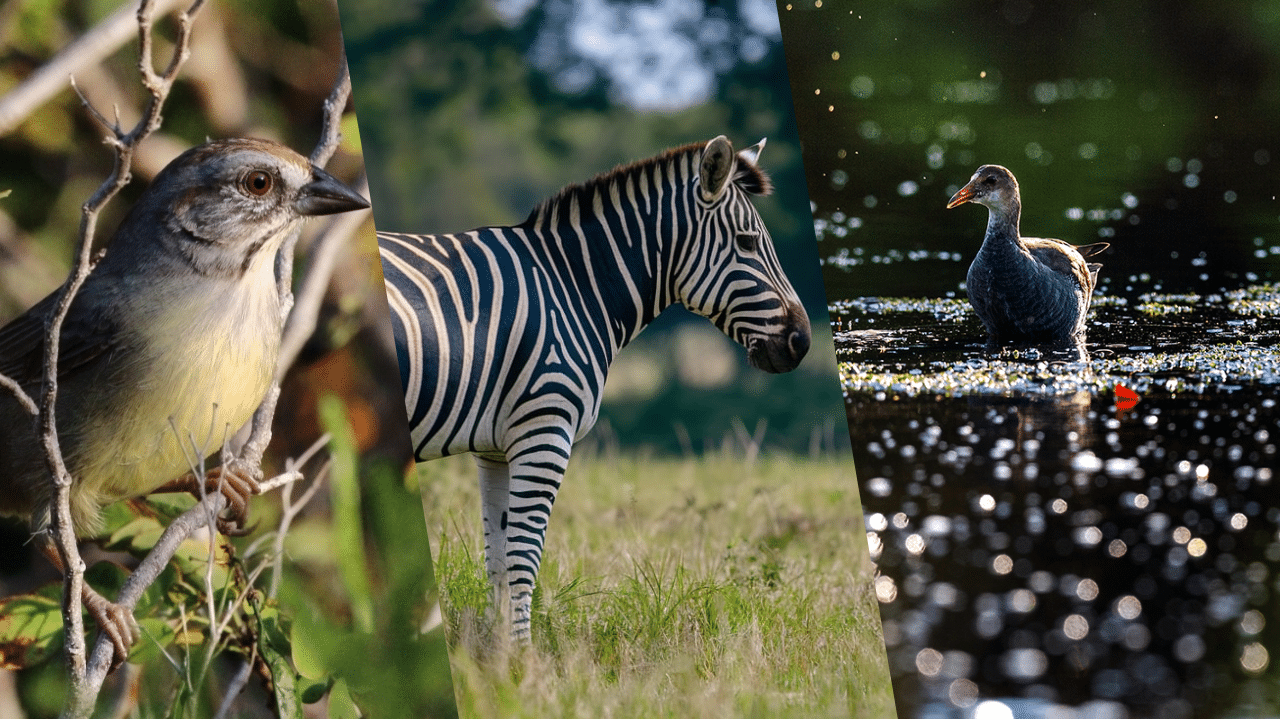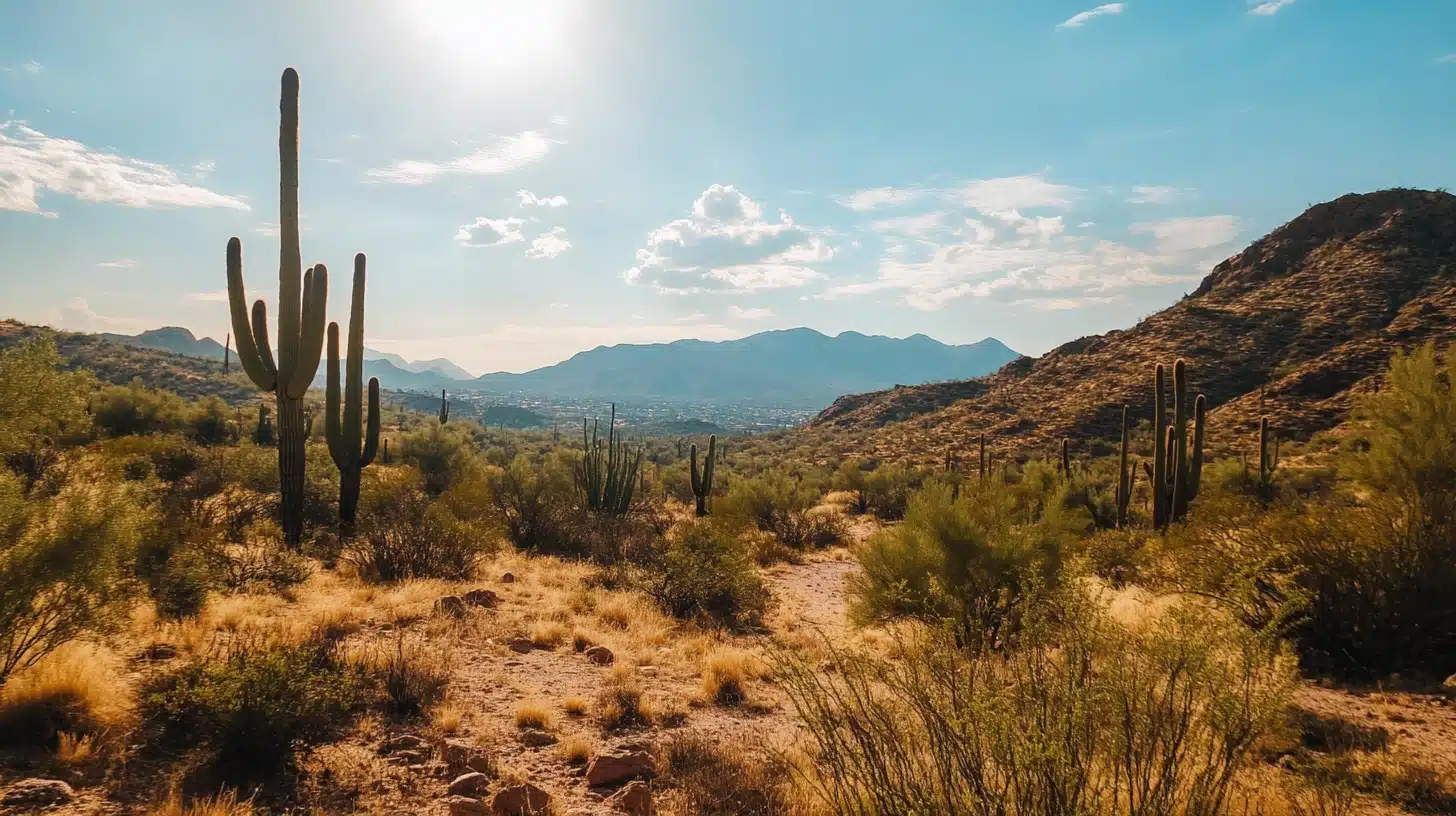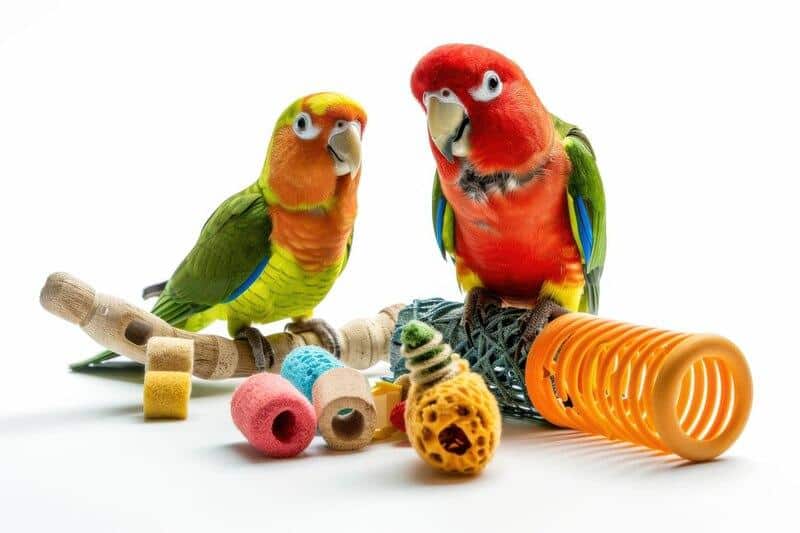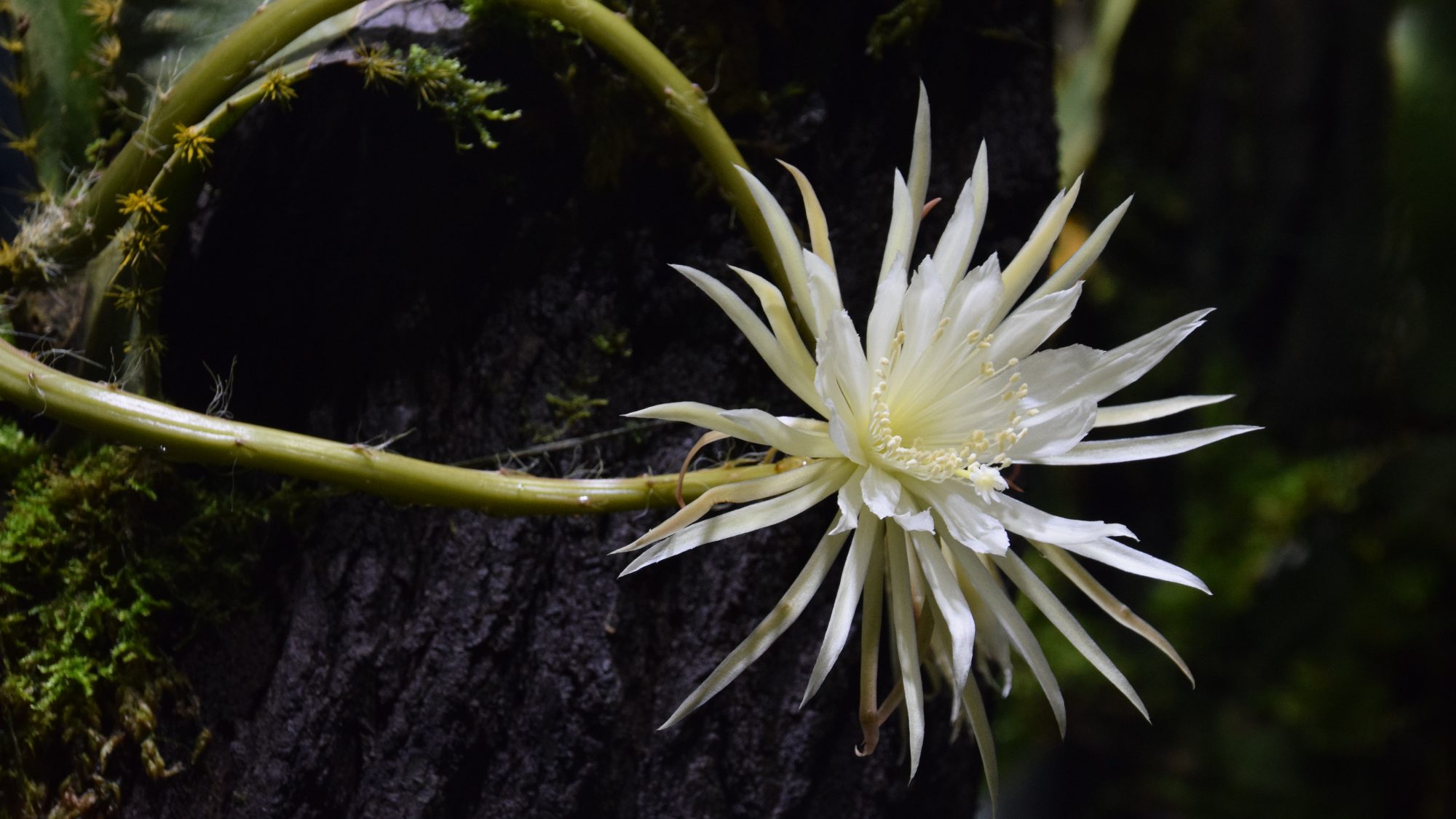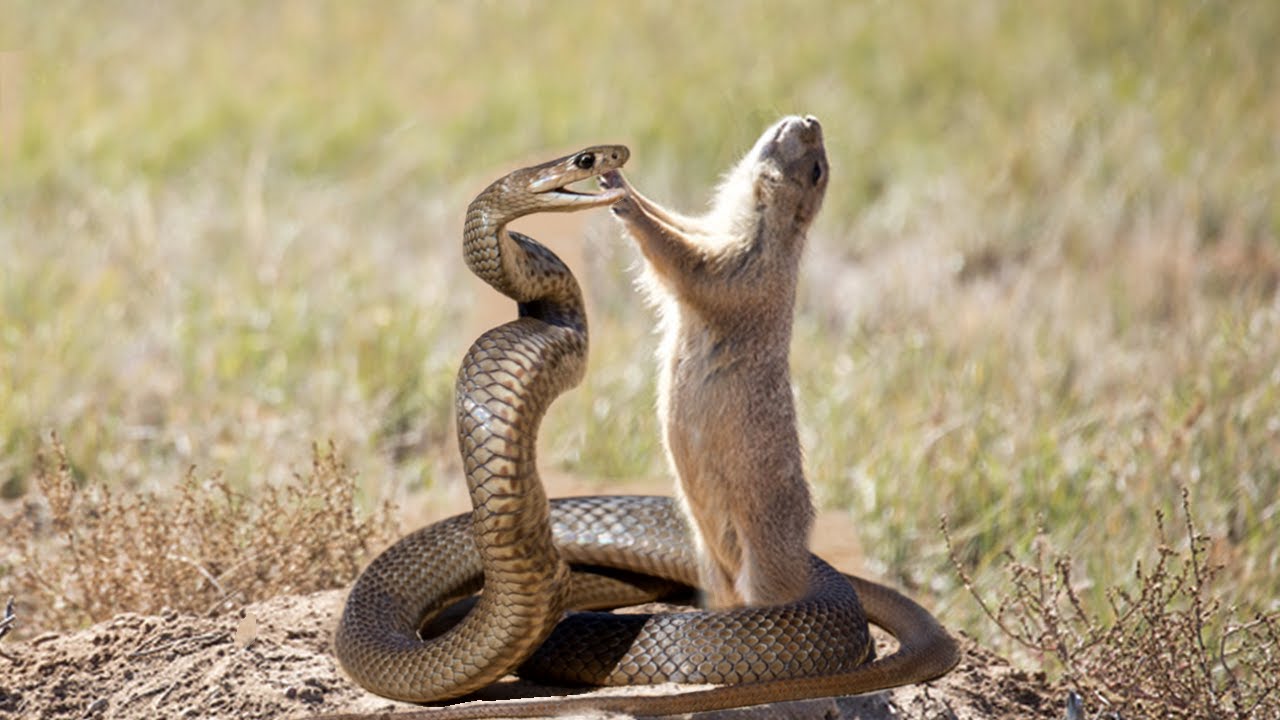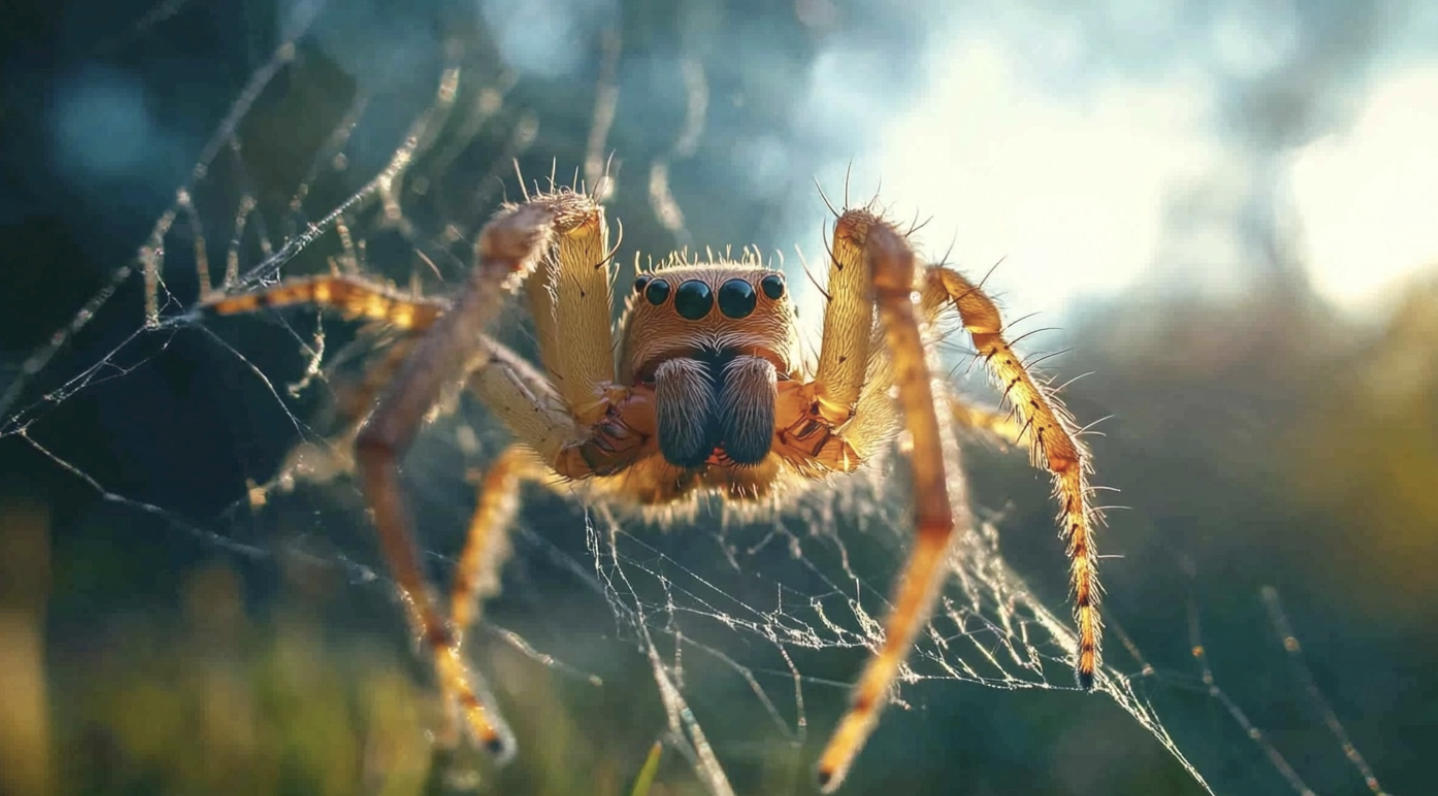
Ever wondered which creatures starting with “P” prowl our planet? From the stealthy panther to the peculiar platypus, nature offers an extraordinary lineup of mammals whose names begin with this playful letter.
Did you know that pangolins, despite their armored appearance, are among the most trafficked mammals in the world?
Their unique scales make them targets for poachers, yet these gentle creatures want to curl into balls and eat ants in peace.
This guide reveals remarkable P-mammals across diverse ecosystems – from the powerful polar bear roaming Arctic ice to the tiny pink fairy armadillo burrowing through Argentine sands.
Each entry reveals habitat information, scientific names, feeding habits, and distinctive sounds these mammals make.
Are you ready to tackle this alphabetical happening through some of Earth’s most gorgeous creatures?
Nature’s P-Parade: Exploring Earth’s Most Unusual Mammals
1. Panther
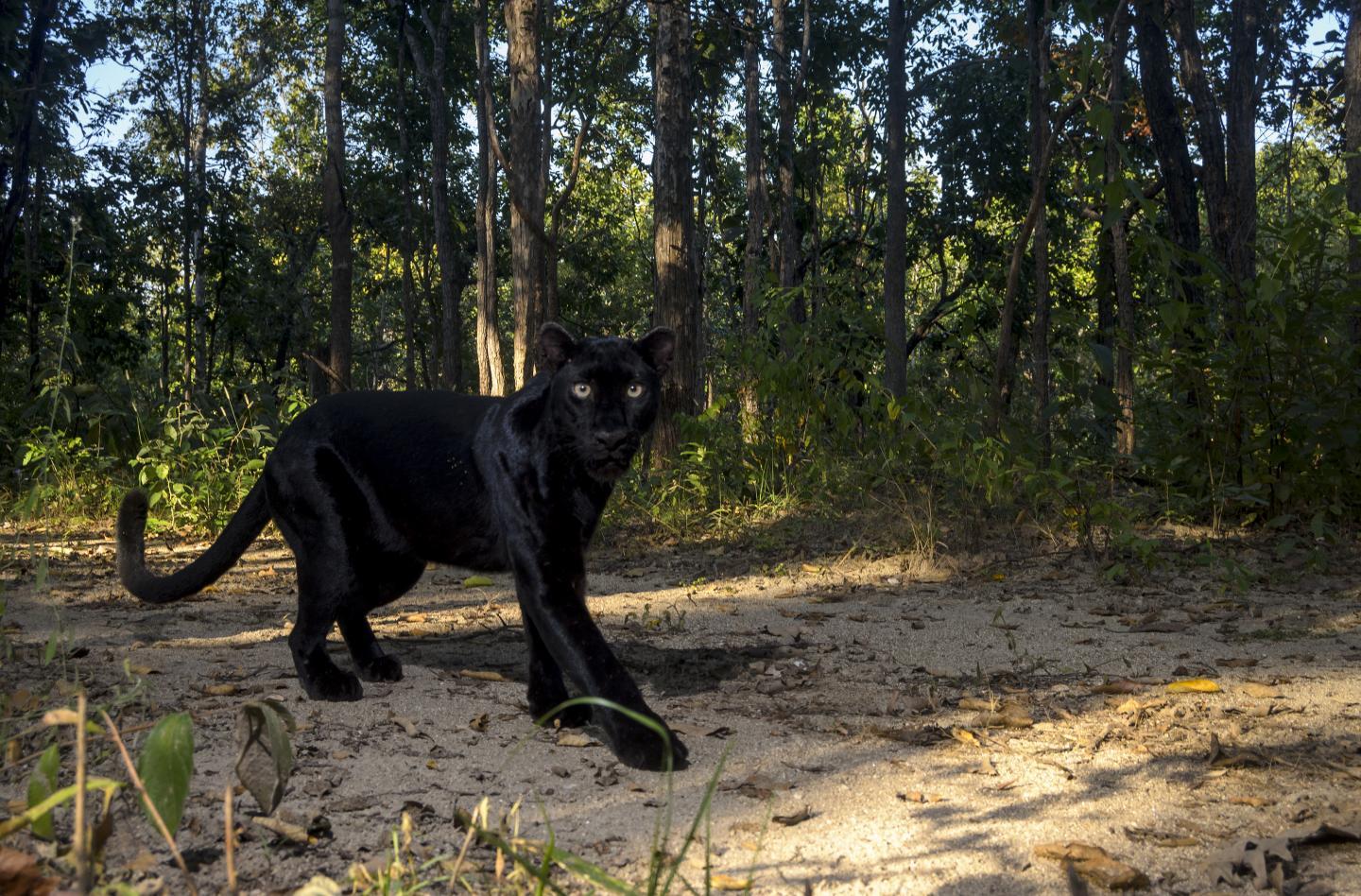
The panther is a large feline known for its sleek black coat, which is actually a melanistic variant of leopards or jaguars.
Panthers are solitary and stealthy predators that are most active at night. They are also powerful climbers and swimmers and are elusive in the wild.
- Region of Habitat: Forests, swamps, and grasslands of Asia and the Americas
- Scientific Name: Panthera pardus (leopard) or Panthera onca (jaguar)
- Feeding Habits: Carnivorous, preys on deer, wild boar, and smaller mammals
- What Sound They Make: Growls, hisses, and occasional roars
- Fun Facts
Panthers are not a separate species but a term used to describe black variants of other big cats.
Their dark coloration helps them hunt effectively at night. Despite their fearsome image, they are rarely seen and tend to avoid human contact.
2. Platypus
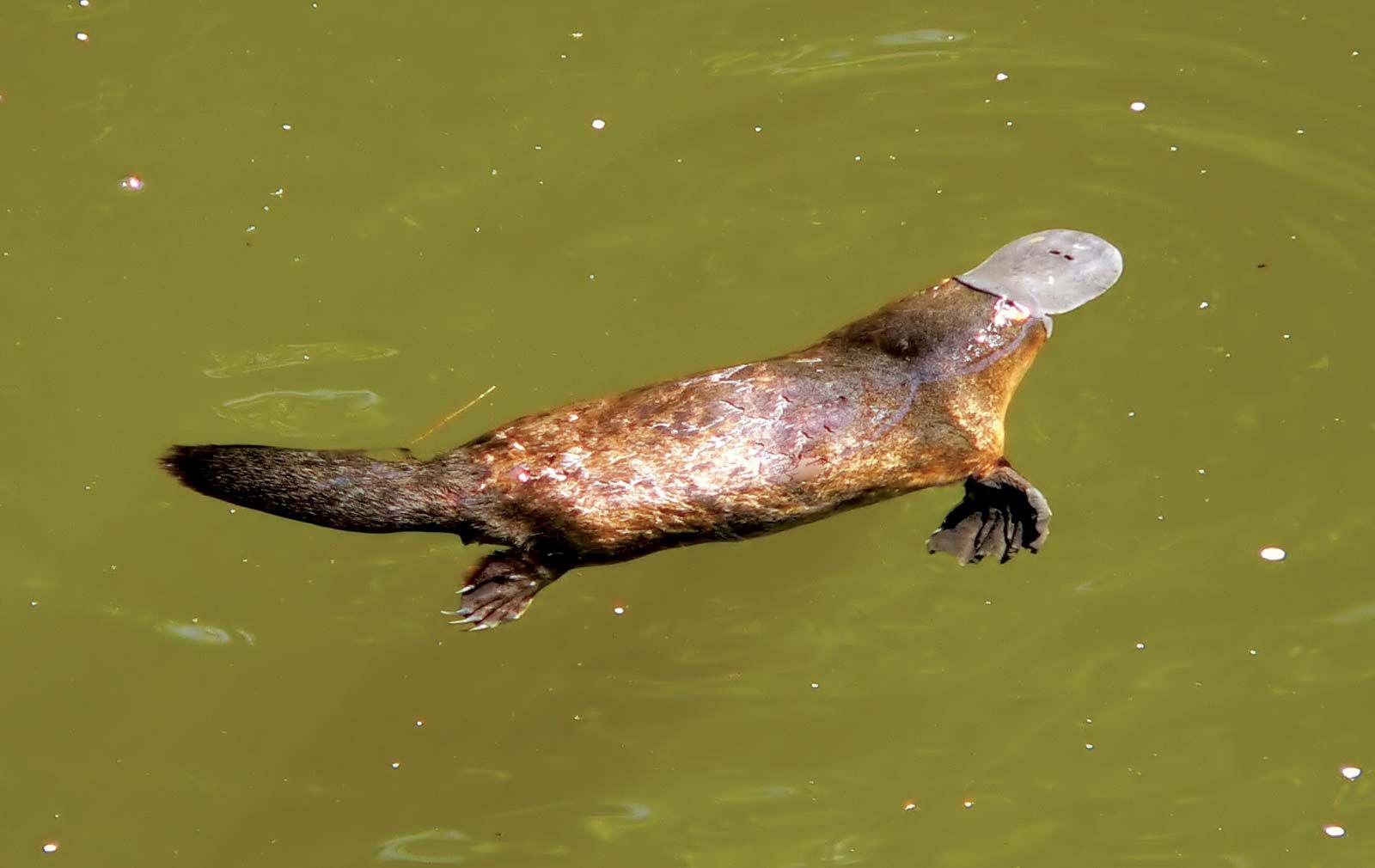
The platypus is a semi-aquatic mammal native to Australia. It is known for its duckbill, webbed feet, and egg-laying ability.
It has a flat tail and dense waterproof fur and spends much of its time in freshwater rivers and streams. Male platypuses have venomous spurs on their hind legs.
- Region of Habitat: Eastern Australia and Tasmania
- Scientific Name: Ornithorhynchus anatinus
- Feeding Habits: Carnivorous; eats insects, larvae, shellfish, and worms
- What Sound They Make: Low growling or grunting sounds
Fun Facts
The platypus is one of the only mammals that lays eggs. Early European scientists thought it was a hoax due to its unusual appearance. It uses electrolocation to detect prey underwater, closing its eyes and ears while diving.
3. Panda
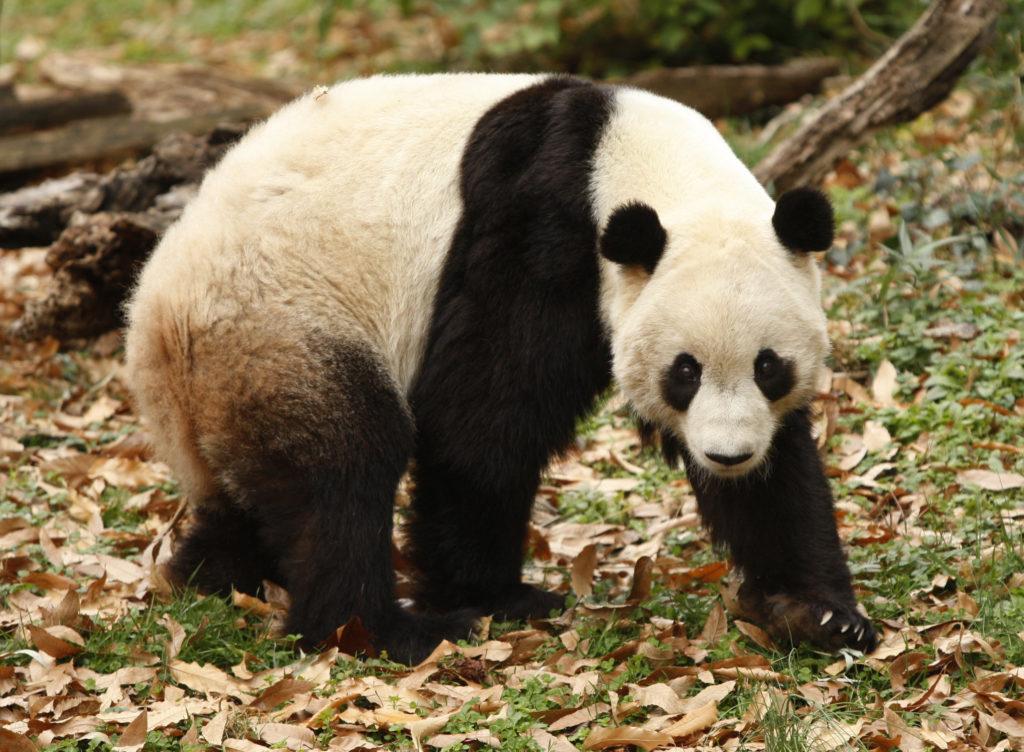
Pandas are large black-and-white bears easily recognized for their distinct coloring and gentle demeanor.
Native to China, they primarily eat bamboo and are classified as a vulnerable species. Despite being bears, pandas do not hibernate and are mostly solitary.
- Region of Habitat: Mountain forests in central China
- Scientific Name: Ailuropoda melanoleuca
- Feeding Habits: Herbivorous, mainly eats bamboo
- What Sound They Make: Bleats, honks, growls, and huffs
Fun Facts
Pandas spend up to 14 hours a day eating bamboo and can consume up to 40 pounds daily. They have a pseudo-thumb that helps grip stalks. Though solitary, they communicate through scent marking and vocalizations.
4. Polar Bear
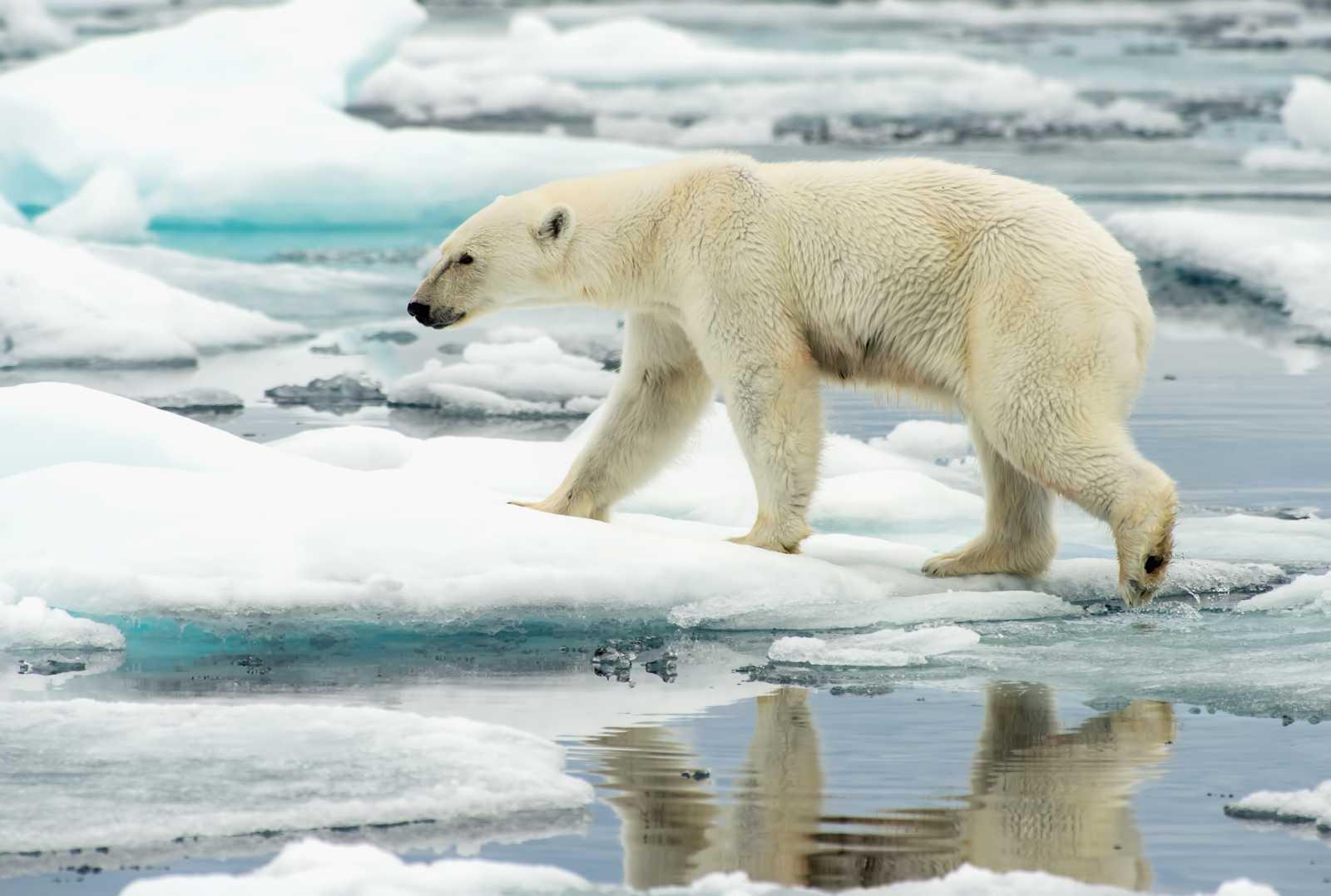
Polar bears are the largest land carnivores. They are specially adapted to cold environments, with thick fur and a layer of fat.
They are excellent swimmers and can travel long distances in search of food. They primarily hunt seals on sea ice.
- Region of Habitat: Arctic Circle, surrounding seas, and ice-covered regions
- Scientific Name: Ursus maritimus
- Feeding Habits: Carnivorous, mainly feeds on seals
- What Sound They Make: Growls, huffs, and roars
Fun Facts
Polar bears have black skin under their white fur to absorb heat from sunlight. Their fur is actually transparent, not white. Despite their size, they can swim continuously for days.
5. Porcupine
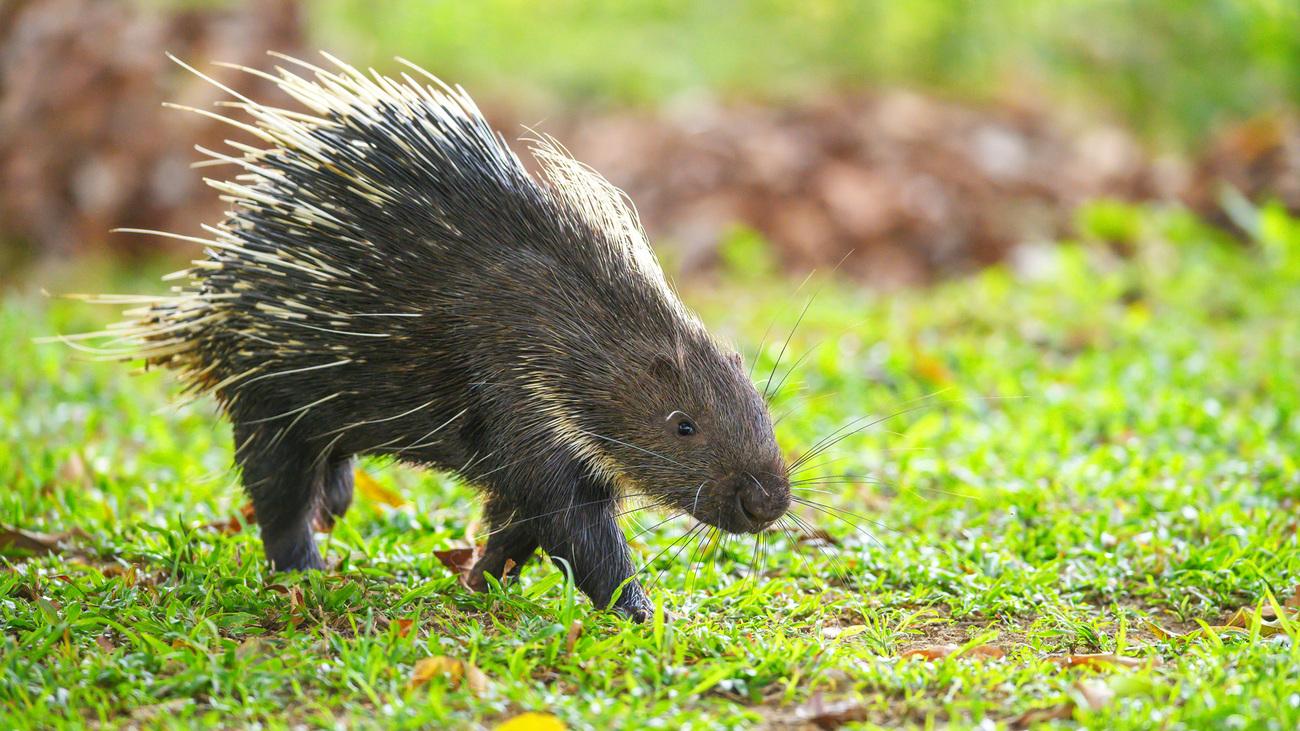
Porcupines are rodents covered with sharp quills that serve as a defense mechanism. They are mostly nocturnal and slow-moving, relying on their quills for protection. Porcupines are herbivores and are good climbers.
- Region of Habitat: North and South America, Africa, and parts of Asia
- Scientific Name: Erethizon dorsatum (North American)
- Feeding Habits: Herbivorous; eats bark, leaves, fruits, and stems
- What Sound They Make: Grunts, whines, and moans
Fun Facts
Porcupine quills are not thrown but detach easily when touched. Some species have over 30,000 quills. They also have a strong odor to deter predators.
6. Pangolin
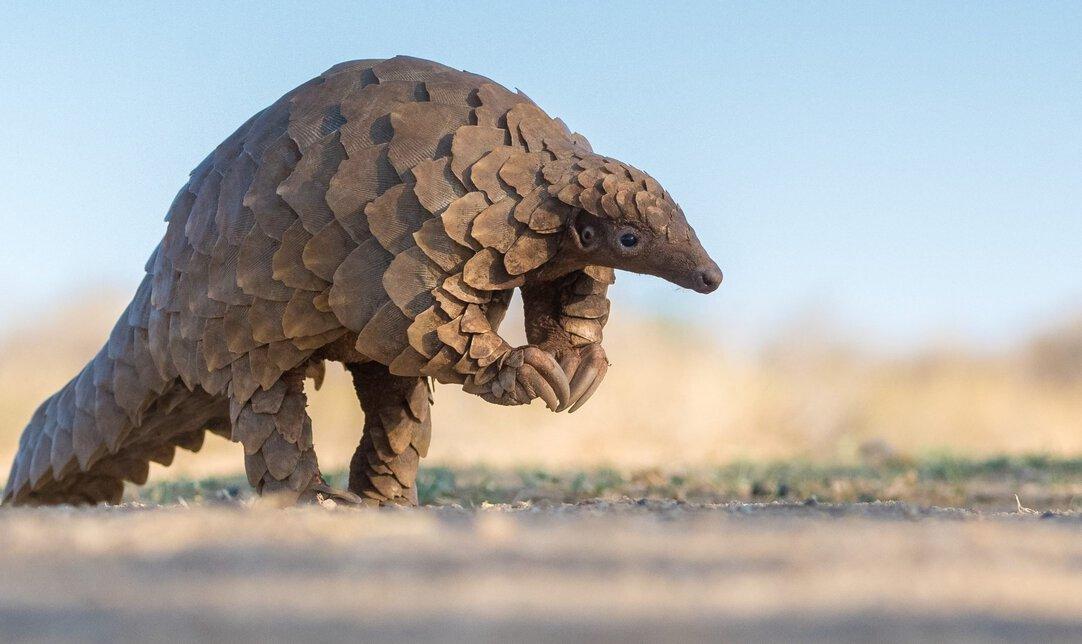
Pangolins are unique mammals covered in protective keratin scales. They are known for their insectivorous diet and curl into a tight ball when threatened. Sadly, they’re among the most trafficked mammals in the world.
- Region of Habitat: Asia and Sub-Saharan Africa
- Scientific Name: Manis spp.
- Feeding Habits: Insectivorous, eats ants and termites
- What Sound They Make: Hissing or sniffing sounds
Fun Facts
Pangolins have no teeth and use their sticky tongues to catch insects. Their tongues can be longer than their bodies. They can close their ears and nostrils to keep out ants.
7. Porpoise

Porpoises are small, toothed whales that resemble dolphins but have shorter snouts and spade-shaped teeth. They are shy and less acrobatic than dolphins. Porpoises live in coastal waters and estuaries.
- Region of Habitat: Coastal areas of the Northern Hemisphere
- Scientific Name: Phocoenidae family
- Feeding Habits: Carnivorous, eats fish, squid, and crustaceans
- What Sound They Make: Clicks and high-frequency whistles
Fun Facts
Porpoises use echolocation to navigate and find food underwater. They are quieter than dolphins, which helps them avoid predators. Some species, like the vaquita, are critically endangered.
8. Possum
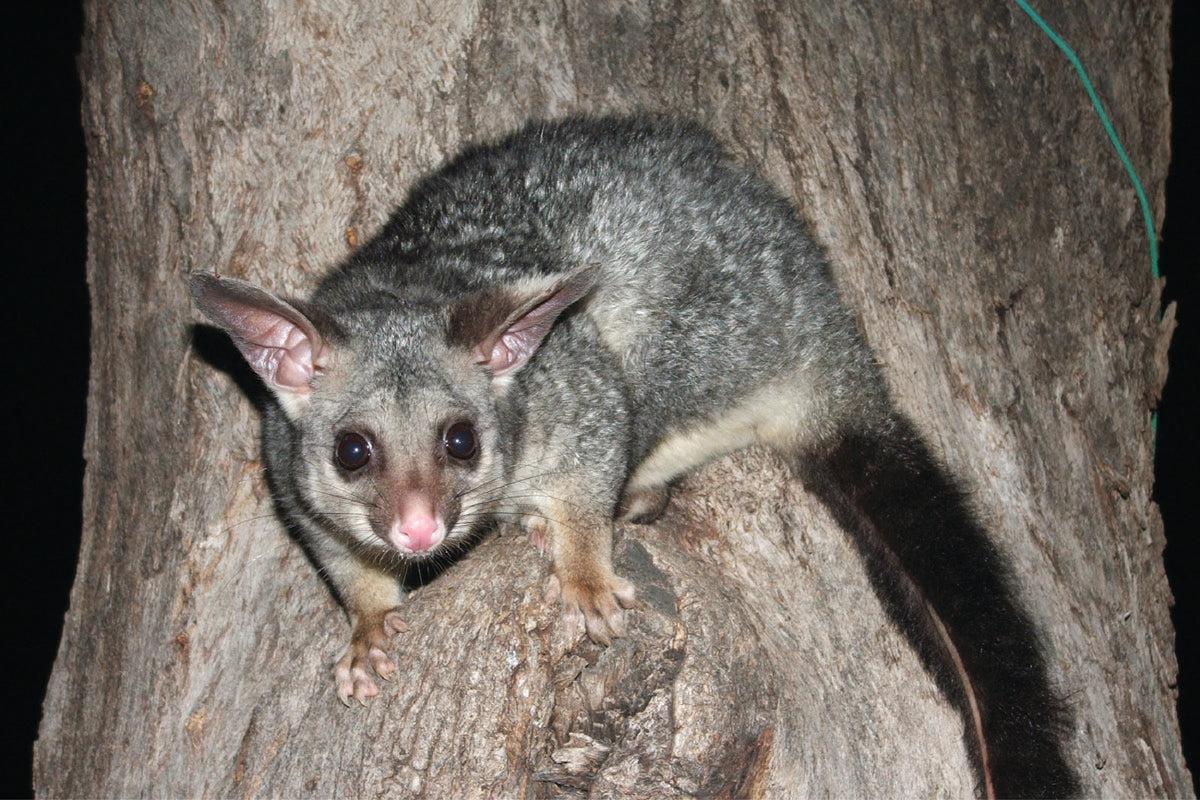
Possums are marsupials that are mostly nocturnal and are known for their ability to “play dead” when threatened. They have prehensile tails and opposable thumbs for climbing.
- Region of Habitat: North America (opossums), Australia (true possums)
- Scientific Name: Didelphimorphia (opossums), Phalangeridae (true opossums)
- Feeding Habits: Omnivorous, eats fruits, insects, small animals
- What Sound They Make: Hissing, growling, and clicking sounds
Fun Facts
Opossums are immune to certain snake venoms and rarely get rabies. Their “playing dead” act can last for hours and includes drooling and a foul smell to deter predators.
9. Pig
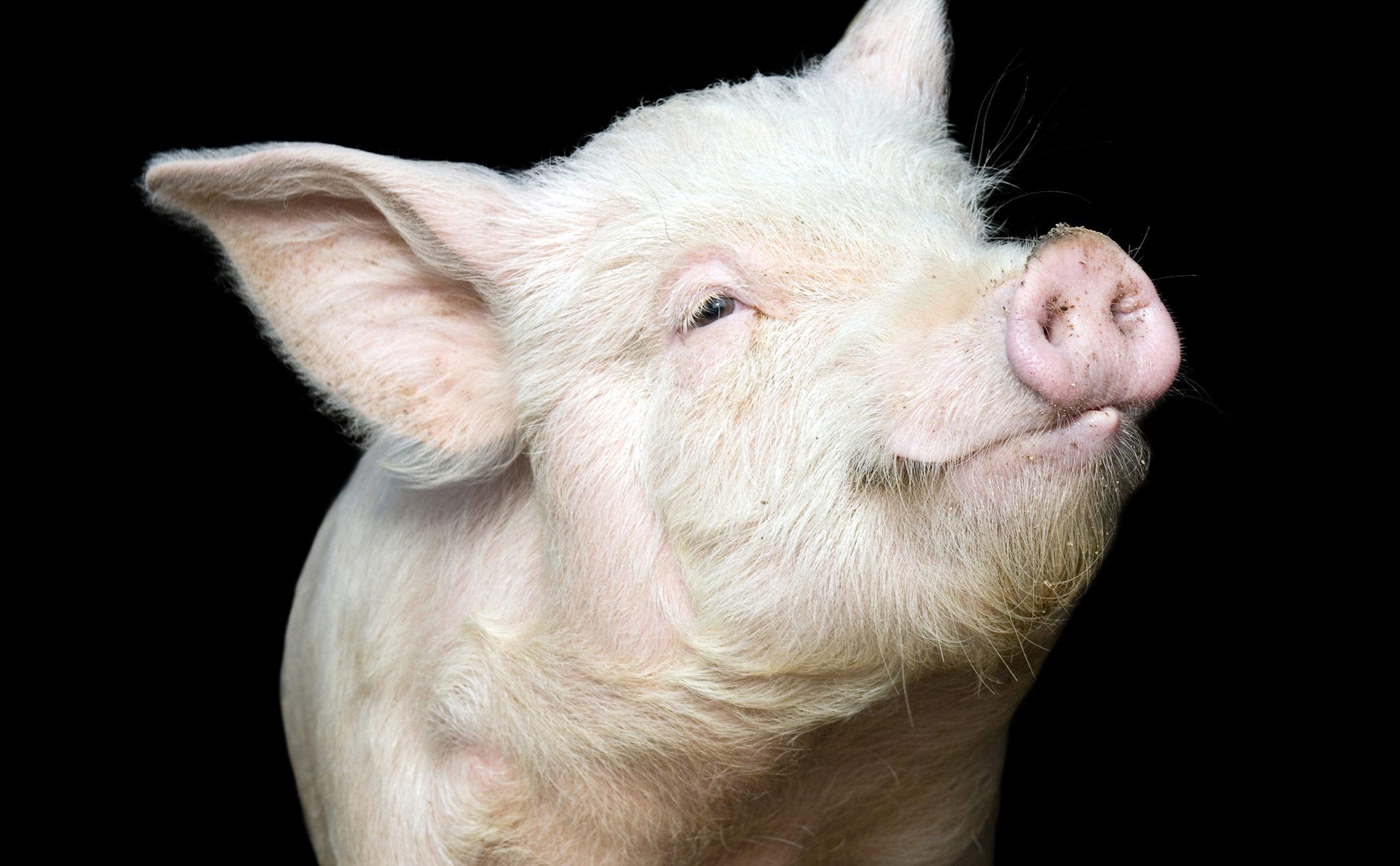
Pigs are intelligent, social animals that are often raised for their meat. They have an excellent sense of smell and can be trained like dogs. Wild pigs or boars live in forests.
- Region of Habitat: Domesticated worldwide; wild in Europe, Asia, and Africa
- Scientific Name: Sus scrofa domesticus
- Feeding Habits: Omnivorous, eats grains, vegetables, and small animals
- What Sound They Make: Oinks, grunts, and squeals
- Fun Facts
Pigs can solve puzzles and have excellent memories. They roll in mud to cool down since they don’t sweat. Despite myths, pigs are quite clean animals when given space.
10. Puma
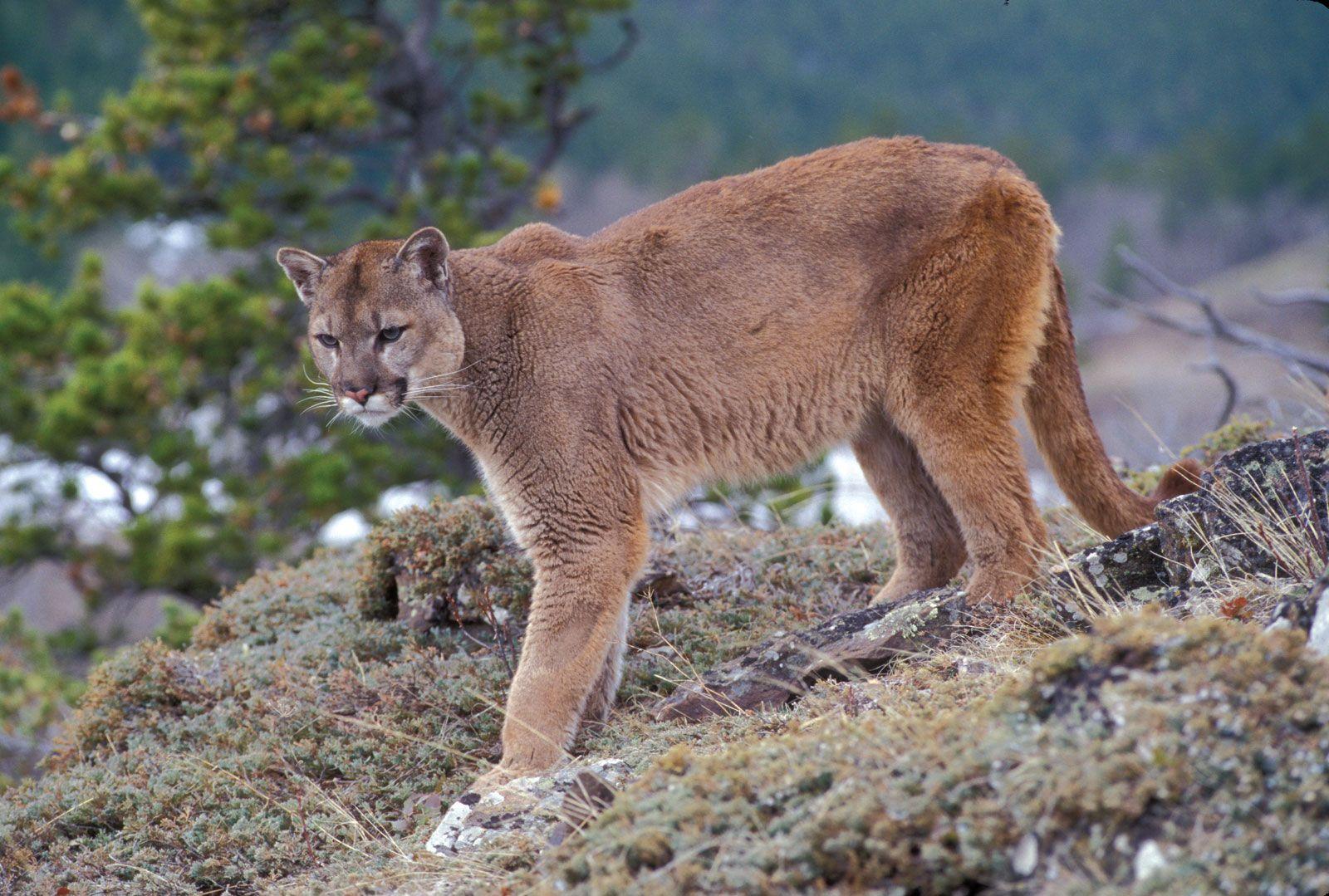
Also known as cougars or mountain lions, pumas are large, solitary cats with a wide range across the Americas. They are known for their agility and strength.
- Region of Habitat: North and South America
- Scientific Name: Puma concolor
- Feeding Habits: Carnivorous, preys on deer, elk, and smaller mammals
- What Sound They Make: Screams, growls, and hisses
- Fun Facts
Pumas can jump over 20 feet horizontally. They don’t roar like lions but can produce a piercing scream. They are highly adaptable to different environments, from forests to deserts.
Here’s the continuation of the list from #11 onward:
11. Prairie Dog
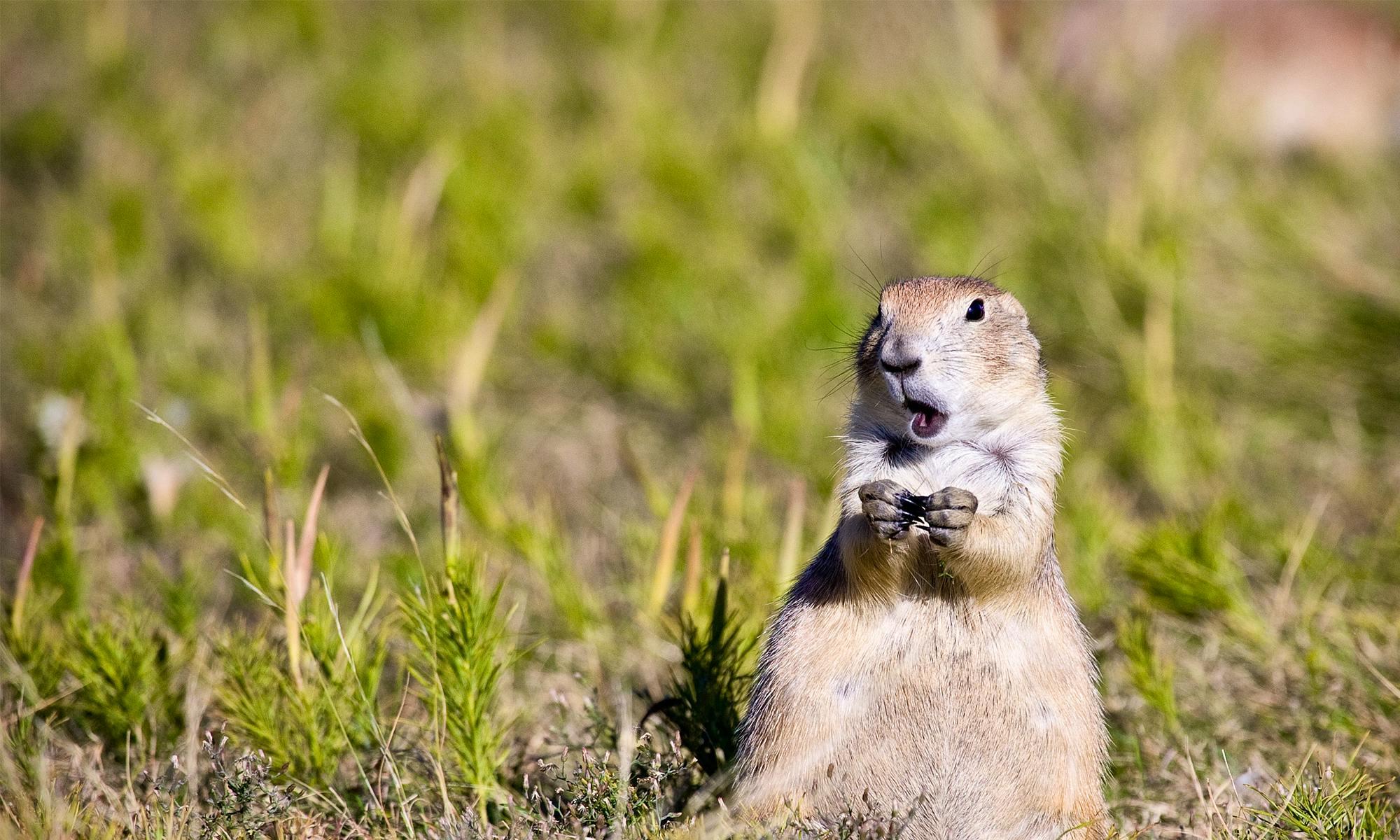
Prairie dogs are burrowing rodents known for their complex underground colonies and social behavior. They have stout bodies, short tails, and sharp claws for digging. They live in large groups called towns.
- Region of Habitat: Grasslands of North America
- Scientific Name: Cynomys spp.
- Feeding Habits: Herbivorous, eats grasses, roots, and seeds
- What Sound They Make: High-pitched barks and chirps
Fun Facts
Prairie dogs have a sophisticated language with over 100 different vocal signals. Their tunnels can be several feet deep and include special rooms for nurseries and food storage.
12. Pygmy Hippopotamus
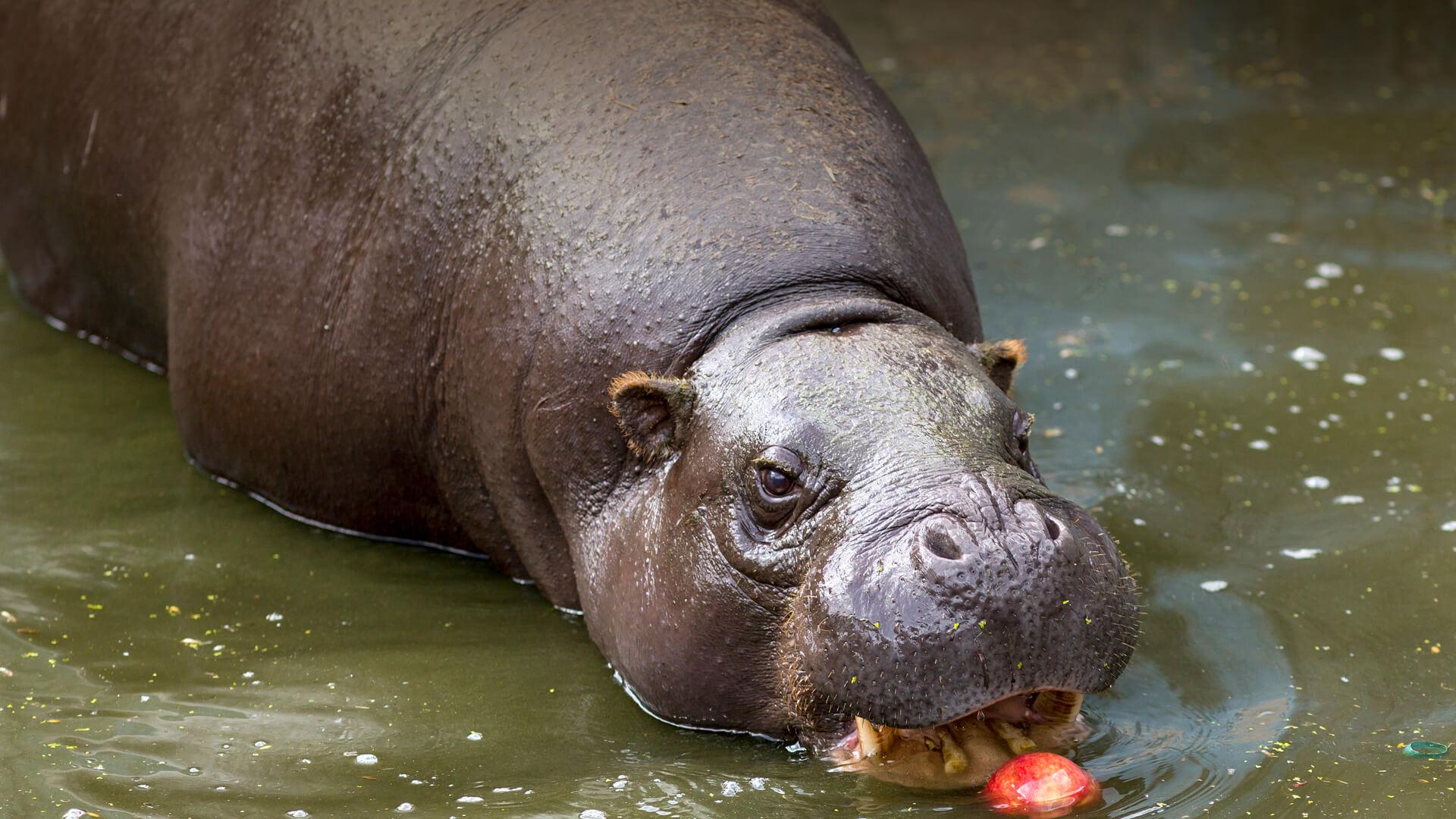
Smaller and more reclusive than its larger cousin, the pygmy hippopotamus prefers forested habitats and leads a solitary life. It has smoother skin and shorter legs, adapted for swampy terrain.
- Region of Habitat: West Africa, mainly Liberia
- Scientific Name: Choeropsis liberiensis
- Feeding Habits: Herbivorous, eats ferns, fruits, and leaves
- What Sound They Make: Low grunts and wheezes
- Fun Facts
Unlike the common hippo, pygmy hippos are more terrestrial and nocturnal. They secrete a pink fluid that acts as a natural sunscreen and skin moisturizer.
13. Pine Marten
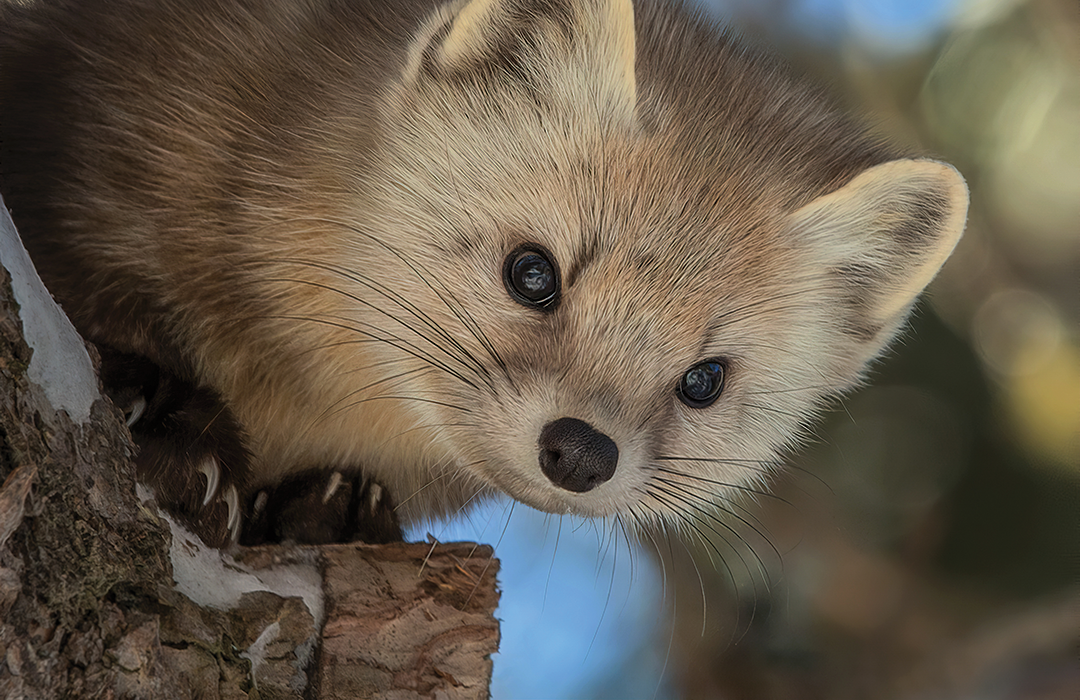
The pine marten is a tree-dwelling member of the weasel family. It has a slender body and bushy tail. It is nimble and fast and hunts both on the ground and in trees.
- Region of Habitat: Forests of Europe and parts of Asia
- Scientific Name: Martes martes
- Feeding Habits: Omnivorous; eats birds, small mammals, fruits, and insects
- What Sound They Make: Chattering and hissing
Fun Facts
Pine martens were once rare in the UK but are making a comeback. They help control invasive grey squirrels by preying on them, which benefits native red squirrels.
14. Peccary
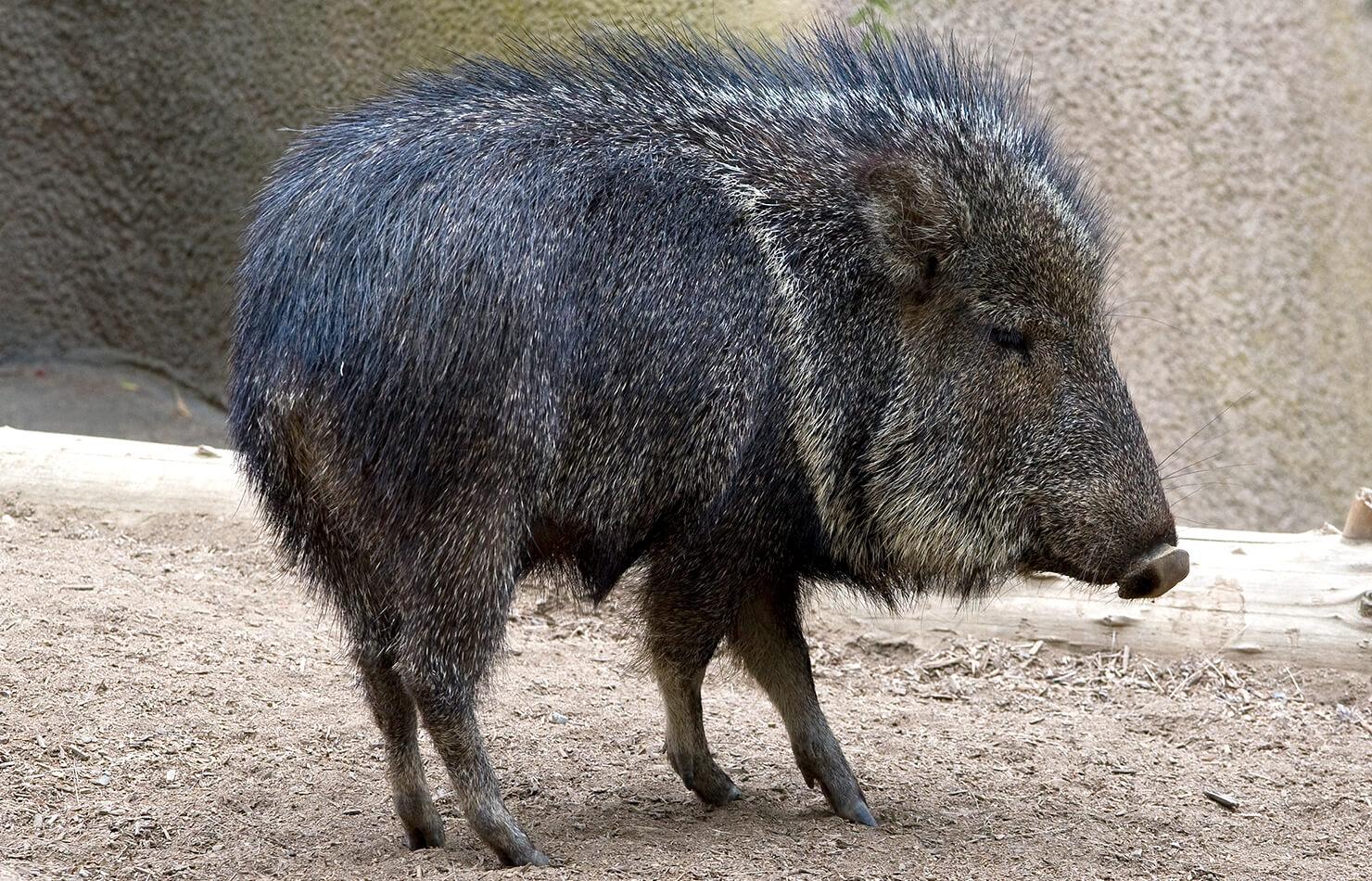
Peccaries are pig-like mammals with coarse fur and tusks. They live in groups and are known for their musk glands that release a strong odor.
- Region of Habitat: Central and South America, southern U.S.
- Scientific Name: Tayassuidae family
- Feeding Habits: Omnivorous; eats roots, fruits, insects, and small animals
- What Sound Do They Make: Snorts and growls
Fun Facts
Peccaries are excellent swimmers and use their tusks for defense. They are social animals and rub each other with scent to strengthen group bonds.
15. Pronghorn
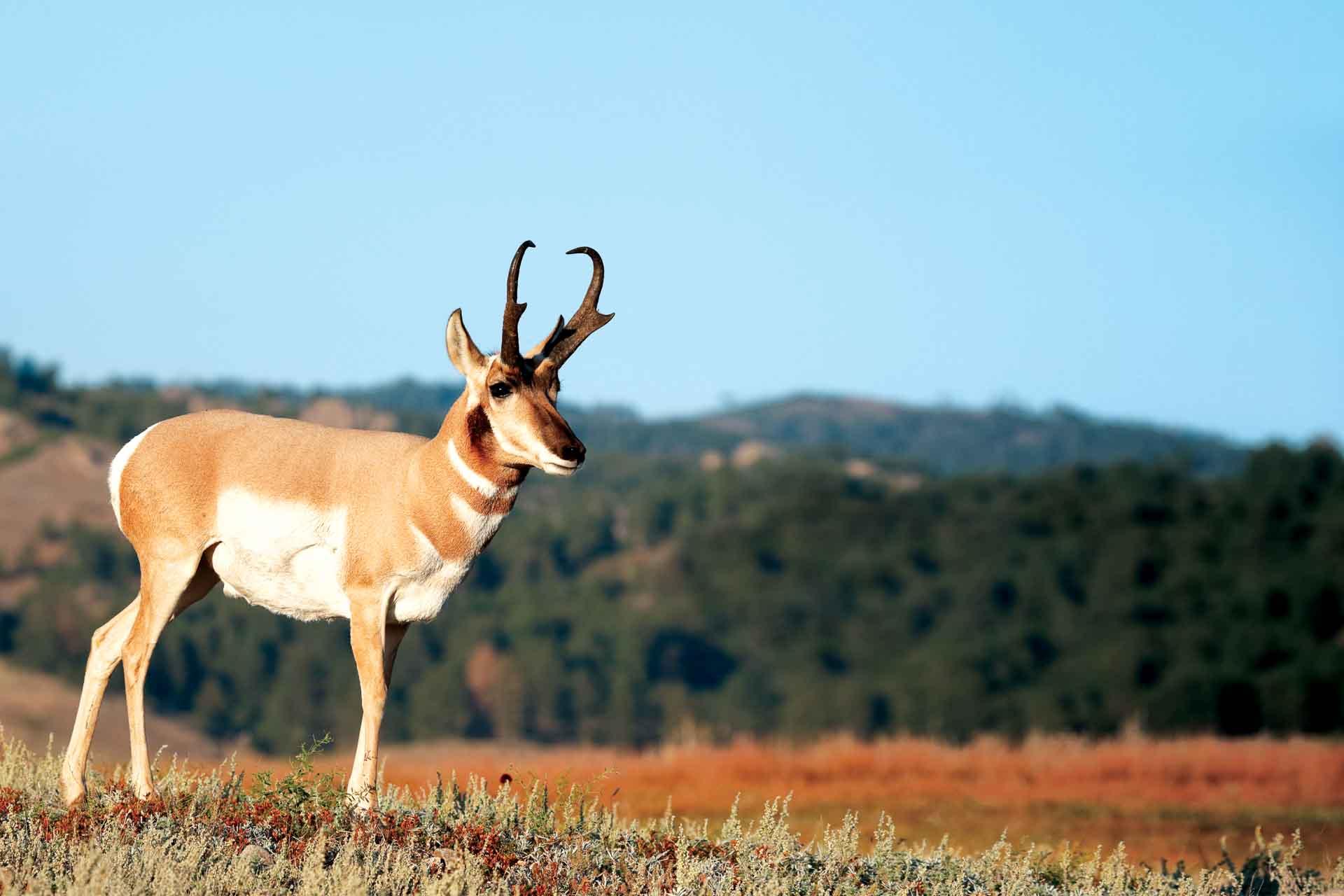
Pronghorns are swift ungulates that resemble antelopes but are native to North America. They are the second-fastest land animals after cheetahs.
- Region of Habitat: Grasslands and deserts of North America
- Scientific Name: Antilocapra americana
- Feeding Habits: Herbivorous, eats grasses, shrubs, and forbs
- What Sound They Make: Snorts and wheezing calls
Fun Facts
Pronghorns can run up to 55 mph and maintain high speeds for longer than cheetahs. Their horns are shed annually, unlike true antelopes.
16. Proboscis Monkey
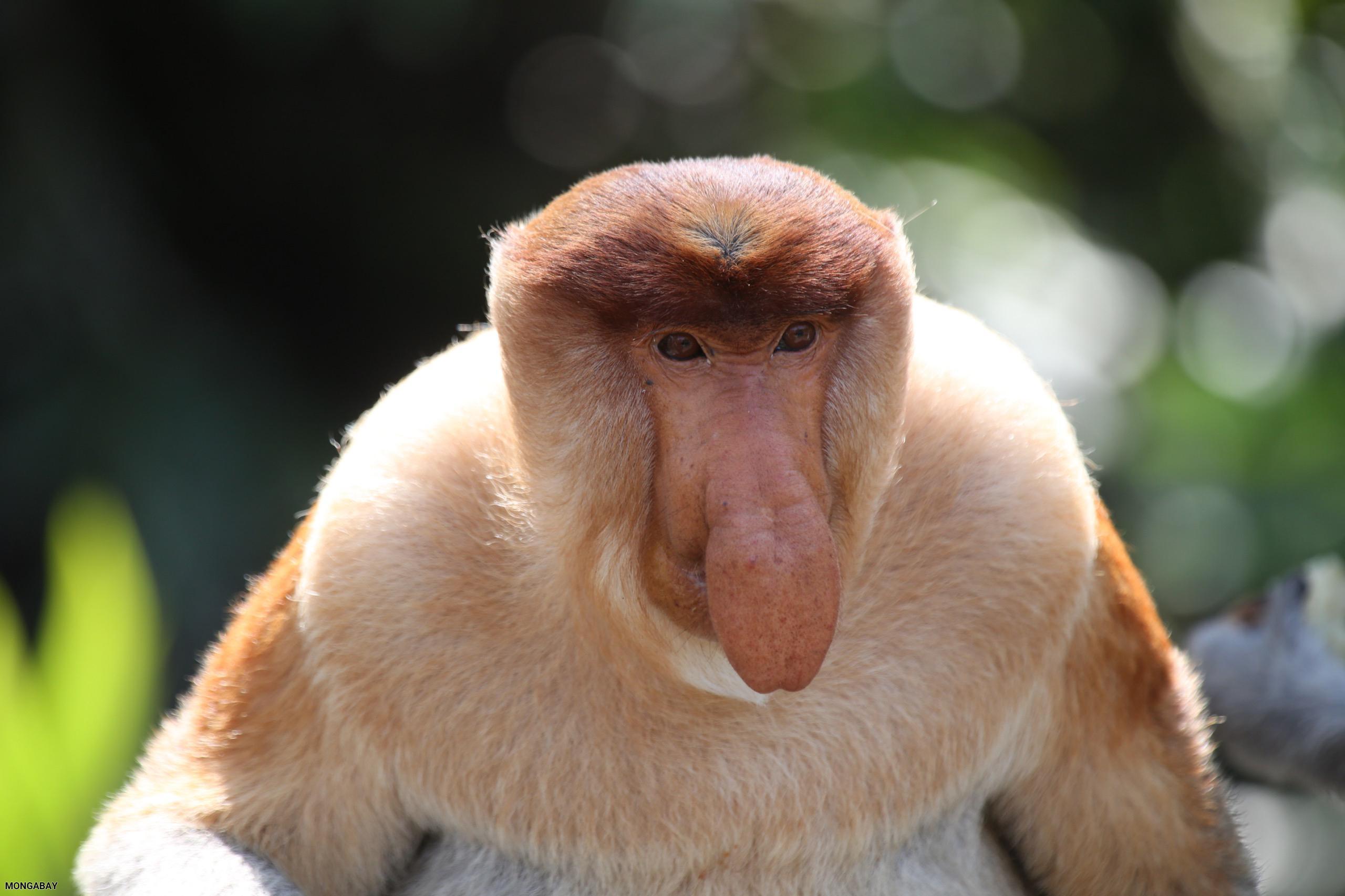
This monkey is instantly recognizable for its long, bulbous nose and large belly. Males use their noses to attract mates. They are strong swimmers.
- Region of Habitat: Borneo, Southeast Asia
- Scientific Name: Nasalis larvatus
- Feeding Habits: Herbivorous, eats leaves, fruits, and seeds
- What Sound They Make: Honking, roaring, and belching noises
Fun Facts
Proboscis monkeys have webbed feet and can swim long distances. Their large noses help amplify vocalizations and may act as a resonating chamber.
17. Przewalski’s Horse
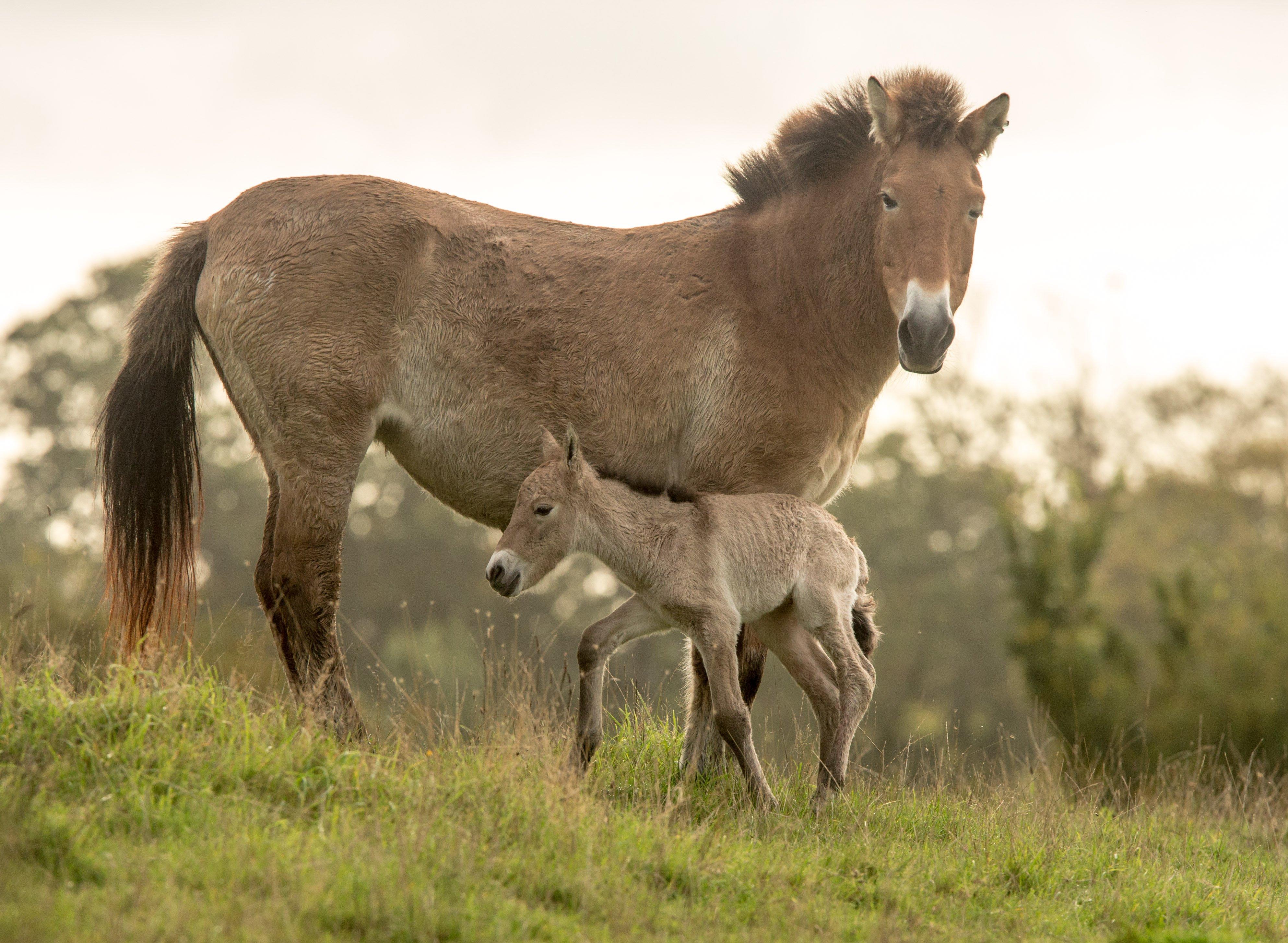
This rare wild horse species is stockier and more muscular than domestic horses. Once extinct in the wild, it’s now reintroduced in its native habitat.
- Region of Habitat: Mongolia and northern China
- Scientific Name: Equus ferus przewalskii
- Feeding Habits: Herbivorous, eats grasses and shrubs
- What Sound They Make: Whinnies, neighs, and snorts
Fun Facts
Przewalski’s horse is the only truly wild horse species. All modern individuals descend from just a few zoo animals in the 20th century, making it a conservation success.
18. Potoroo
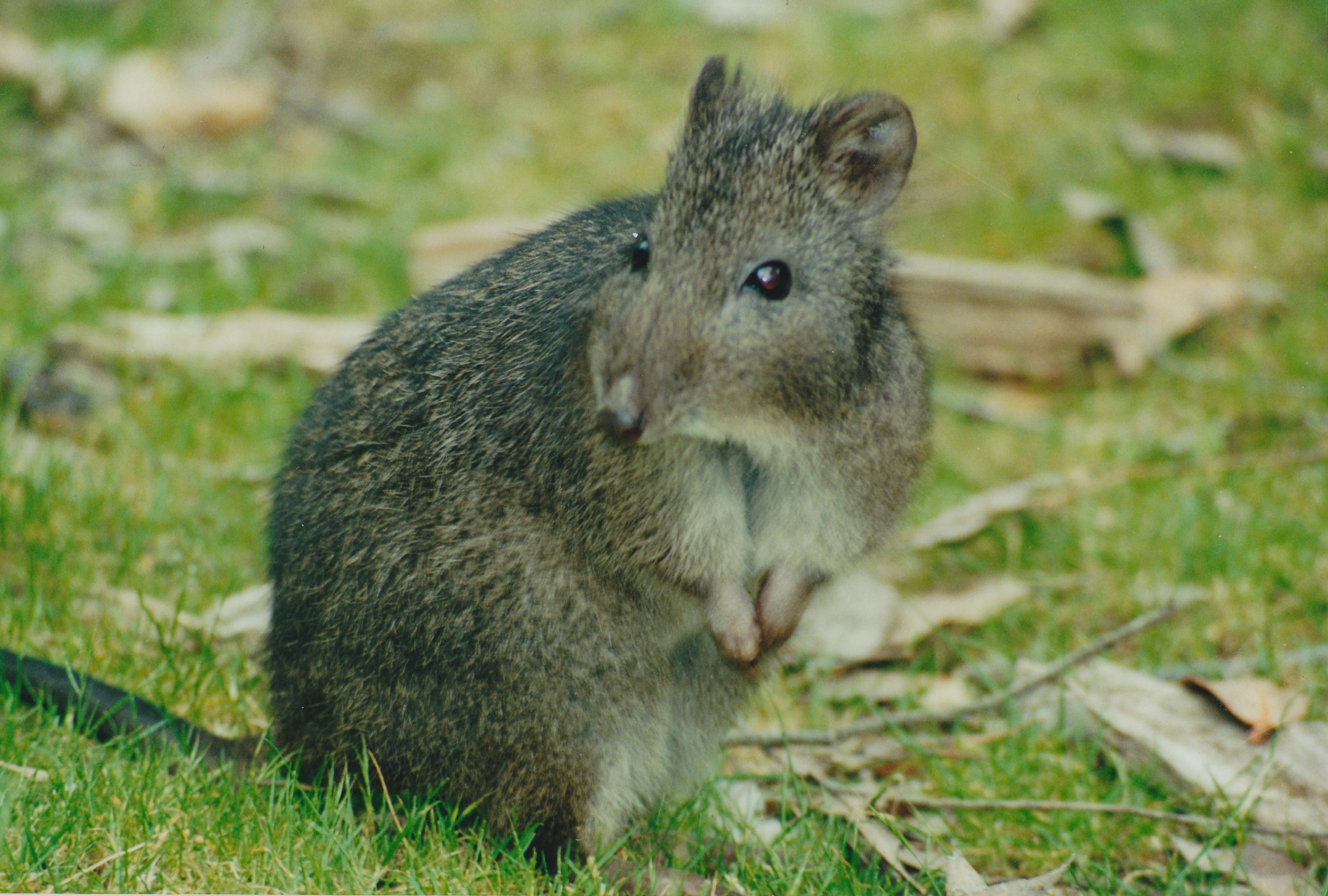
Potoroos are small marsupials similar to kangaroos but much smaller. They have long hind legs and are skilled diggers.
- Region of Habitat: Southeastern Australia and Tasmania
- Scientific Name: Potorous spp.
- Feeding Habits: Omnivorous, eats fungi, roots, and insects
- What Sound They Make: Low grunts and squeaks
Fun Facts
Potoroos play a vital role in forest health by spreading fungal spores. They are shy and mostly nocturnal, using their noses to sniff out underground food.
Continuing with the structured list from #19 onward:
19. Pudu
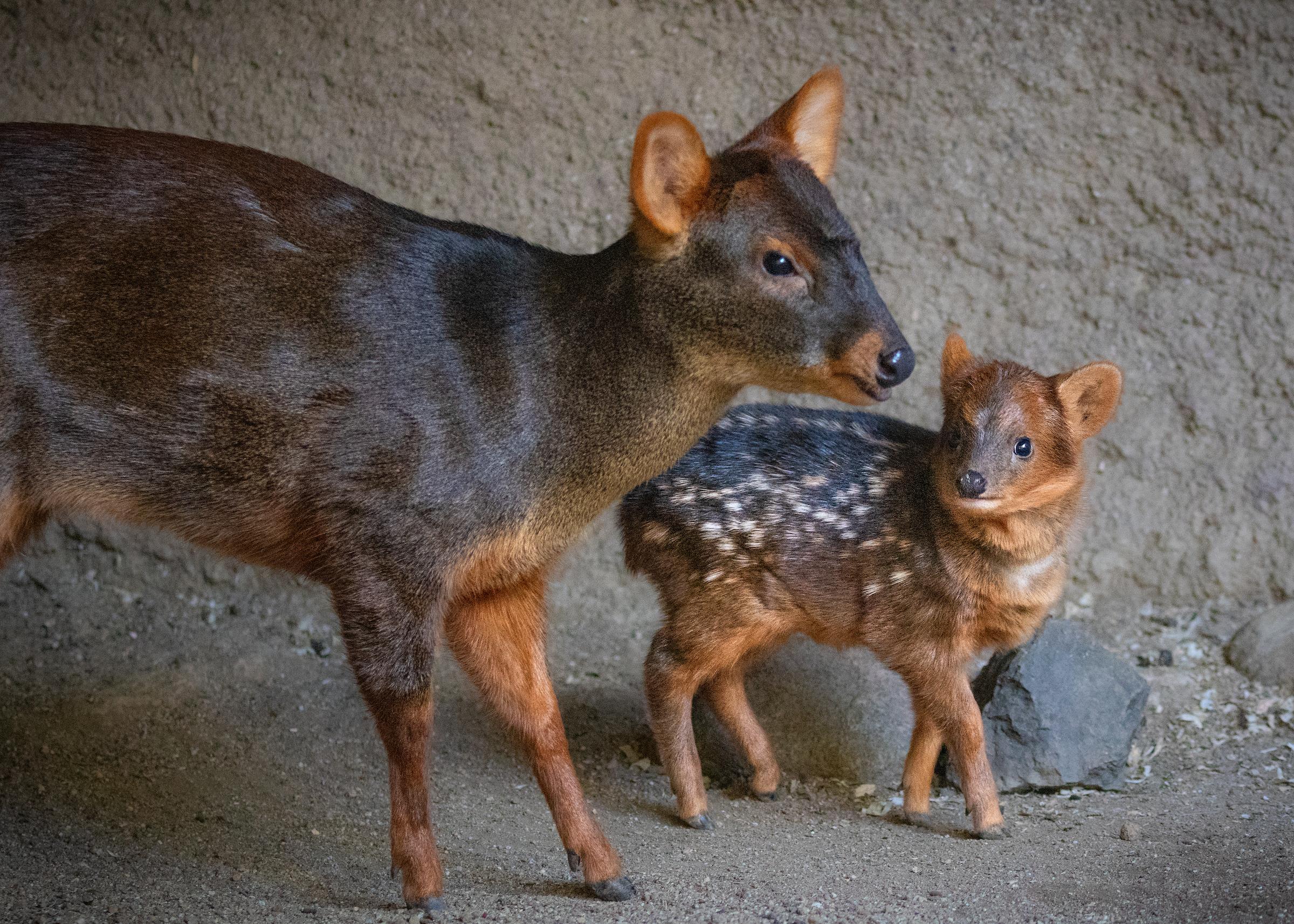
The pudu is the world’s smallest deer, standing only about 12–17 inches tall at the shoulder. It has a compact body, short legs, and tiny antlers in males.
- Region of Habitat: Temperate forests of South America, mainly Chile and Argentina
- Scientific Name: Pudu puda (Southern pudu), Pudu mephistophiles (Northern pudu)
- Feeding Habits: Herbivorous, eats leaves, fruits, and bark
- What Sound They Make: Soft bleats or whistles
Fun Facts
Despite their size, pudus are excellent climbers and jumpers. They use narrow forest trails to escape predators and freeze in place when threatened to avoid detection.
20. Planigale
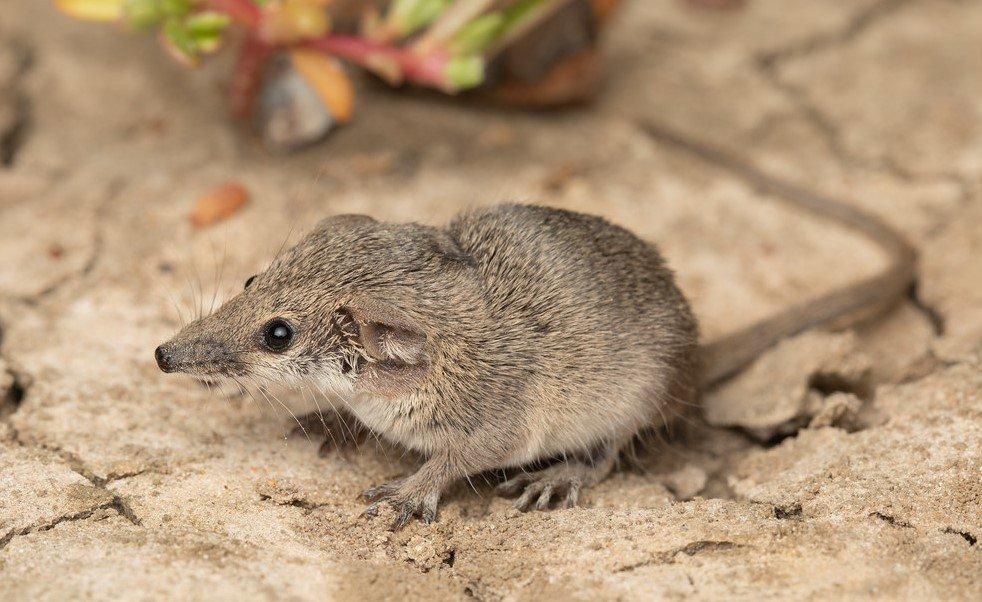
Planigales are among the smallest marsupials in the world. They have flat heads and long tails, are nocturnal, and have a high metabolism.
- Region of Habitat: Australia, particularly arid and grassland regions
- Scientific Name: Planigale spp.
- Feeding Habits: Carnivorous, eats insects and small vertebrates
- What Sound They Make: Very faint squeaks
Fun Facts
Some planigales are smaller than a paper clip and weigh less than a teaspoon of sugar. Due to their fast metabolism, they can consume their body weight in food each night.
21. Pika
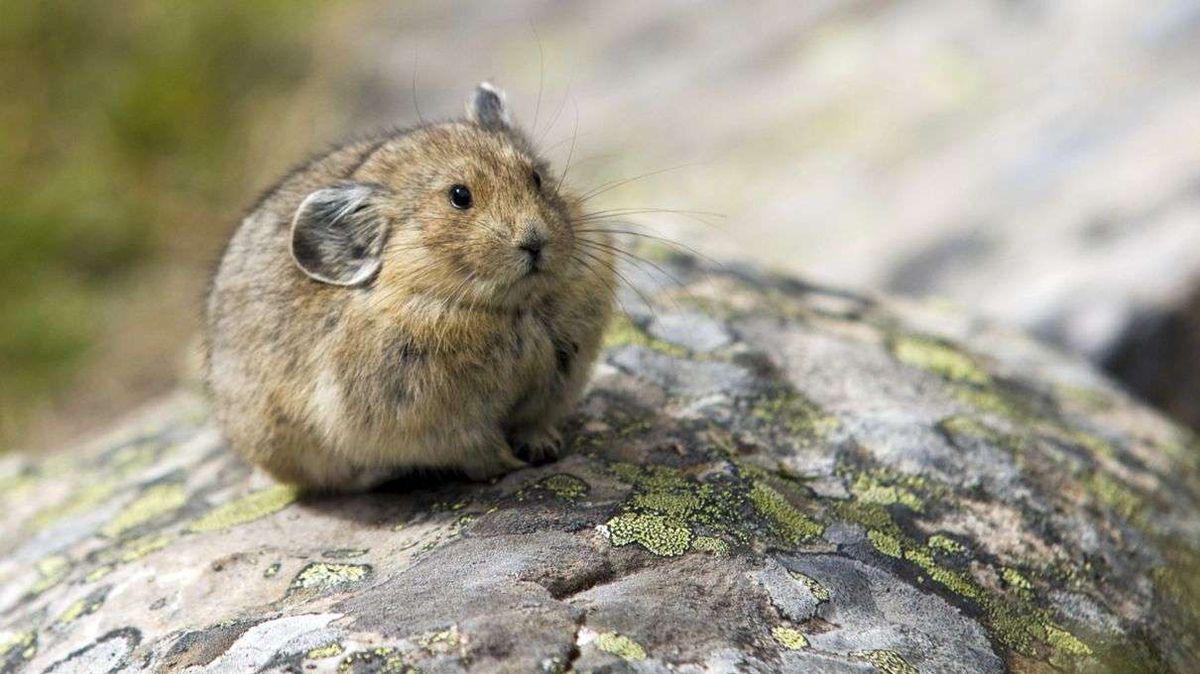
Pikas are small, round mammals related to rabbits. They have short limbs and no visible tail. They live in rocky mountain areas and are active during the day.
- Region of Habitat: Mountains of North America and Asia
- Scientific Name: Ochotona spp.
- Feeding Habits: Herbivorous, eats grasses, herbs, and flowers
- What Sound They Make: High-pitched squeaks or chirps
Fun Facts
Pikas gather and dry vegetation in the summer to create “hay piles” for winter. They’re sensitive to heat and considered early indicators of climate change’s impact in alpine environments.
22. Pocket Gopher
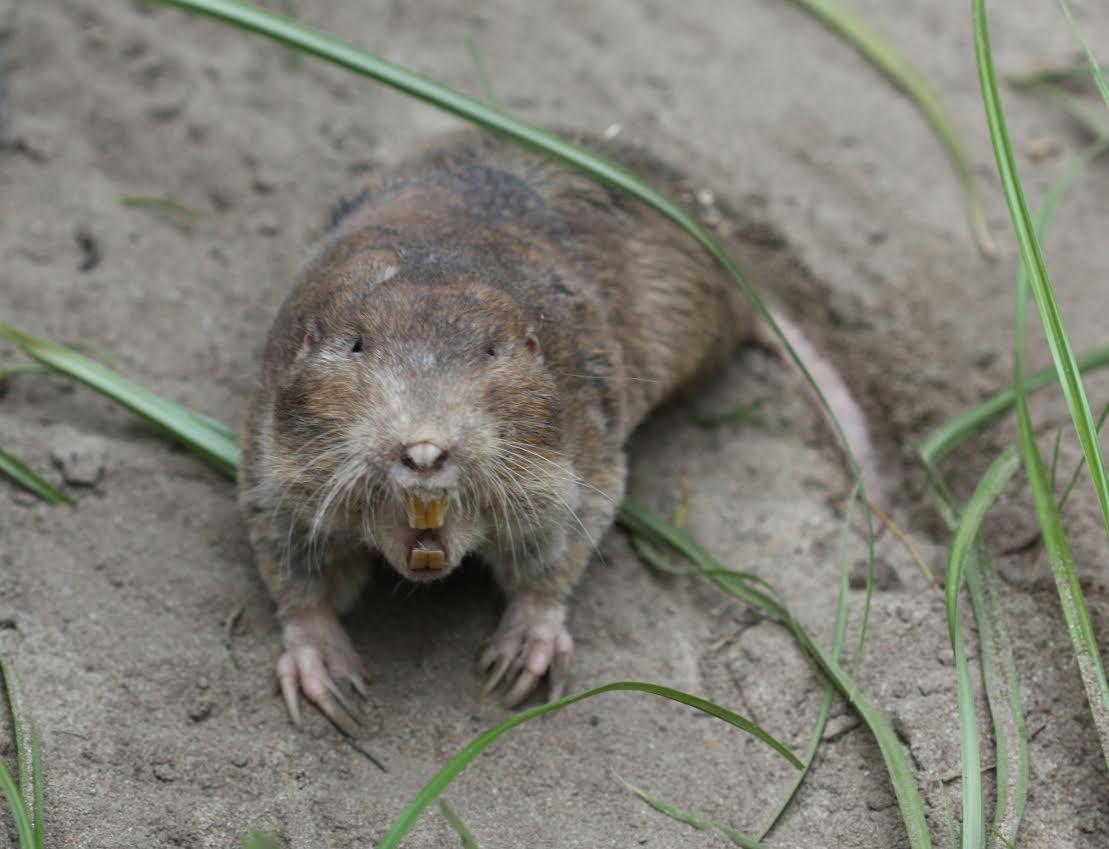
Pocket gophers are burrowing rodents with fur-lined cheek pouches used to carry food. They have strong claws and teeth for digging and live mostly underground.
- Region of Habitat: North and Central America
- Scientific Name: Geomyidae family
- Feeding Habits: Herbivorous, eats roots, tubers, and stems
- What Sound They Make: Low squeaks and soft rustling noises
Fun Facts
A single pocket gopher can move over a ton of soil when digging tunnels. Their complex burrow systems help aerate the soil and benefit plant life.
23. Polecat
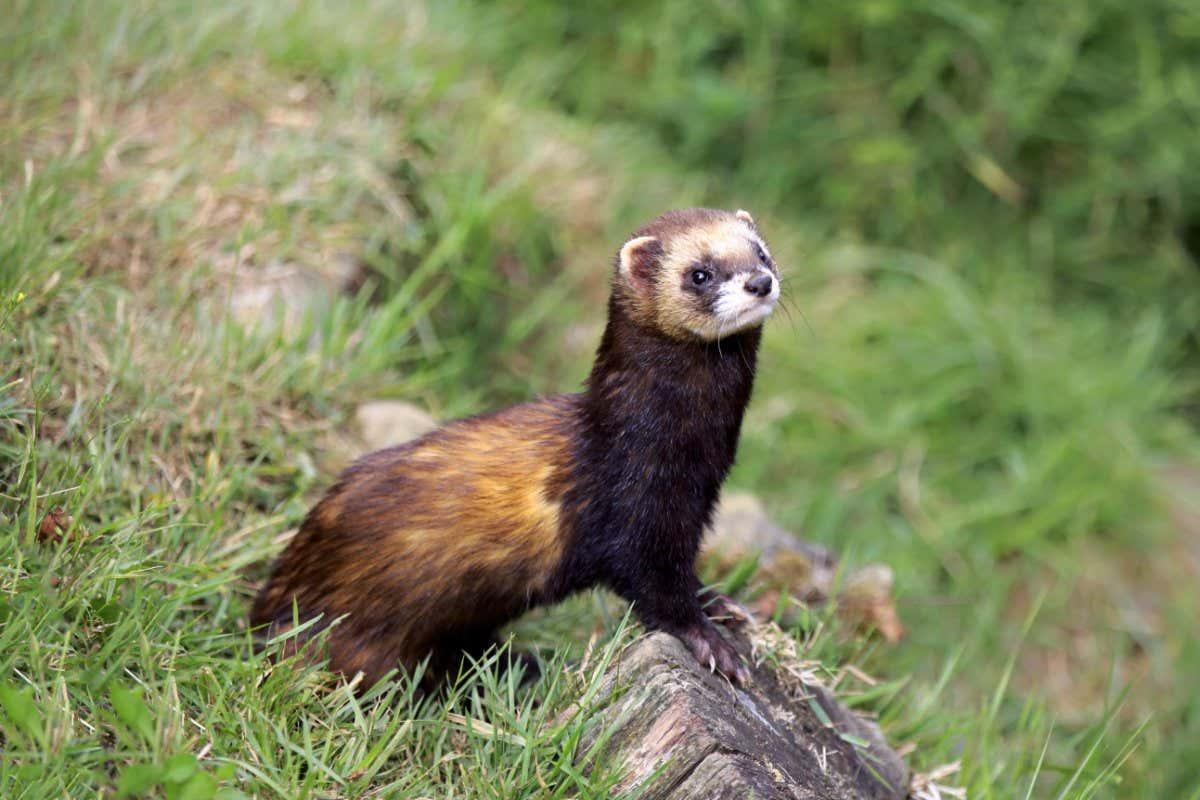
Polecats are slender, nocturnal mammals with musky scent glands. They are agile hunters and have fur patterns that resemble ferrets.
- Region of Habitat: Europe, western Asia, and North Africa
- Scientific Name: Mustela putorius
- Feeding Habits: Carnivorous, eats rodents, birds, amphibians, and insects
- What Sound They Make: Growls, hisses, and screeches
Fun Facts
European polecats are the ancestors of domestic ferrets. When threatened, they emit a foul-smelling secretion similar to that of skunks to deter predators.
24. Palm Civet
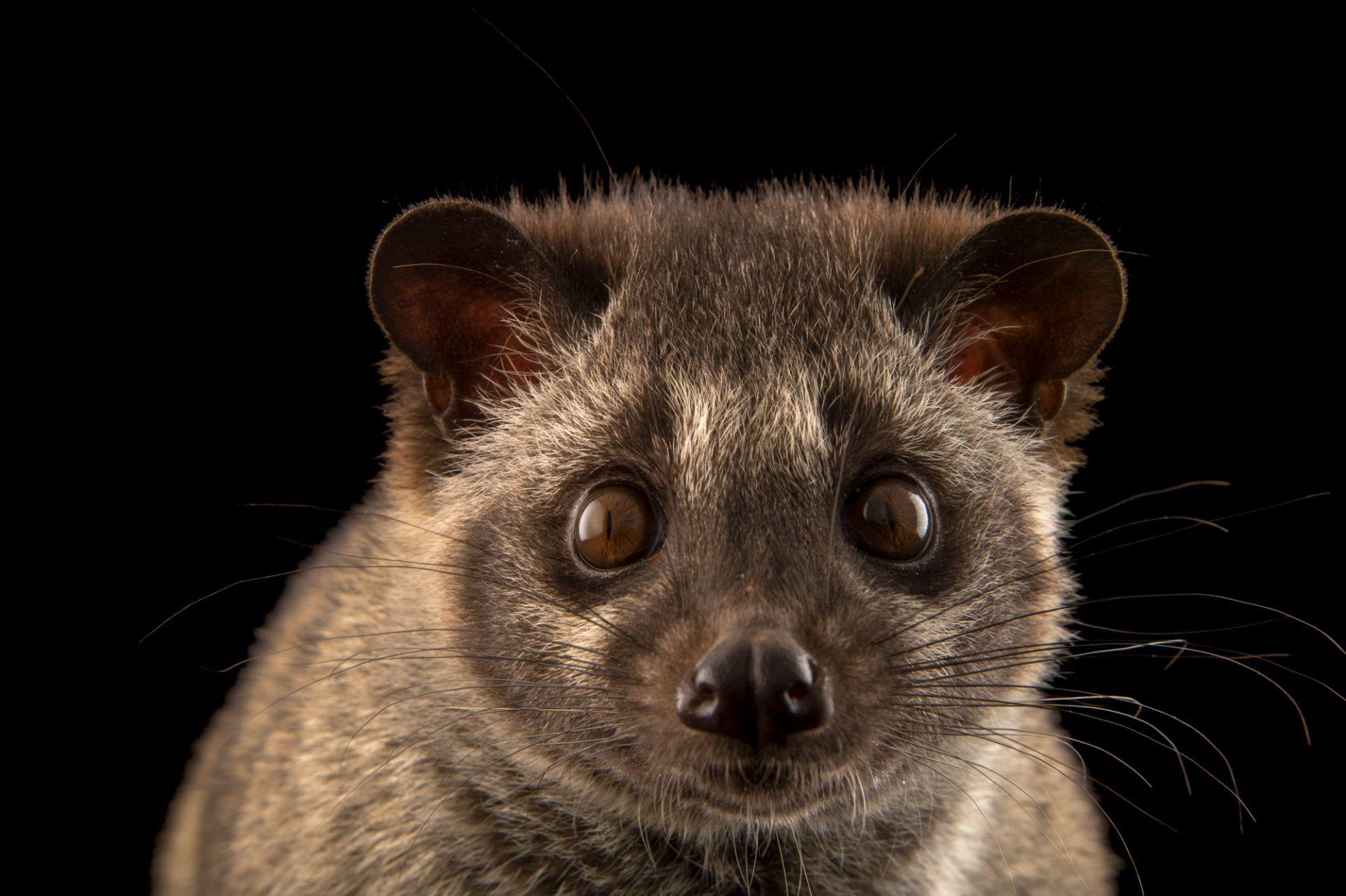
Palm civets are cat-like mammals with pointed faces and long tails. They are nocturnal and arboreal, often found in tropical forests.
- Region of Habitat: Southeast Asia and parts of India
- Scientific Name: Paradoxurus hermaphroditus
- Feeding Habits: Omnivorous, eats fruits, insects, and small vertebrates
- What Sound They Make: Hissing, growling, and mewing
Fun Facts
Palm civets are known for producing kopi luwak, a rare coffee made from beans excreted by the animal. They play a role in seed dispersal and maintaining forest biodiversity.
25. Pygmy Shrew
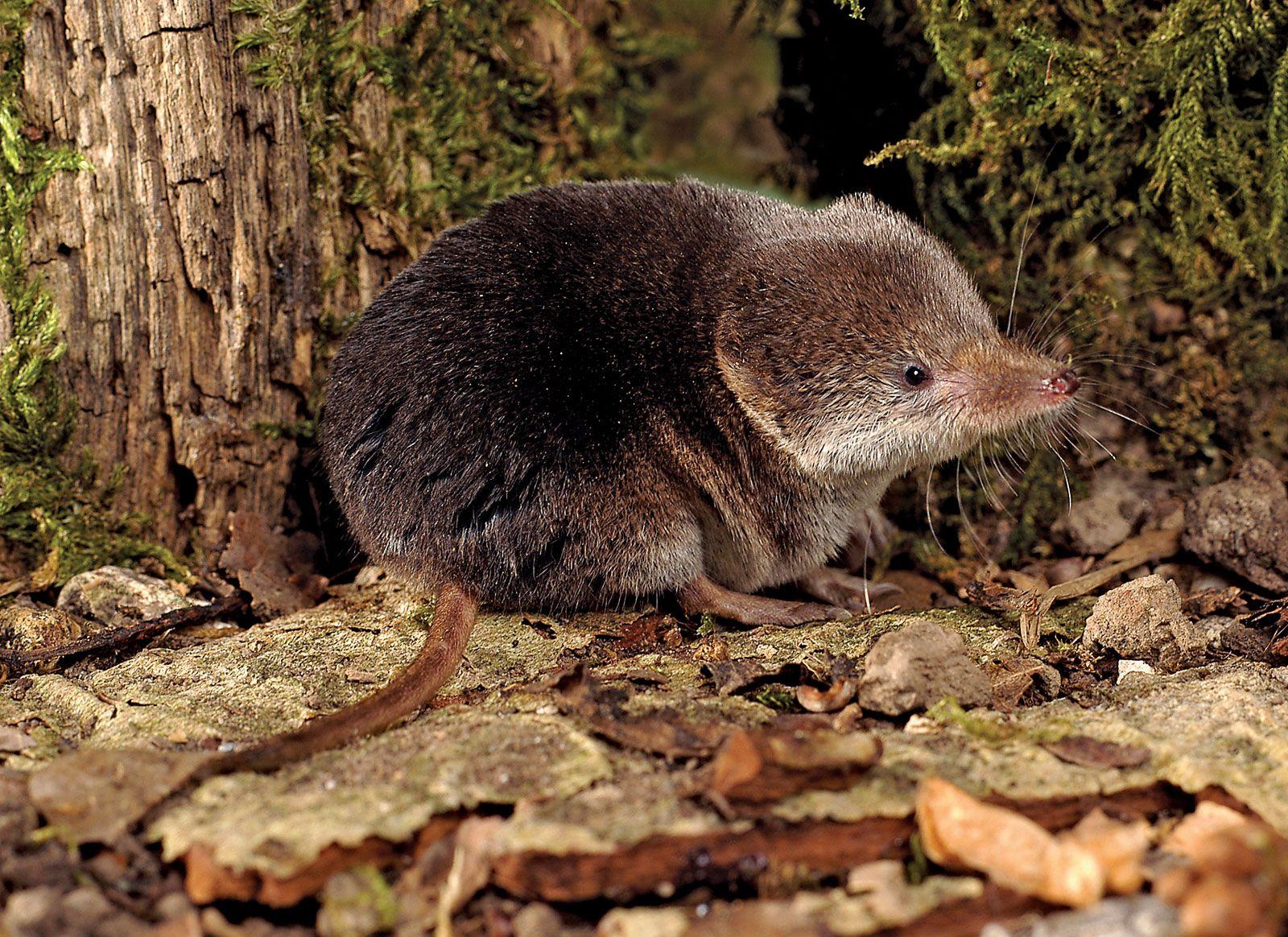
The pygmy shrew is one of the smallest mammals, with a pointed snout and short fur. Despite its size, it has a very high metabolic rate.
- Region of Habitat: Europe, including the UK and Ireland
- Scientific Name: Sorex minutus
- Feeding Habits: Insectivorous; eats spiders, insects, and larvae
- What Sound They Make: High-pitched squeaks
Fun Facts
Pygmy shrews must eat every 2–3 hours to survive. Their heartbeat can reach up to 1,200 beats per minute, and they rarely live longer than a year.
26. Potto
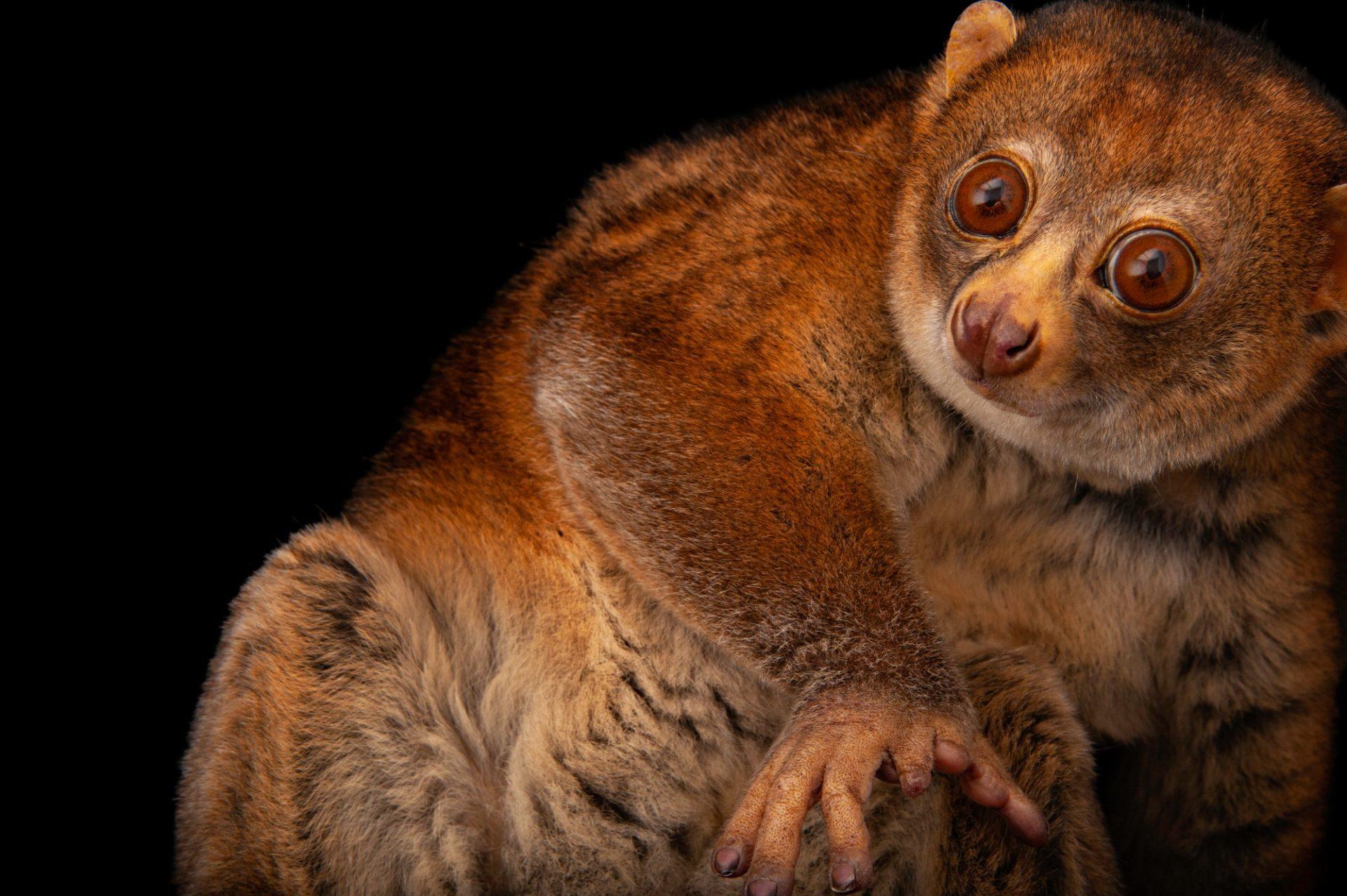
The potto is a slow-moving primate with large eyes and a strong grip. It is nocturnal and has a specialized spine to defend against predators.
- Region of Habitat: Central Africa’s tropical forests
- Scientific Name: Perodicticus potto
- Feeding Habits: Omnivorous, eats fruits, insects, and small animals
- What Sound They Make: Clicking, hissing, and grunting
Fun Facts
Pottos have a bony spine projection in their neck that acts as a weapon. They move slowly and silently, making them hard to detect in dense forests.
27. Pademelon
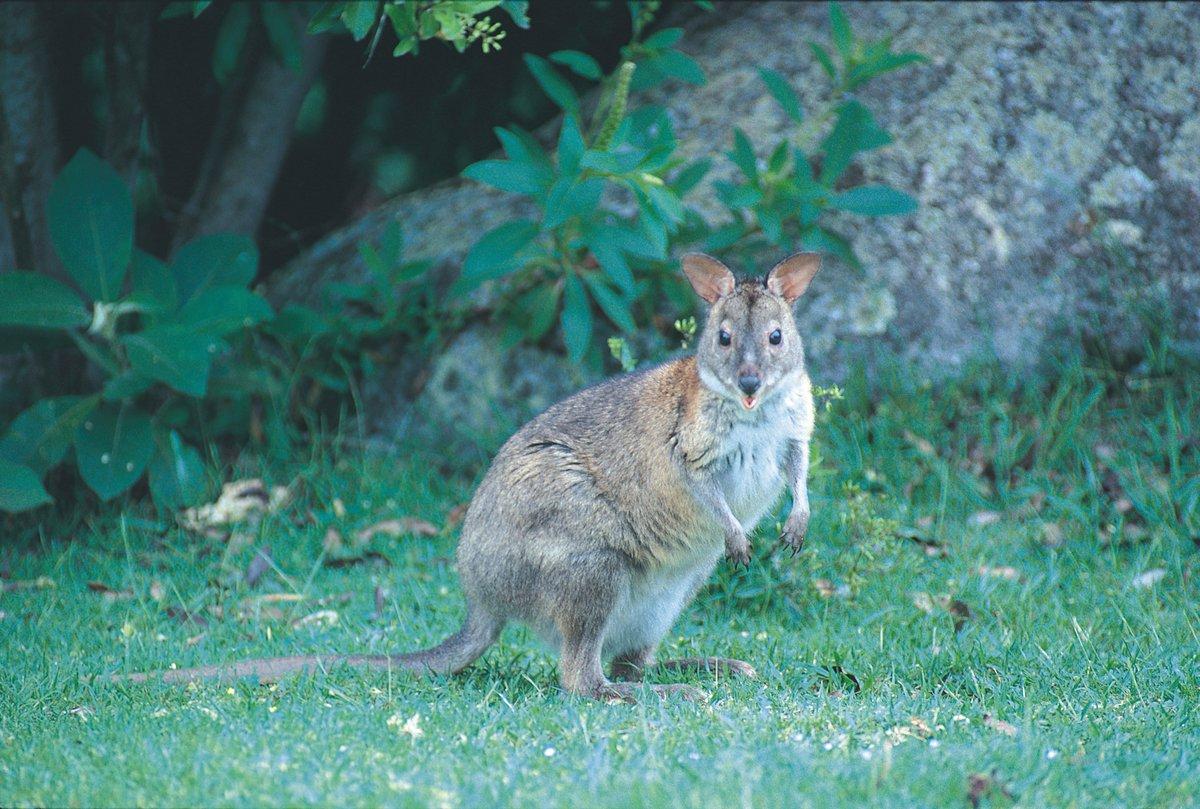
Pademelons are small marsupials similar to wallabies but more compact. They have rounded ears and short, thick tails and are shy by nature.
- Region of Habitat: Australia and Tasmania
- Scientific Name: Thylogale spp.
- Feeding Habits: Herbivorous, eats grasses and leaves
- What Sound They Make: Thumping and soft grunts
Fun Facts
Pademelons are rarely seen in the wild due to their shy, crepuscular behavior. They are vital for forest regeneration as they help spread seeds through their droppings.
Here’s the final part of the list, from #28 to #33:
28. Pampas Cat
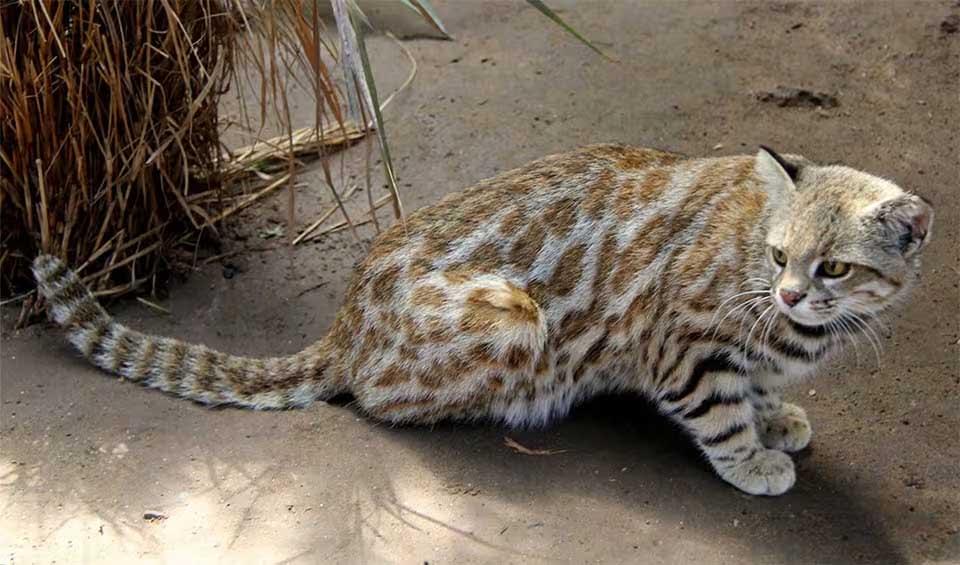
The pampas cat is a small wild feline with a thick coat that varies in color and pattern. It is elusive and adapted to open grassland environments.
- Region of Habitat: South American grasslands, especially Argentina and Bolivia
- Scientific Name: Leopardus colocola
- Feeding Habits: Carnivorous, eats rodents, birds, and reptiles
- What Sound They Make: Hisses, growls, and meows
Fun Facts
Despite its name, the pampas cat is rarely seen in the Pampas. It is one of the least understood wild cats due to its secretive lifestyle and overlapping appearance with other species.
29. Phascogale
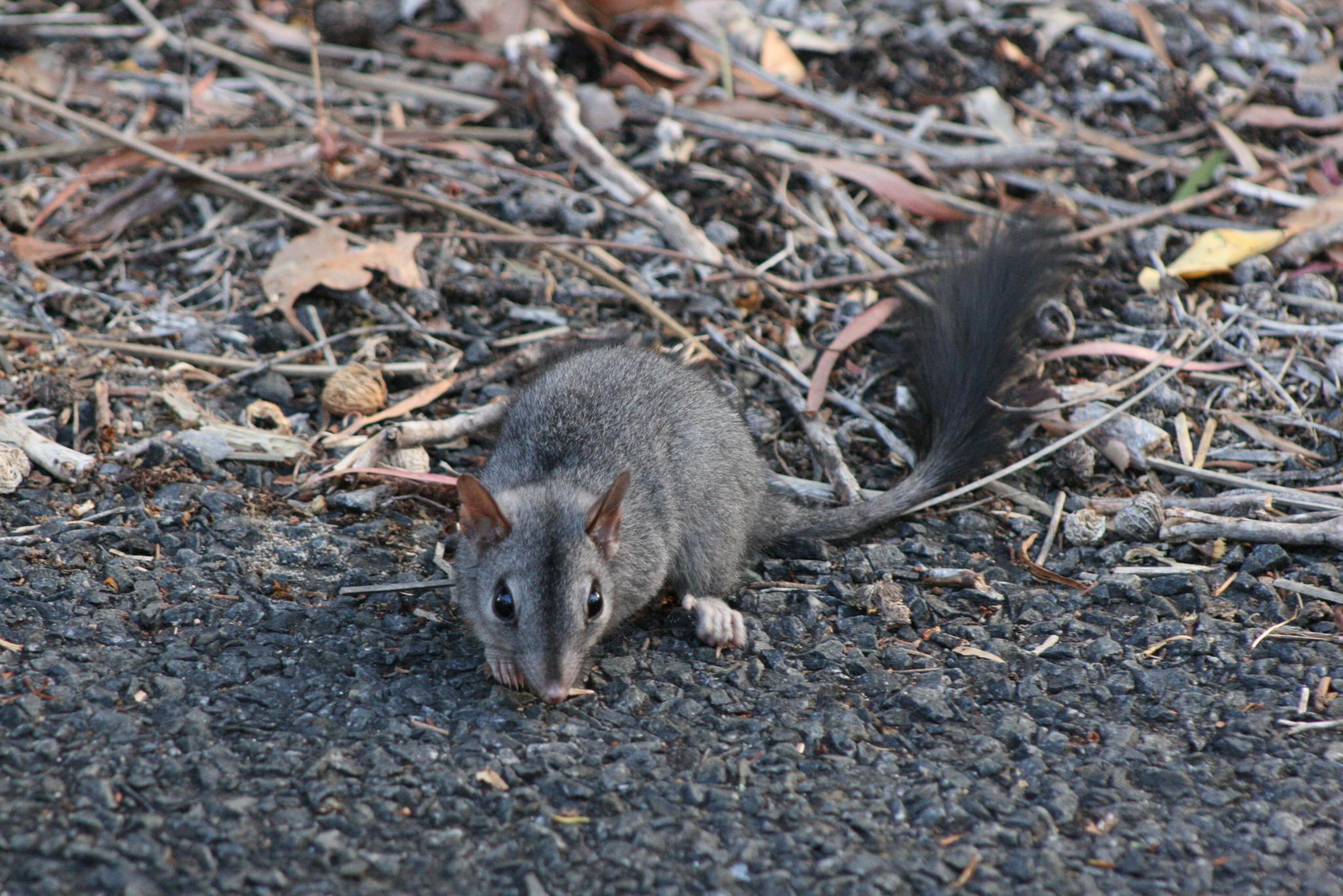
Phascogales are small, carnivorous marsupials with bushy tails and pointed snouts. They are excellent climbers and spend much of their time in trees.
- Region of Habitat: Australia
- Scientific Name: Phascogale spp.
- Feeding Habits: Insectivorous, eats insects, spiders, and small vertebrates
- What Sound They Make: Squeaks and Chatters
Fun Facts
Male phascogales die shortly after their first mating season due to extreme stress and exhaustion. This phenomenon, known as semelparity, is rare among mammals.
30. Patas Monkey
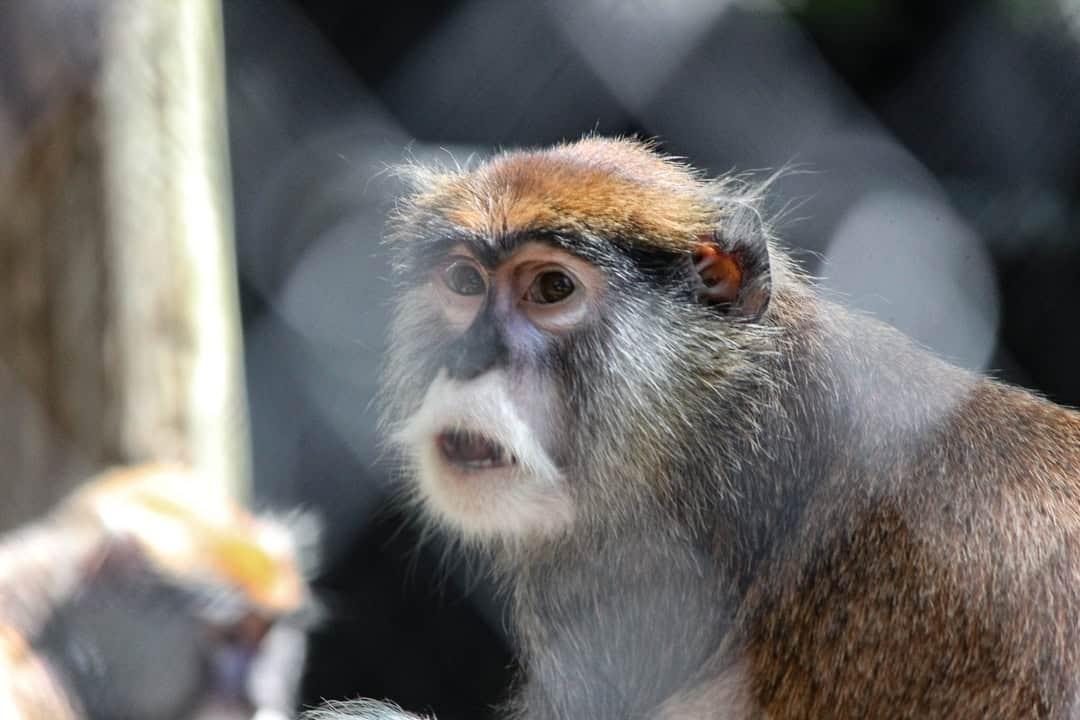
Patas monkeys are ground-dwelling primates known for their incredible speed, often called the fastest runners among primates. They have long limbs and reddish-brown fur.
- Region of Habitat: Savannahs of West and Central Africa
- Scientific Name: Erythrocebus patas
- Feeding Habits: Omnivorous; eats fruits, insects, and seeds
- What Sound They Make: Grunts, chatters, and alarm calls
Fun Facts
Patas monkeys can run up to 35 mph, helping them escape predators in open habitats. They live in groups with a single dominant male and many females.
31. Pichiciego (Pink Fairy Armadillo)
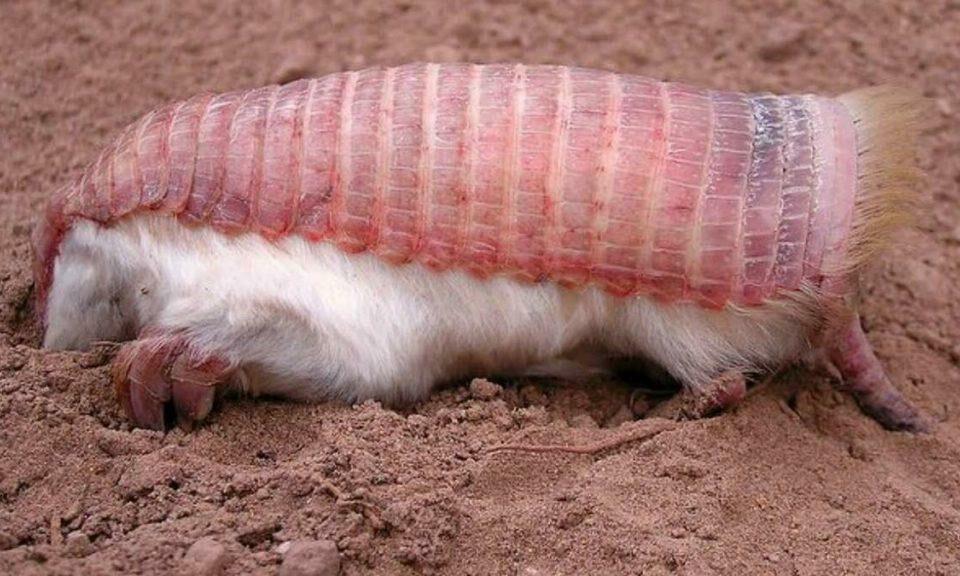
The pichiciego is the smallest and rarest armadillo. It has a soft pink shell and a fuzzy white underside. It burrows in sandy plains and is nocturnal.
- Region of Habitat: Central Argentina
- Scientific Name: Chlamyphorus truncatus
- Feeding Habits: Insectivorous; eats ants, larvae, and plant matter
- What Sound They Make: Very faint rustling and squeaks
Fun Facts
The pink fairy armadillo can “swim” through soil using its claws and flexible shell. Its shell is partially detached from the body, helping regulate body temperature.
32. Pacarana
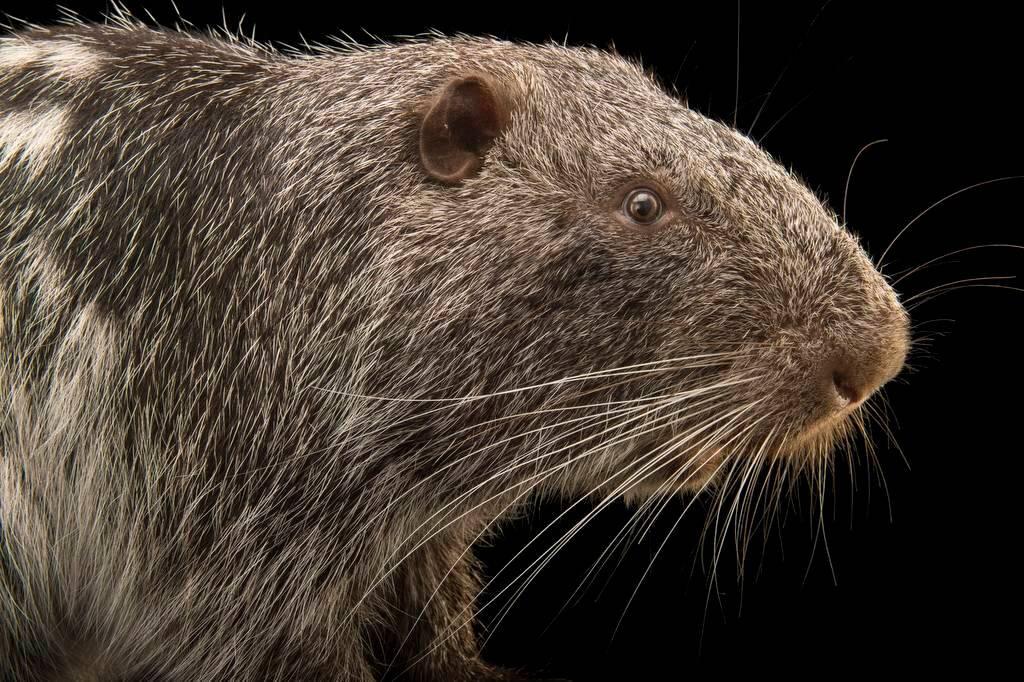
The pacarana is a large, slow-moving rodent with a chunky body and strong claws. It is nocturnal and lives in burrows dug near rocky areas.
- Region of Habitat: Western South America, especially the Andes
- Scientific Name: Dinomys branickii
- Feeding Habits: Herbivorous, eats fruits, leaves, and stems
- What Sound They Make: Low squeaks and rumbling sounds
Fun Facts
Pacaranas are considered a “living fossil” and are the only surviving members of their rodent family. They were once thought to be extinct until rediscovered in the 20th century.
33. Pygmy Sperm Whale
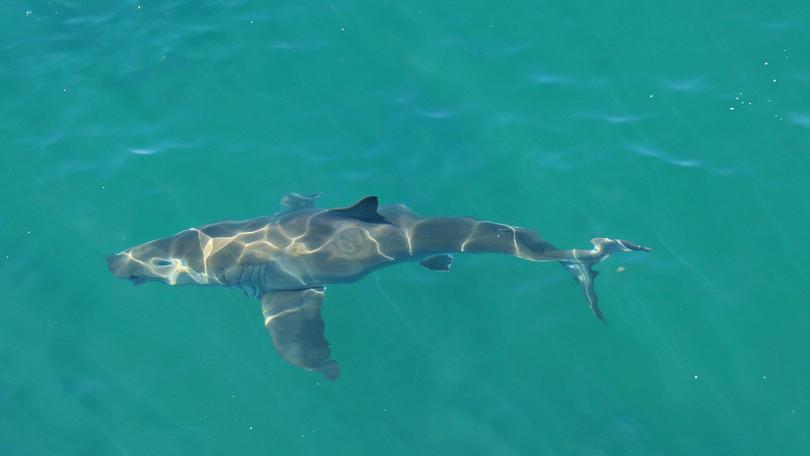
The pygmy sperm whale is a small, elusive whale with a blunt head and a shark-like body. It usually remains deep underwater and is rarely seen at the surface.
- Region of Habitat: Deep oceans worldwide, especially tropical and temperate waters
- Scientific Name: Kogia breviceps
- Feeding Habits: Carnivorous, eats squid, fish, and crustaceans
- What Sound They Make: Clicks and low-frequency pulses
Fun Facts
Pygmy sperm whales eject a cloud of reddish-brown fluid from an intestinal sac to confuse predators—similar to how squids use ink. They’re one of the least-known cetaceans due to their secretive nature.
Final Words
Looking through the extraordinary catalog of mammals that start with “P,” nature reveals its magnificent diversity!
From the stealthy panther to the egg-laying platypus, these creatures showcase remarkable adaptations across varied habitats worldwide.
Each animal brings something unique—the panda’s specialized bamboo diet, the porcupine’s defensive quills, or the pink fairy armadillo’s soil-swimming ability.
The guide takes readers on a trip through forests, oceans, mountains, and deserts, highlighting rare species like Przewalski’s horse and common ones like pigs.
These mammals show nature’s infinite creativity in solving survival challenges through specialized traits and behaviors.
If you’re interested in more informative animal and wildlife content, feel free to click here and explore other blogs that you might enjoy!

